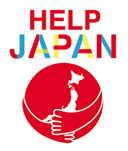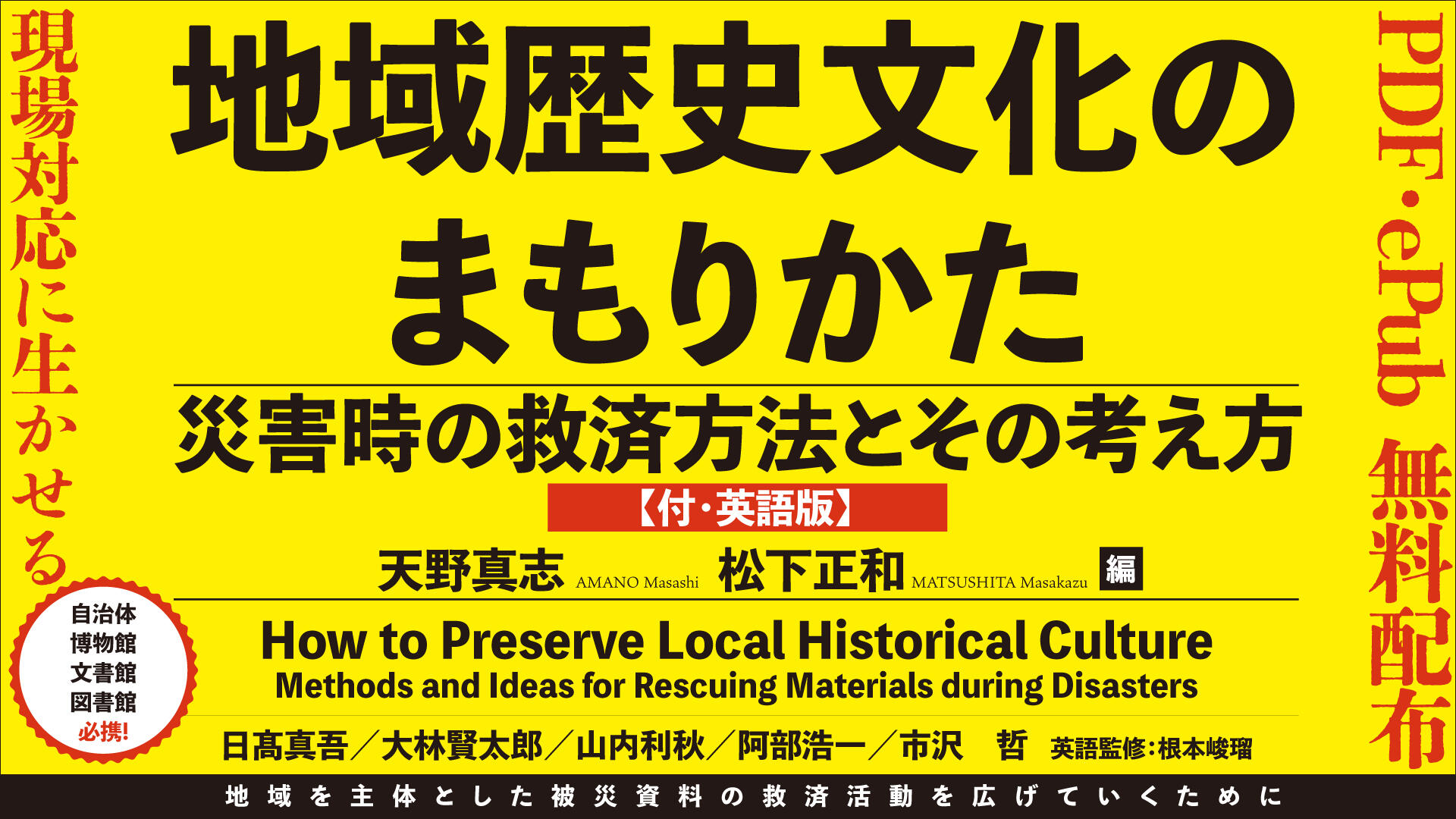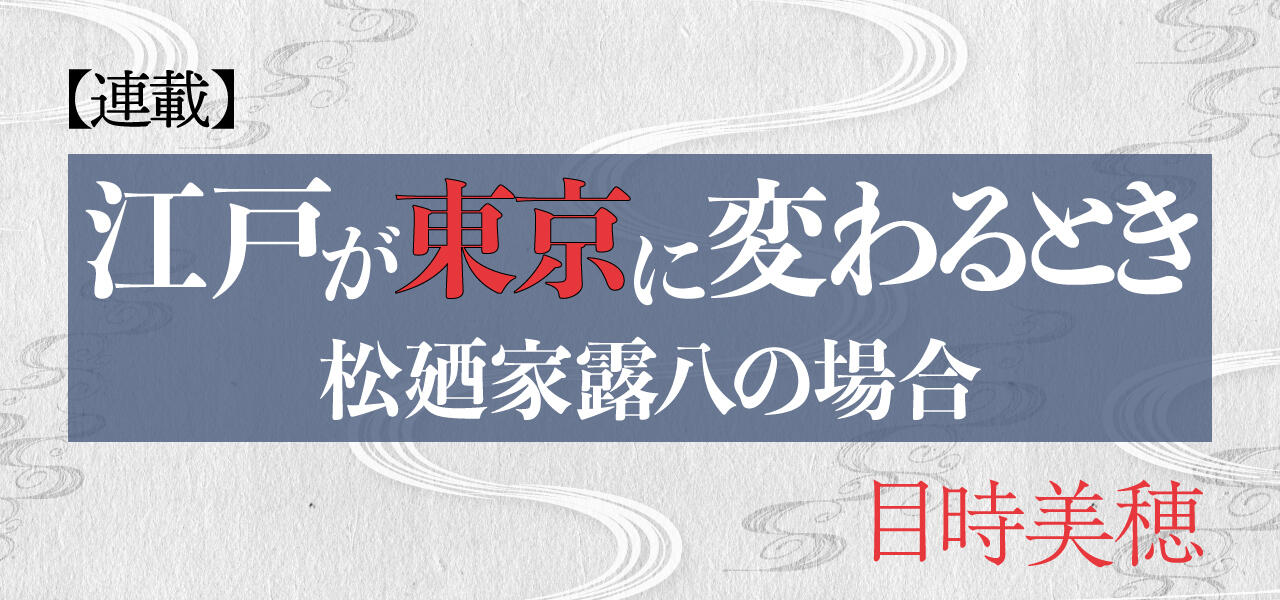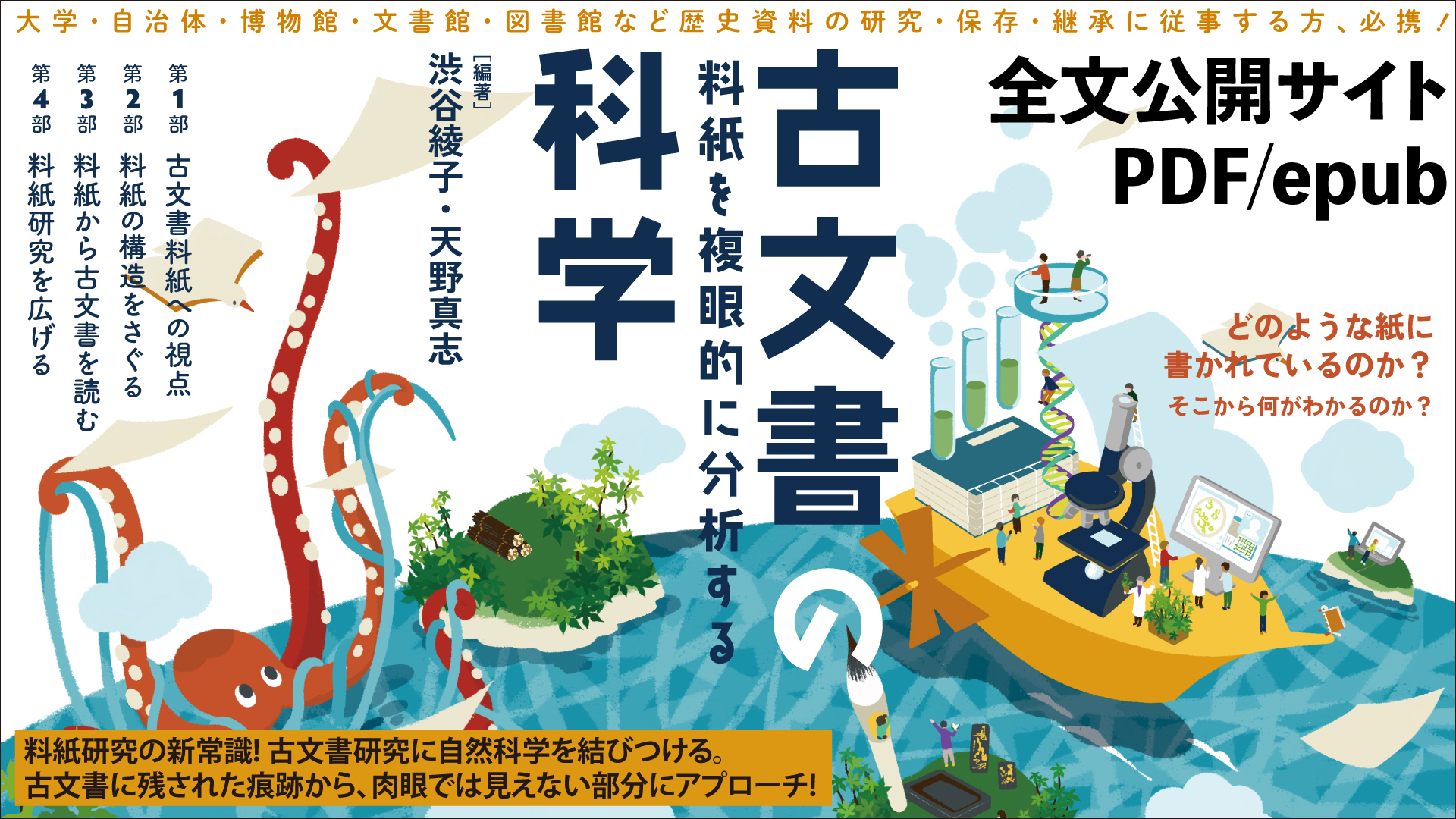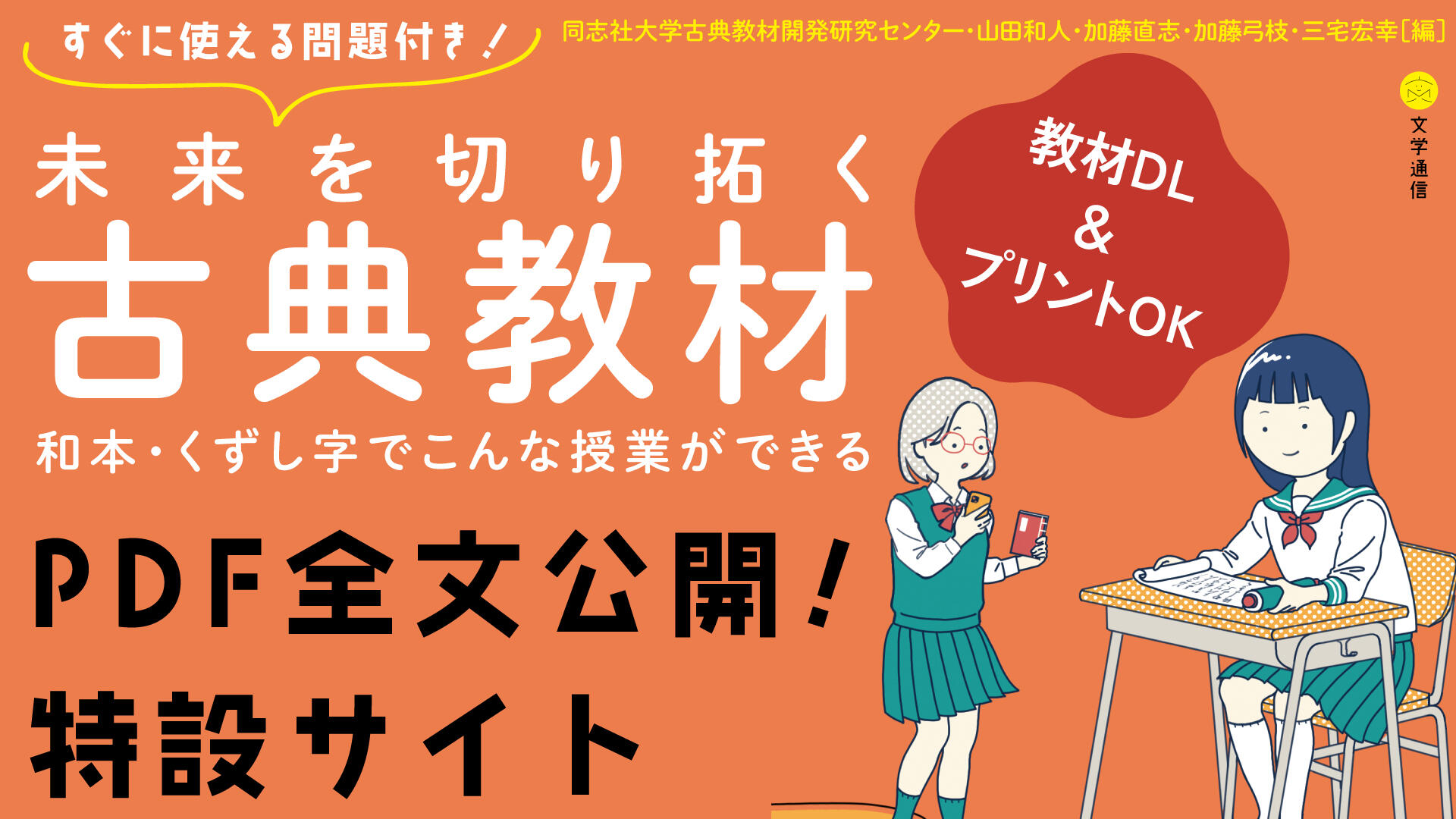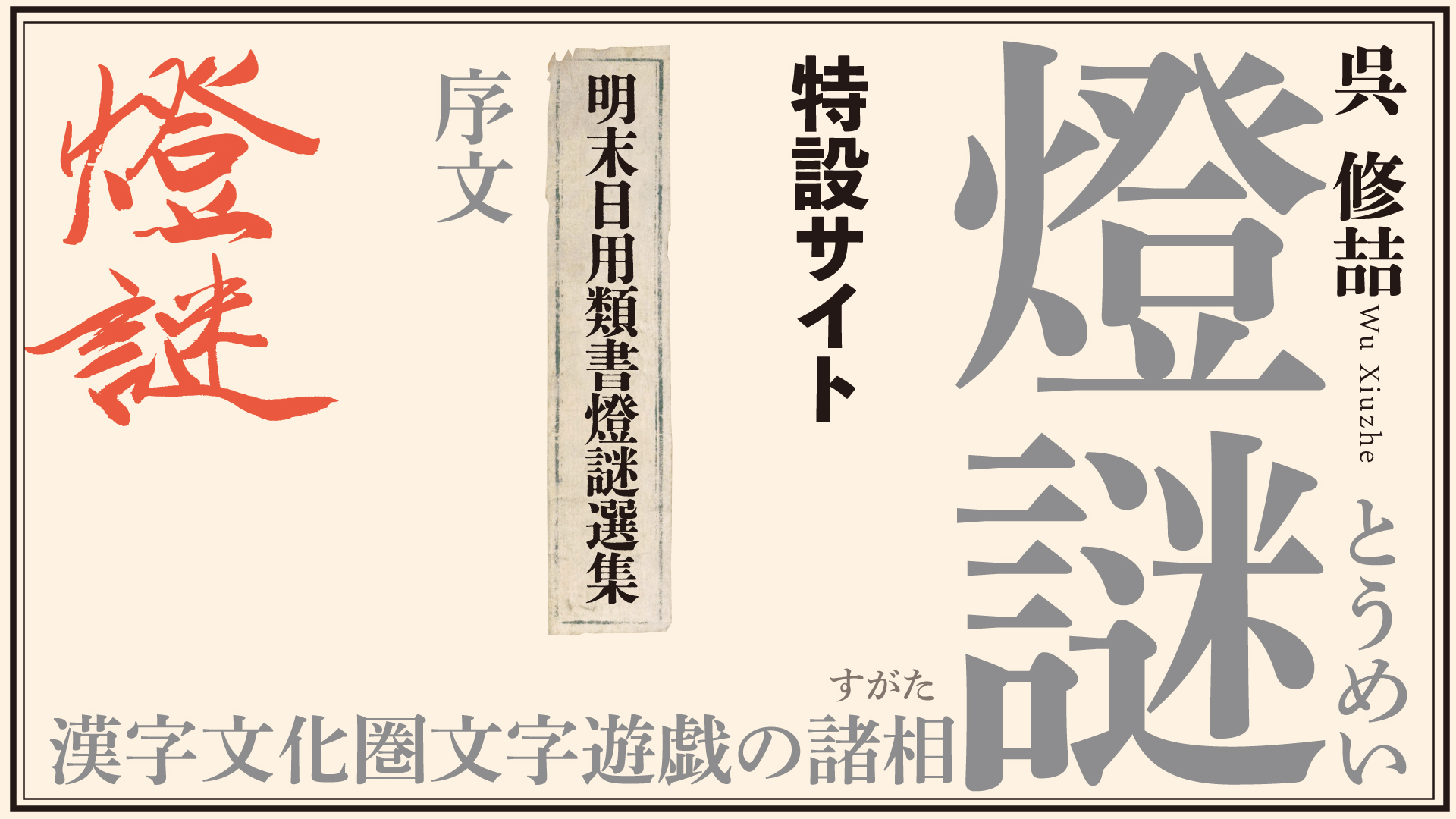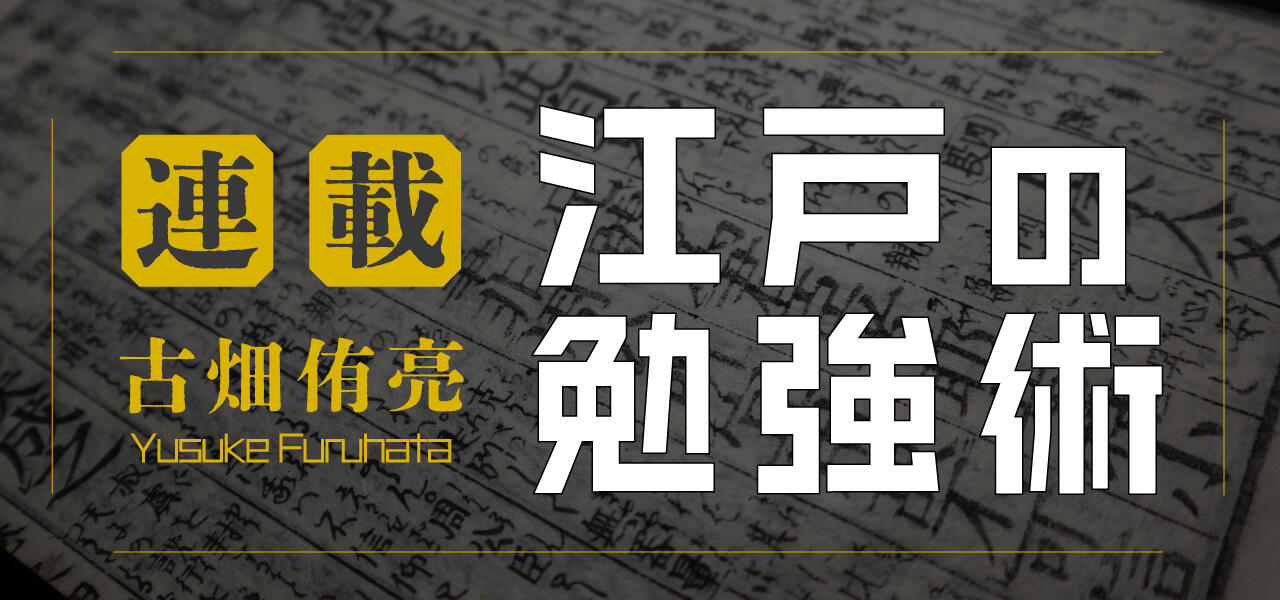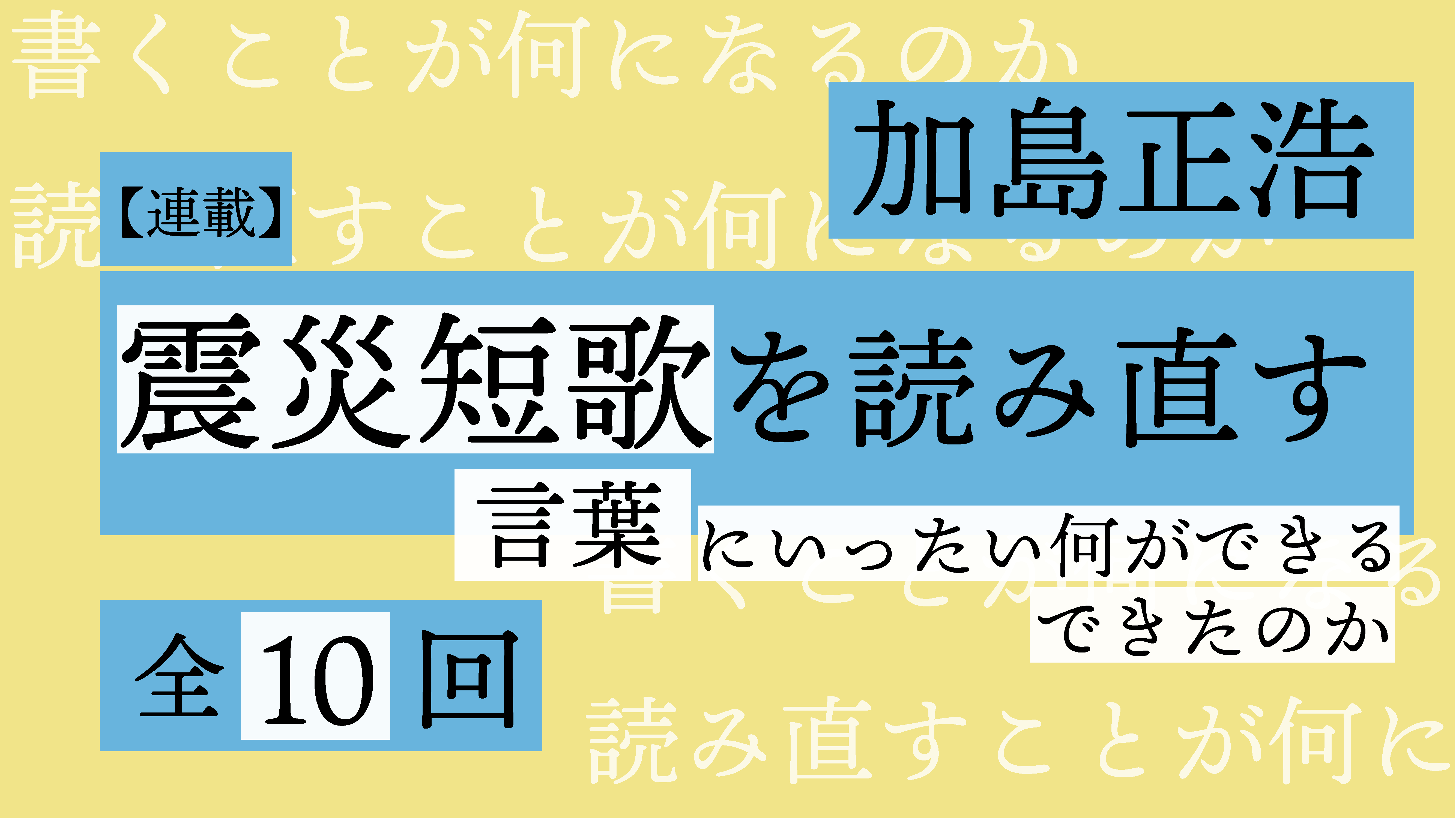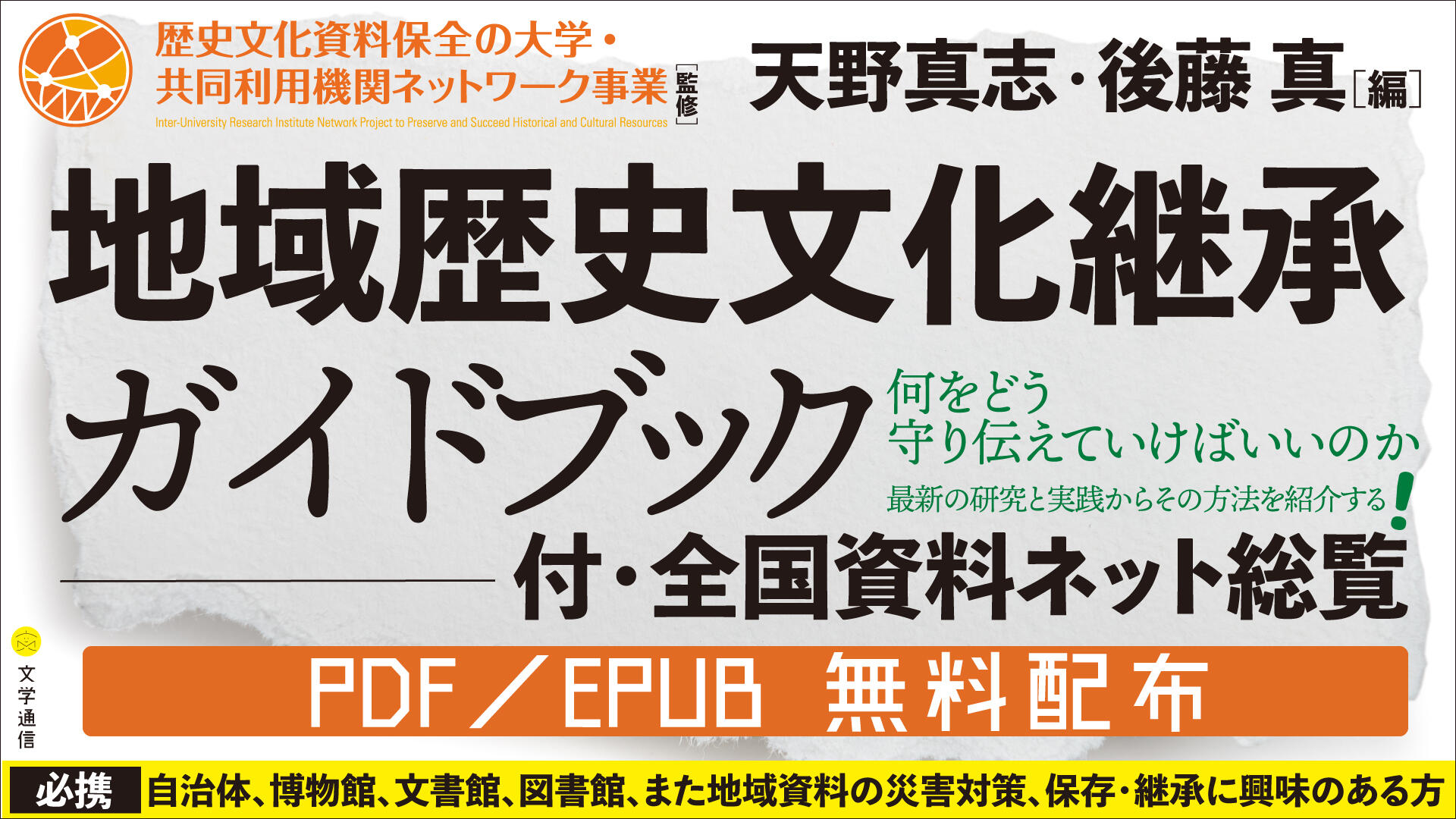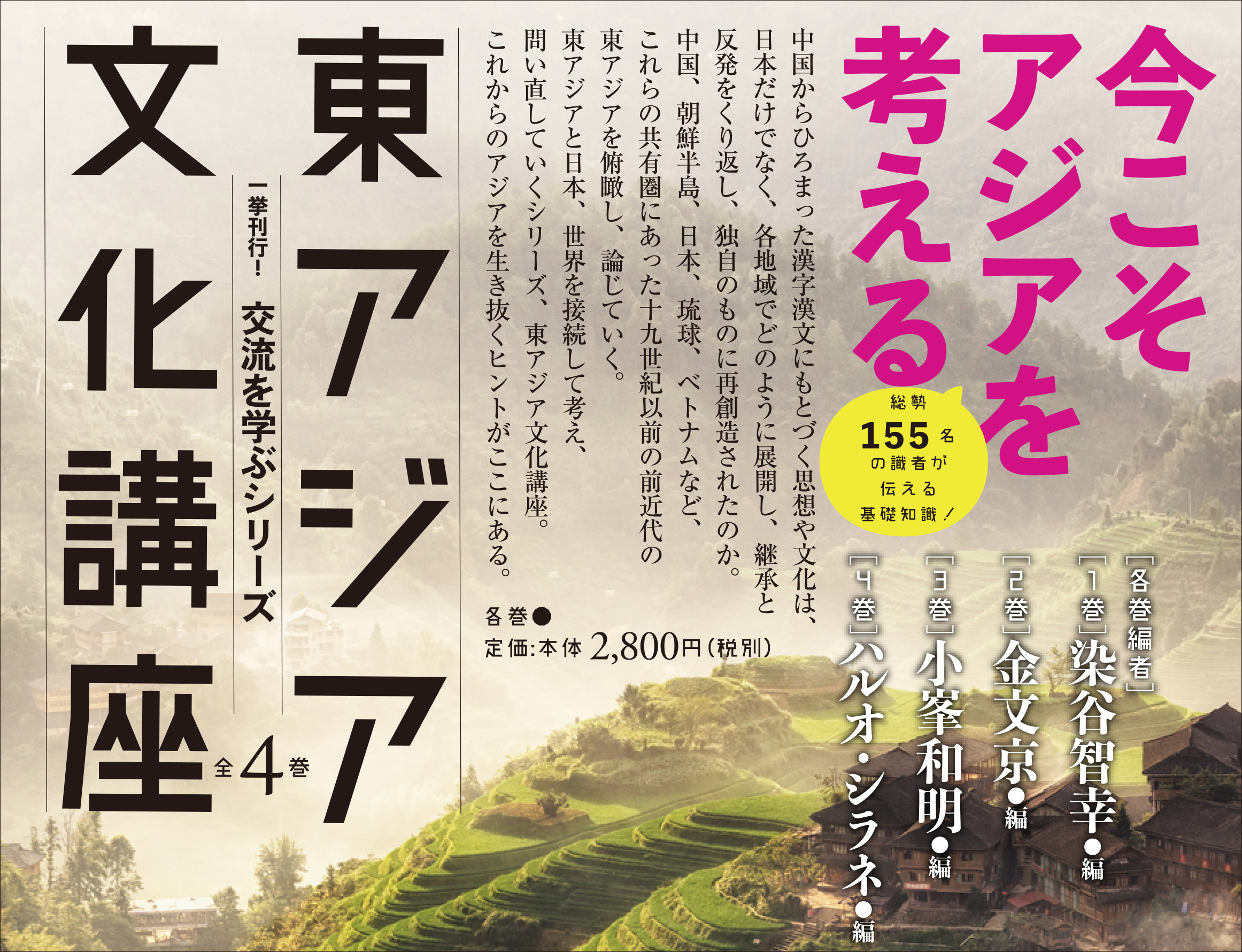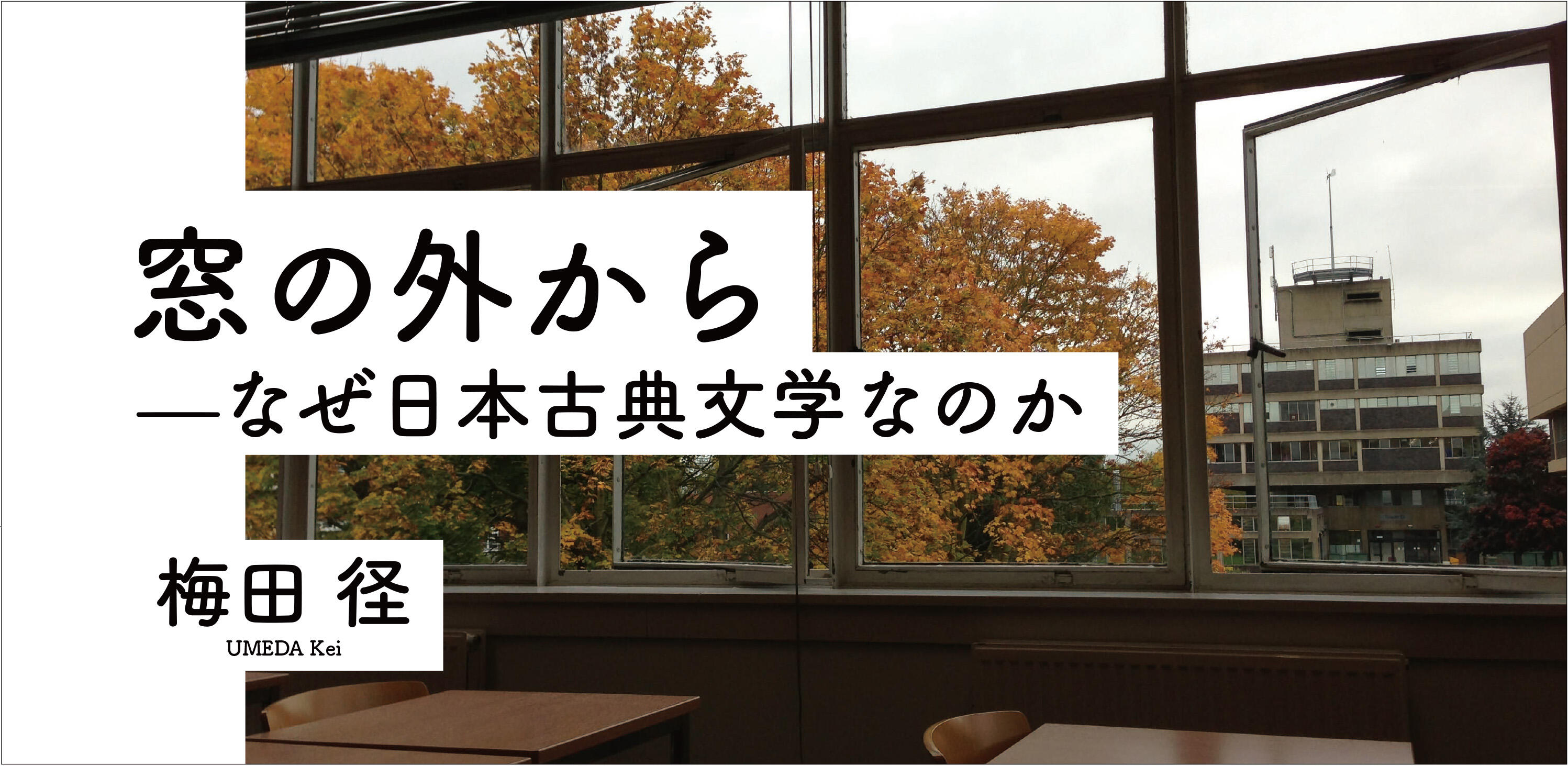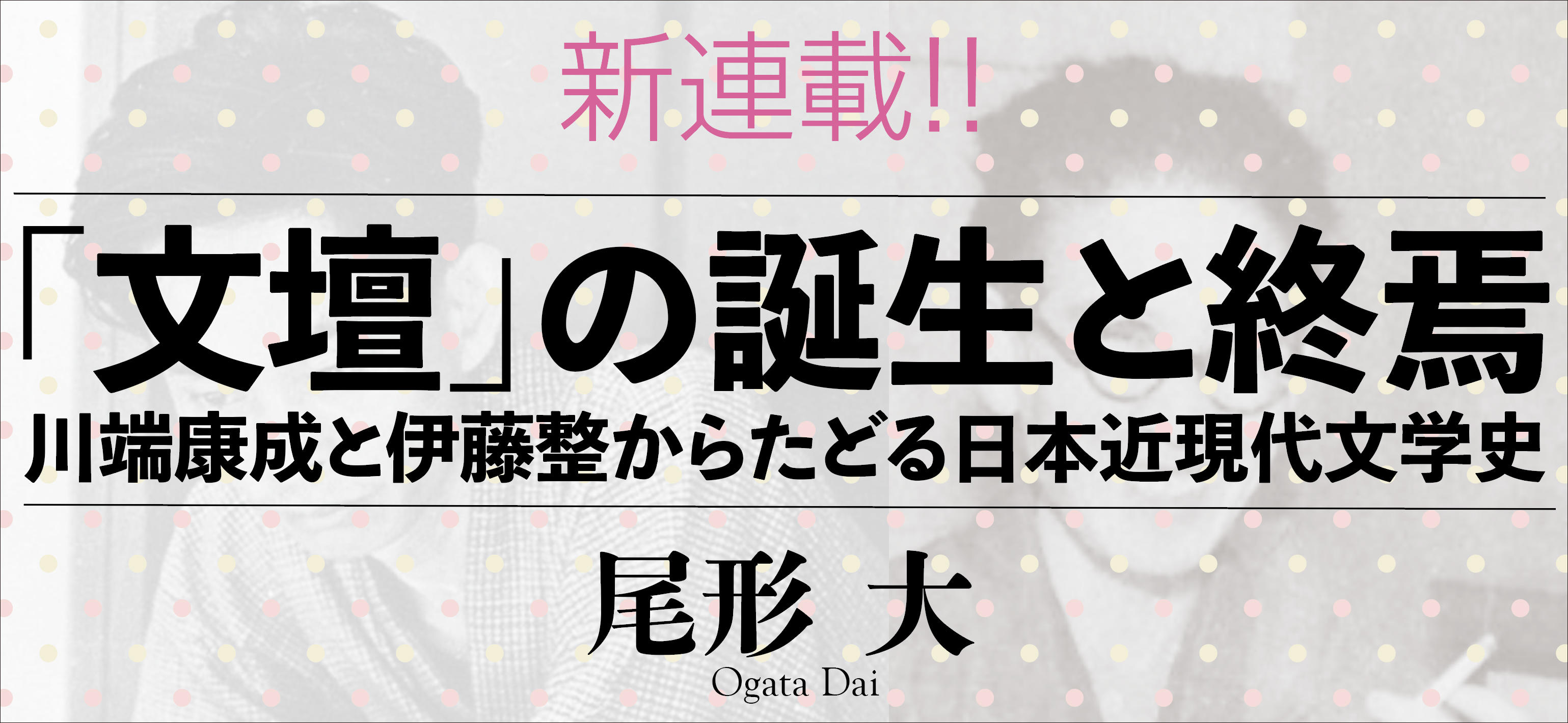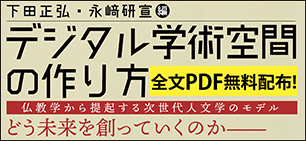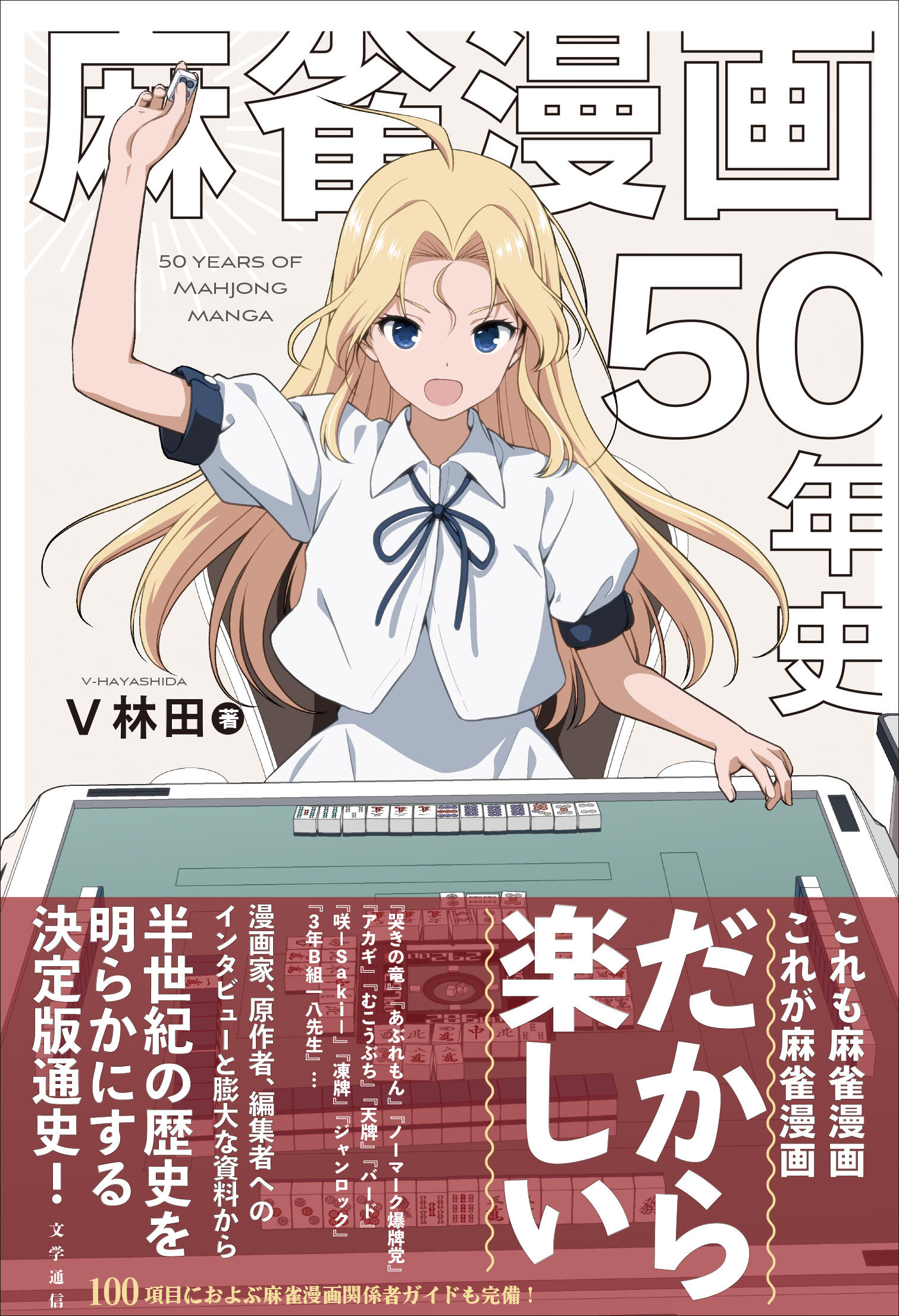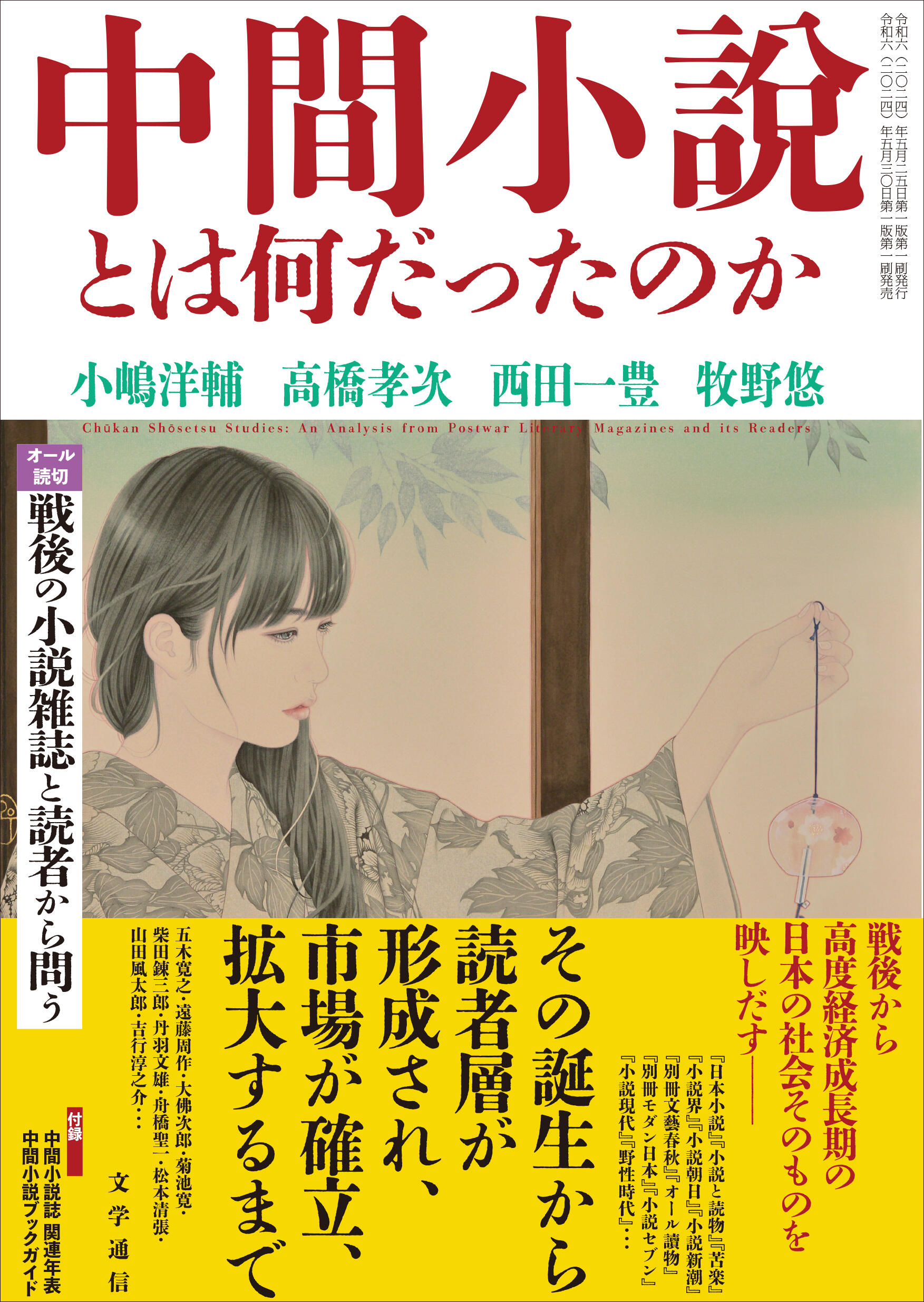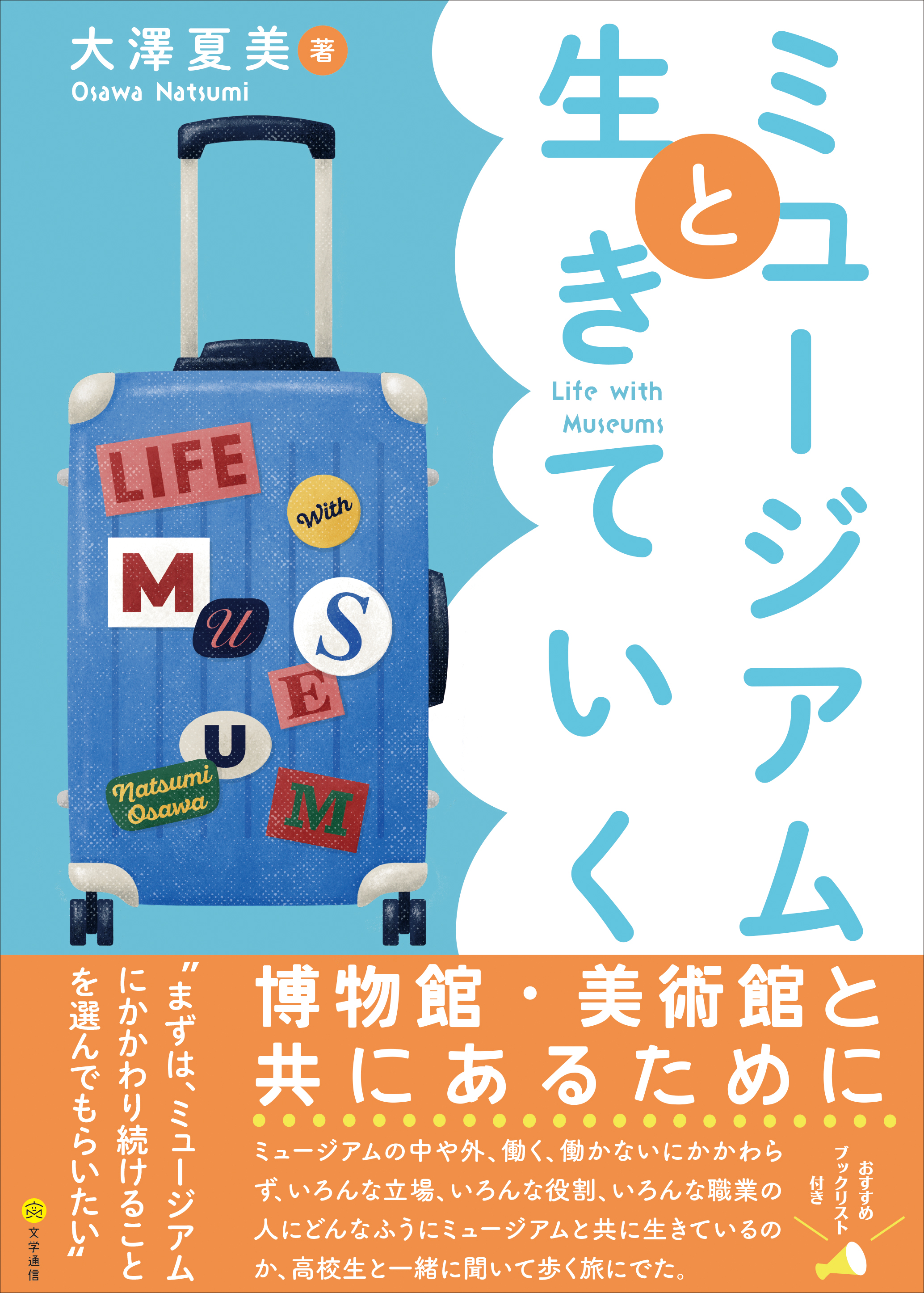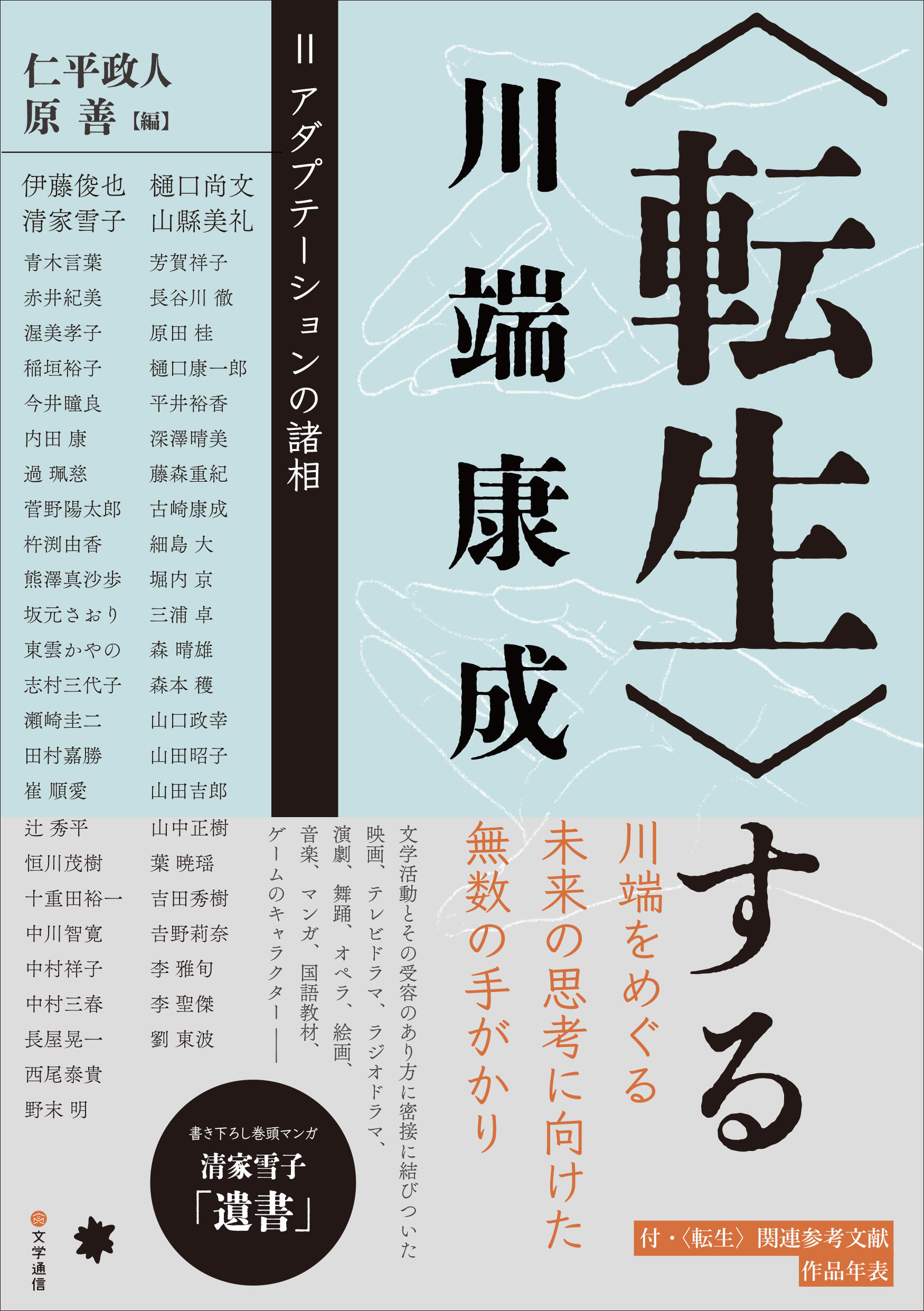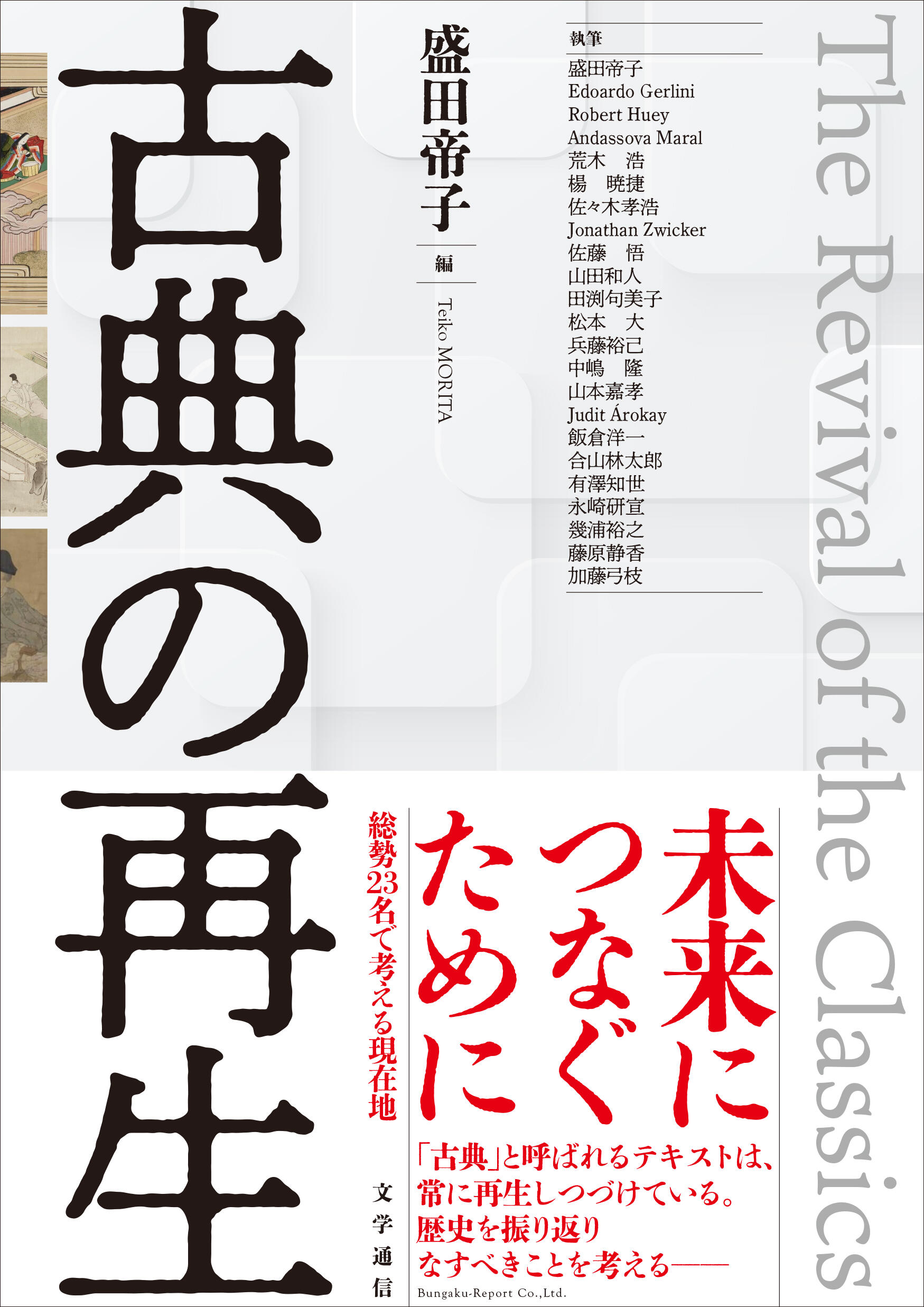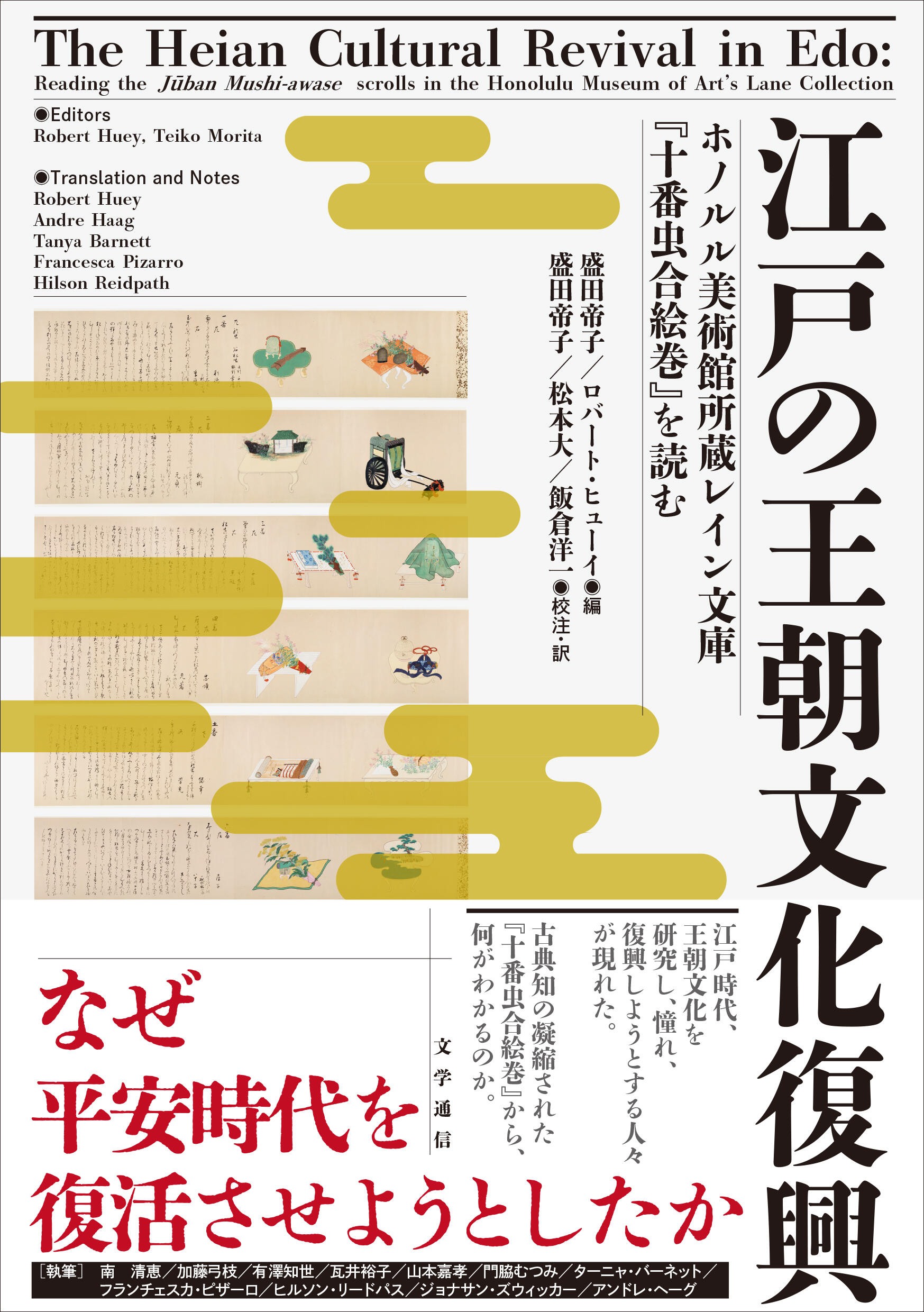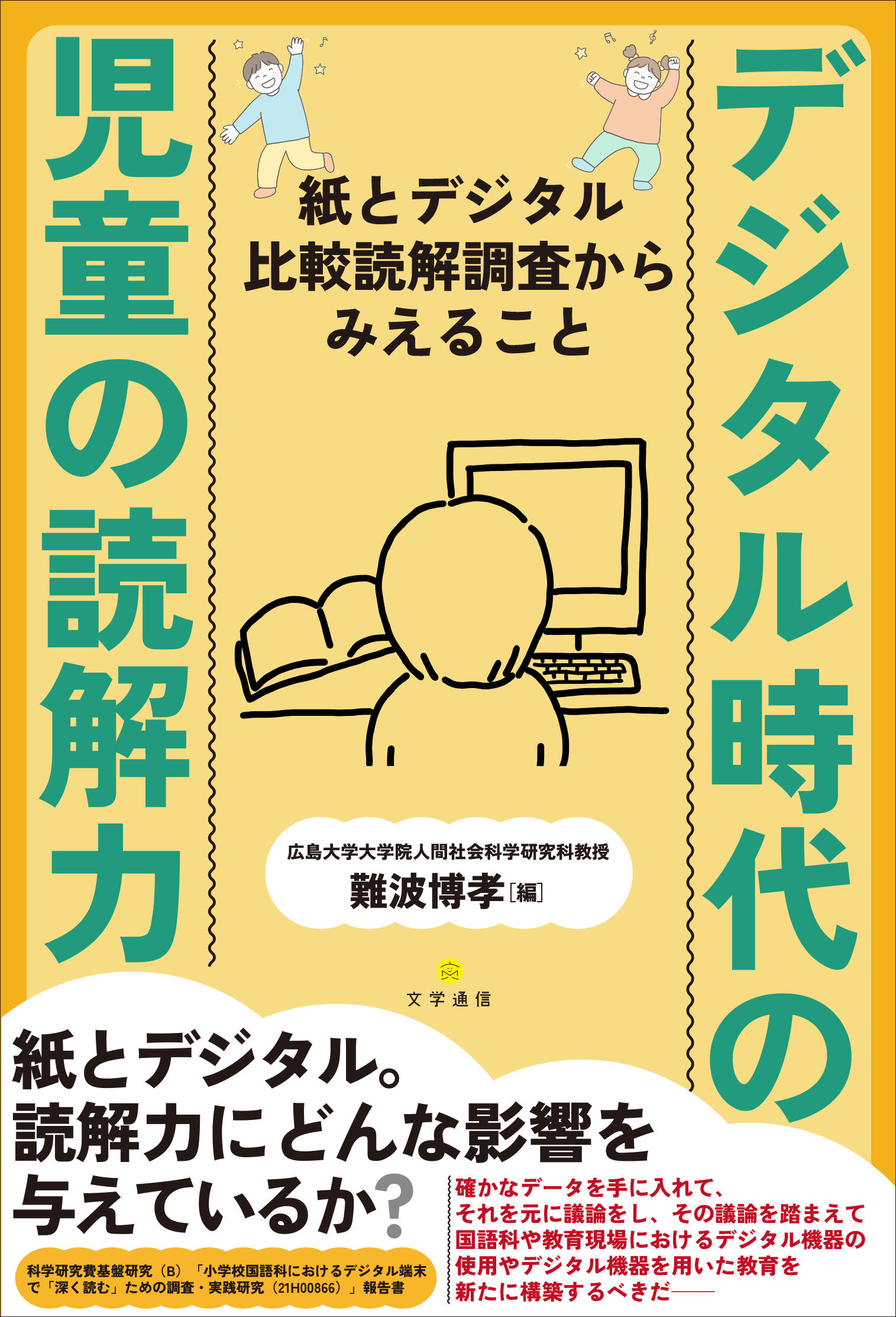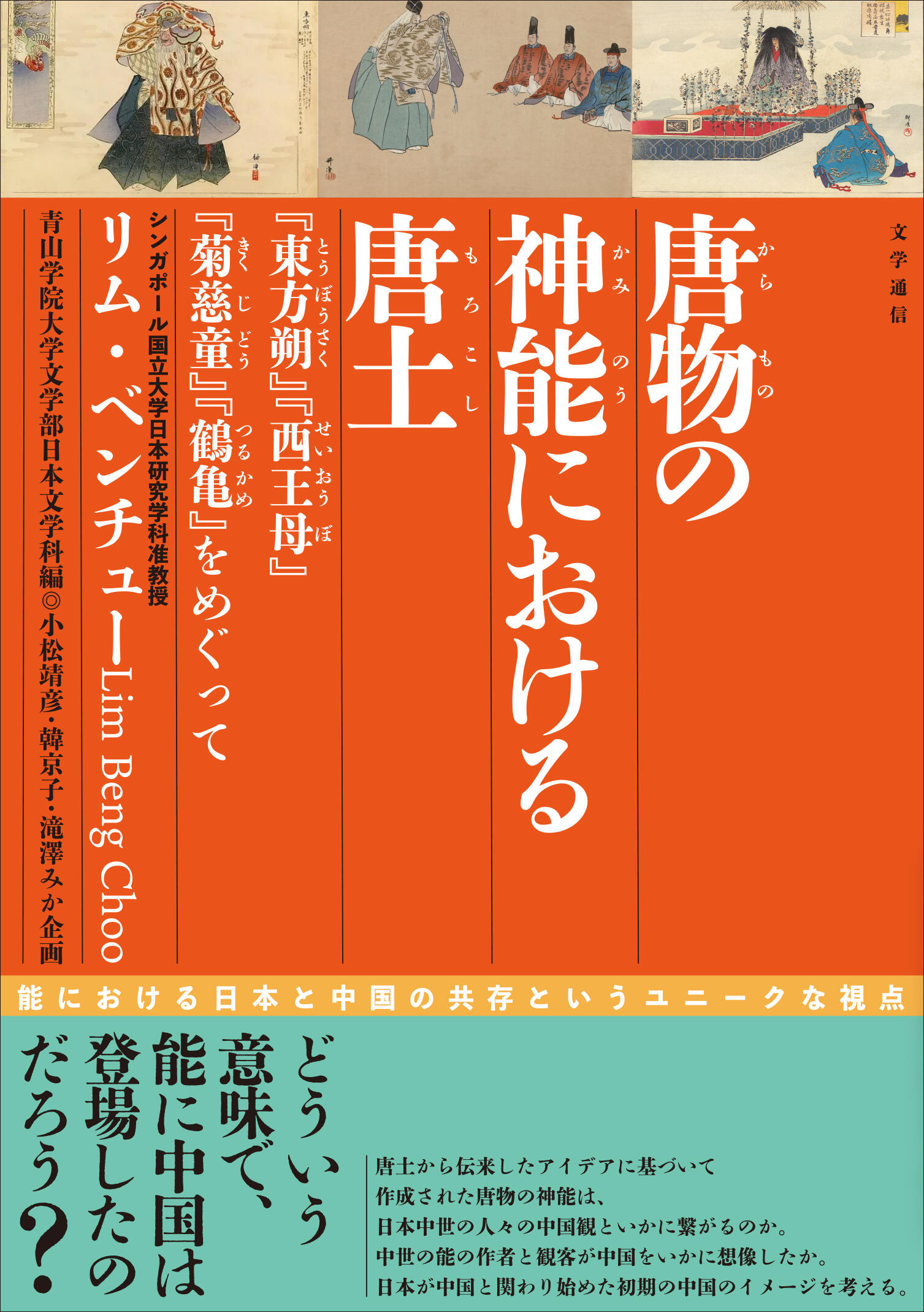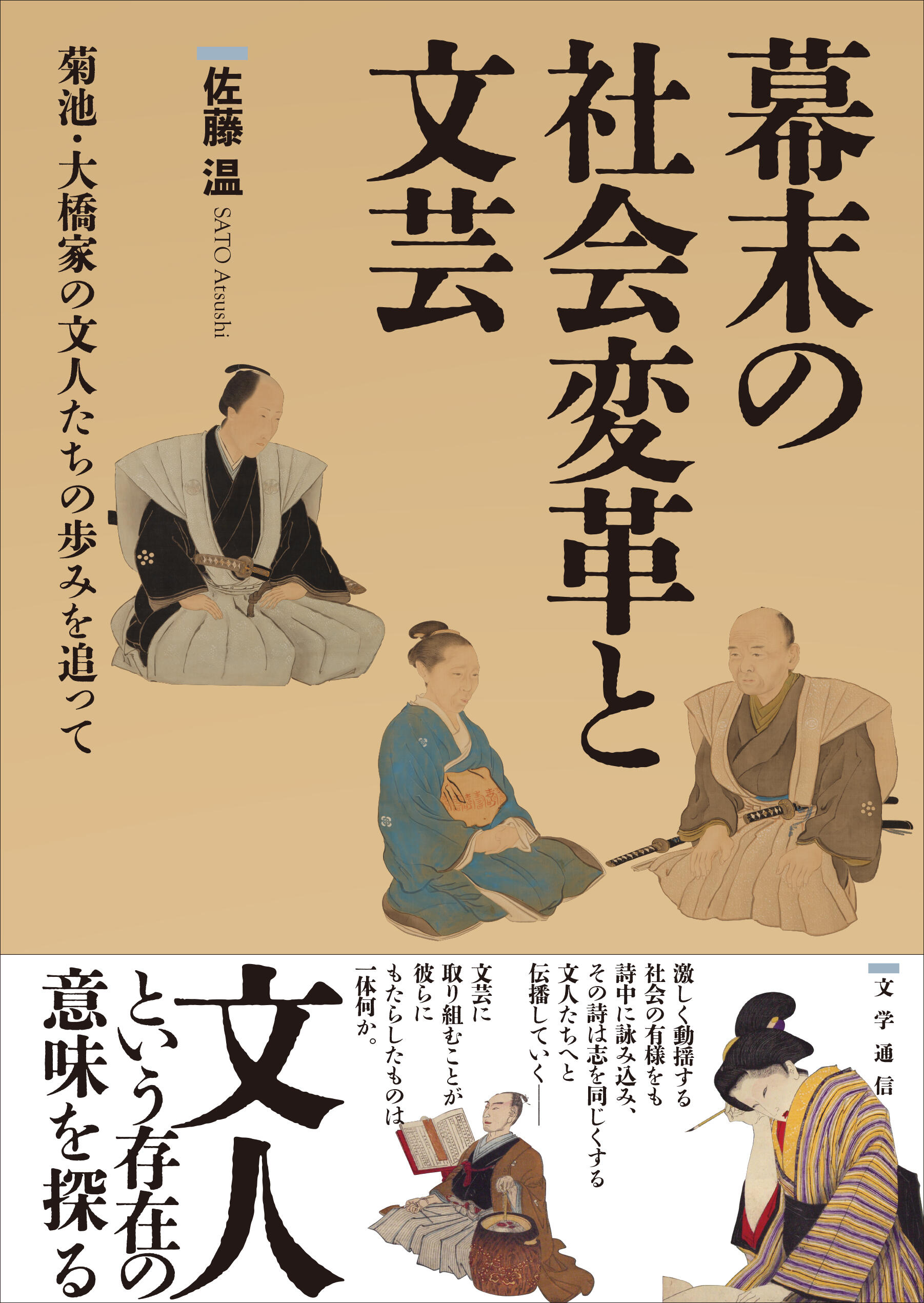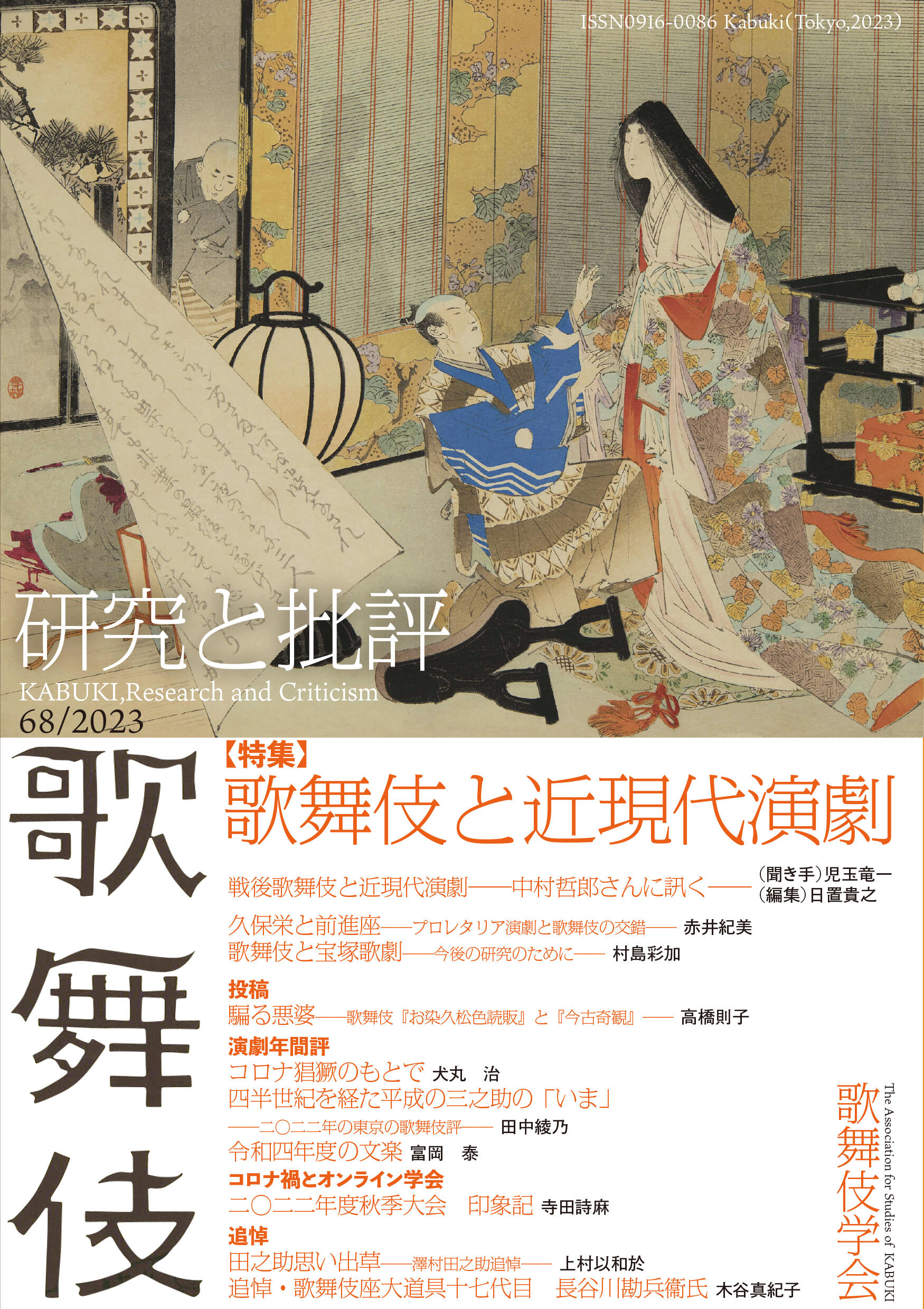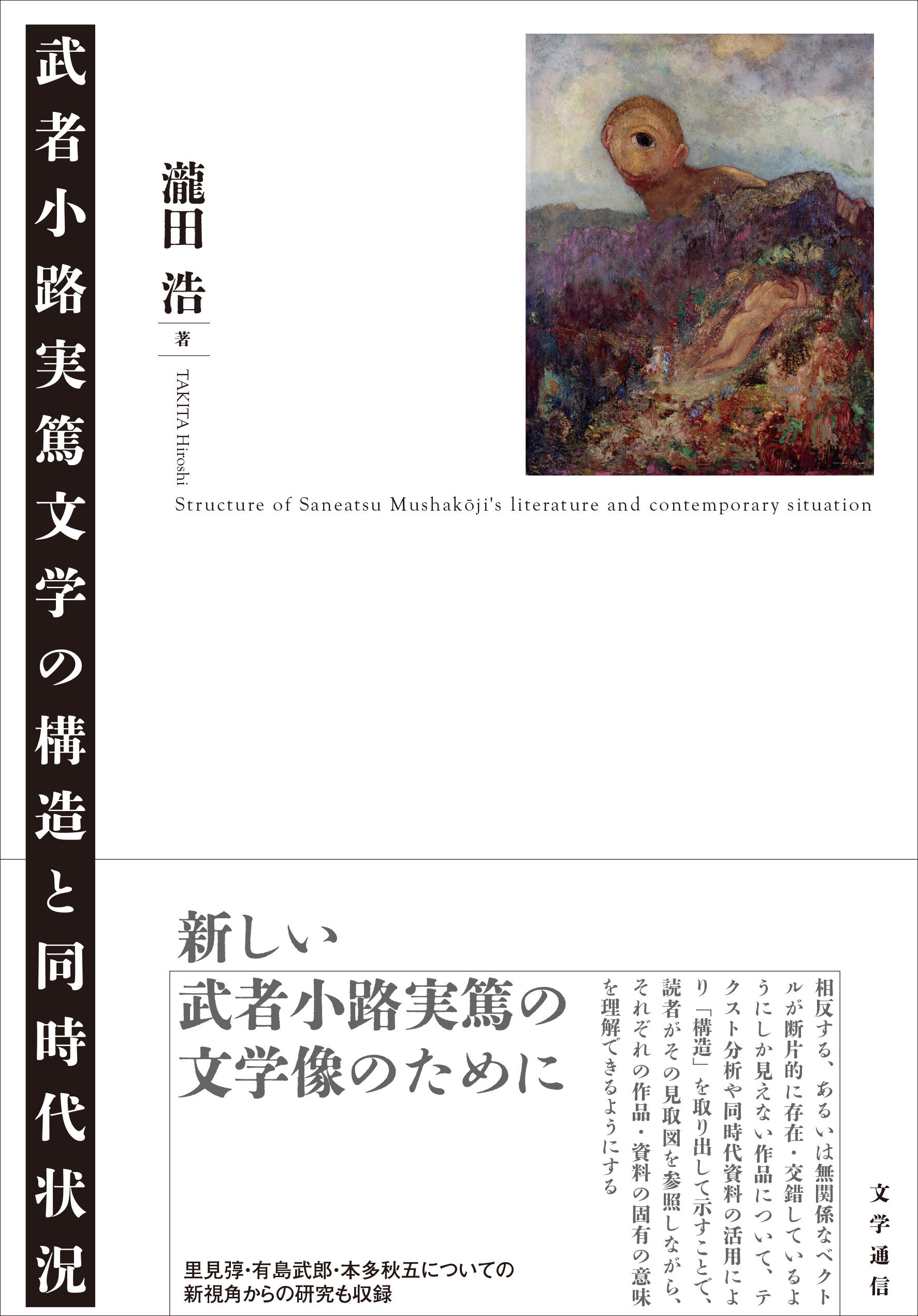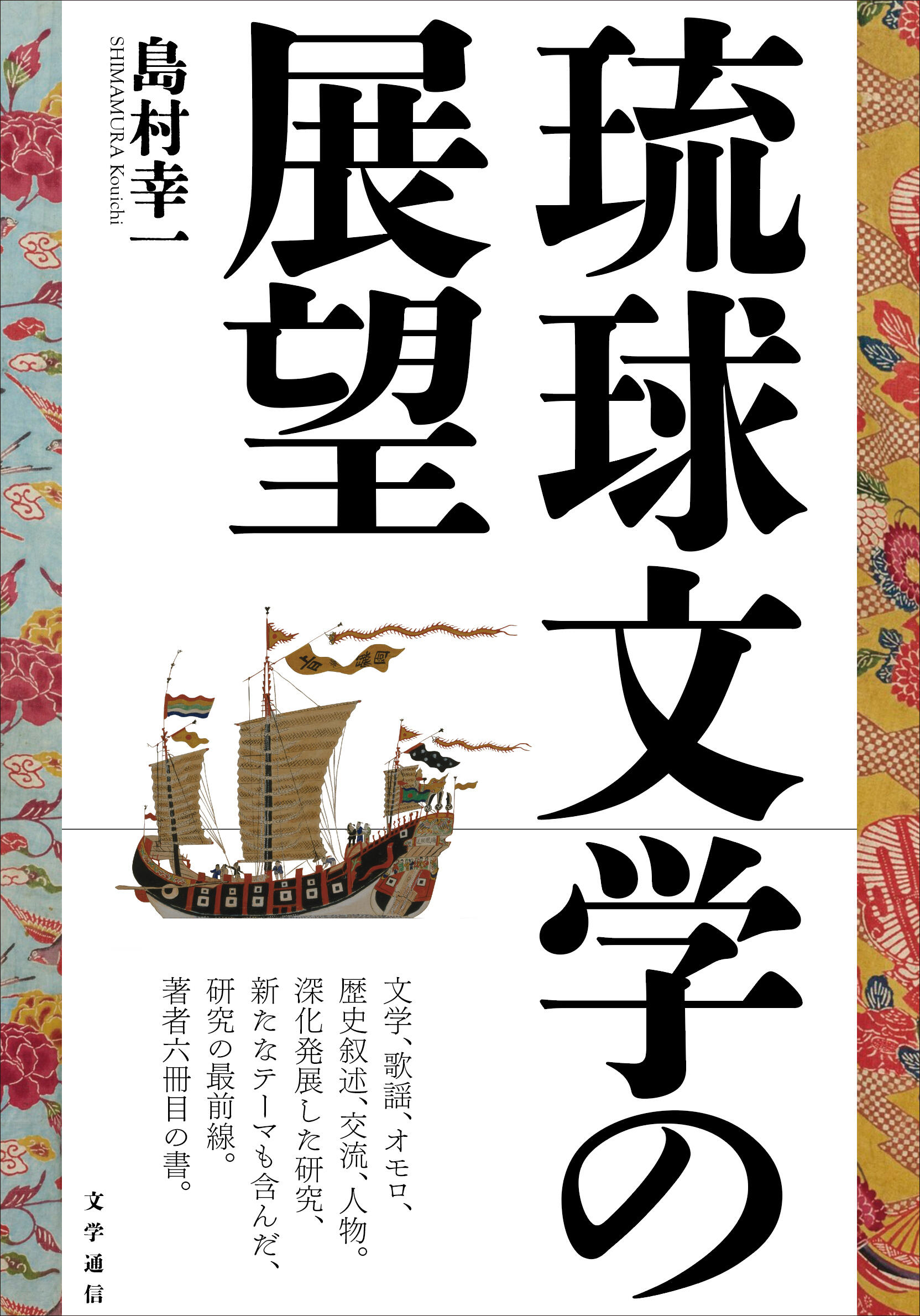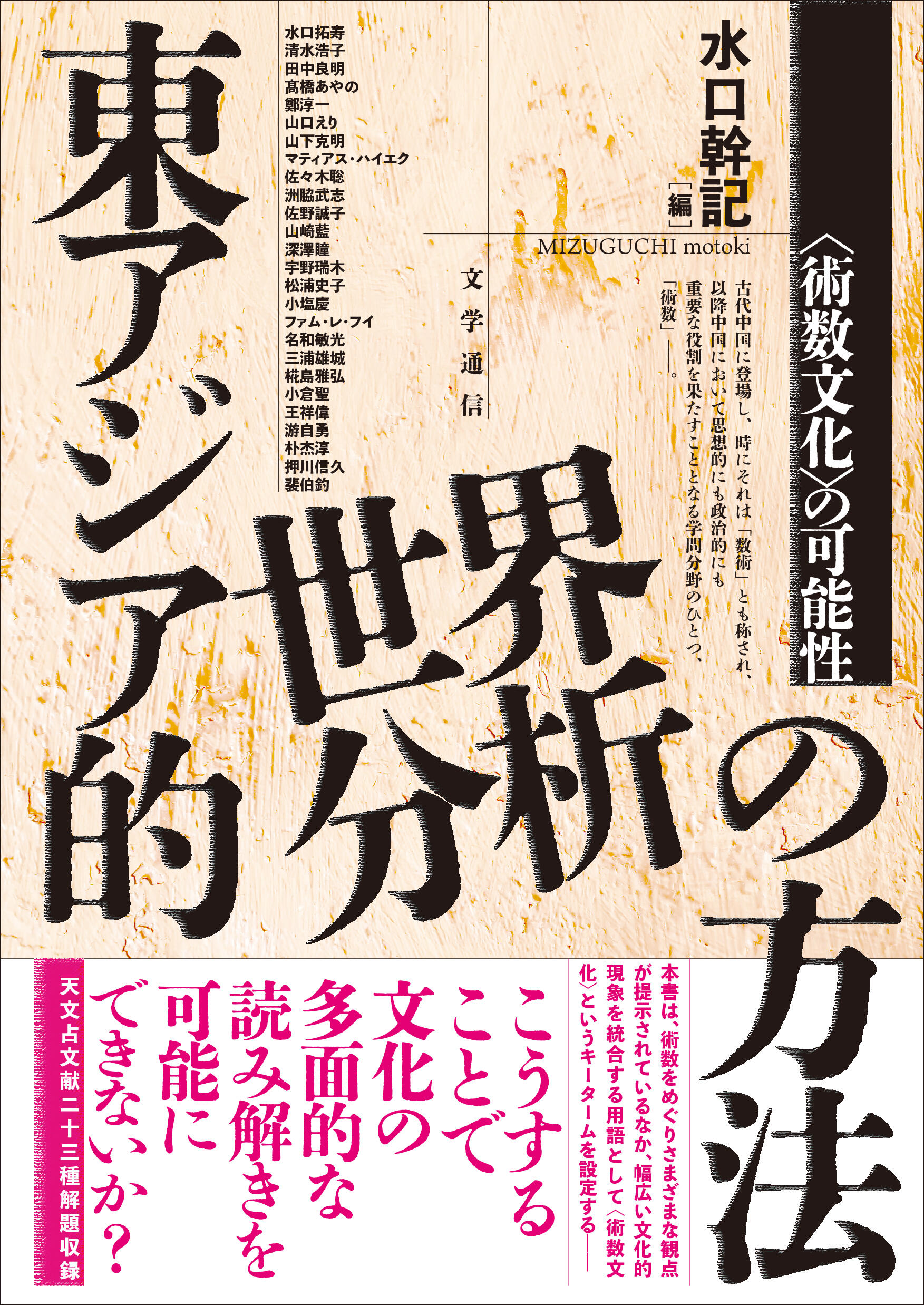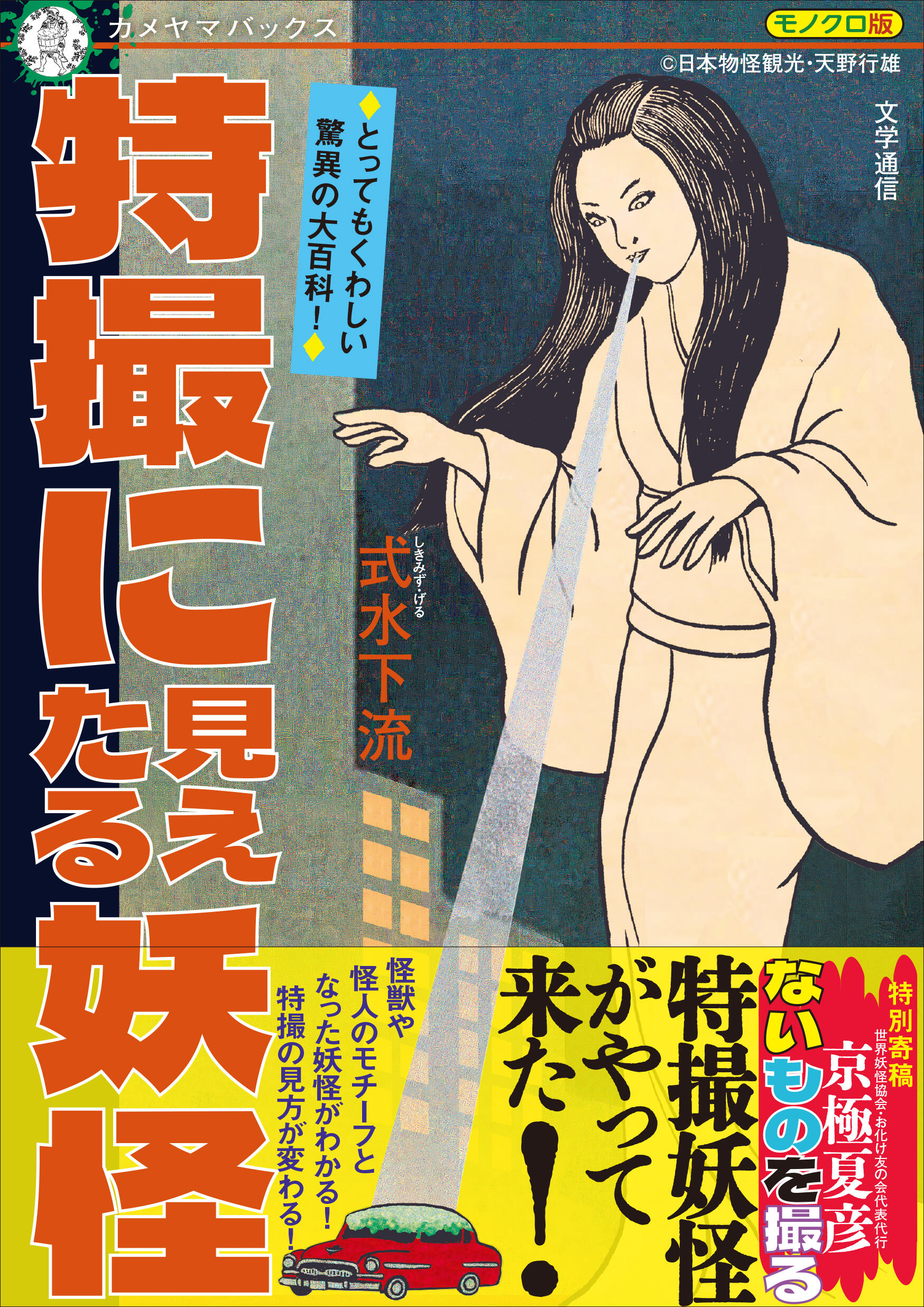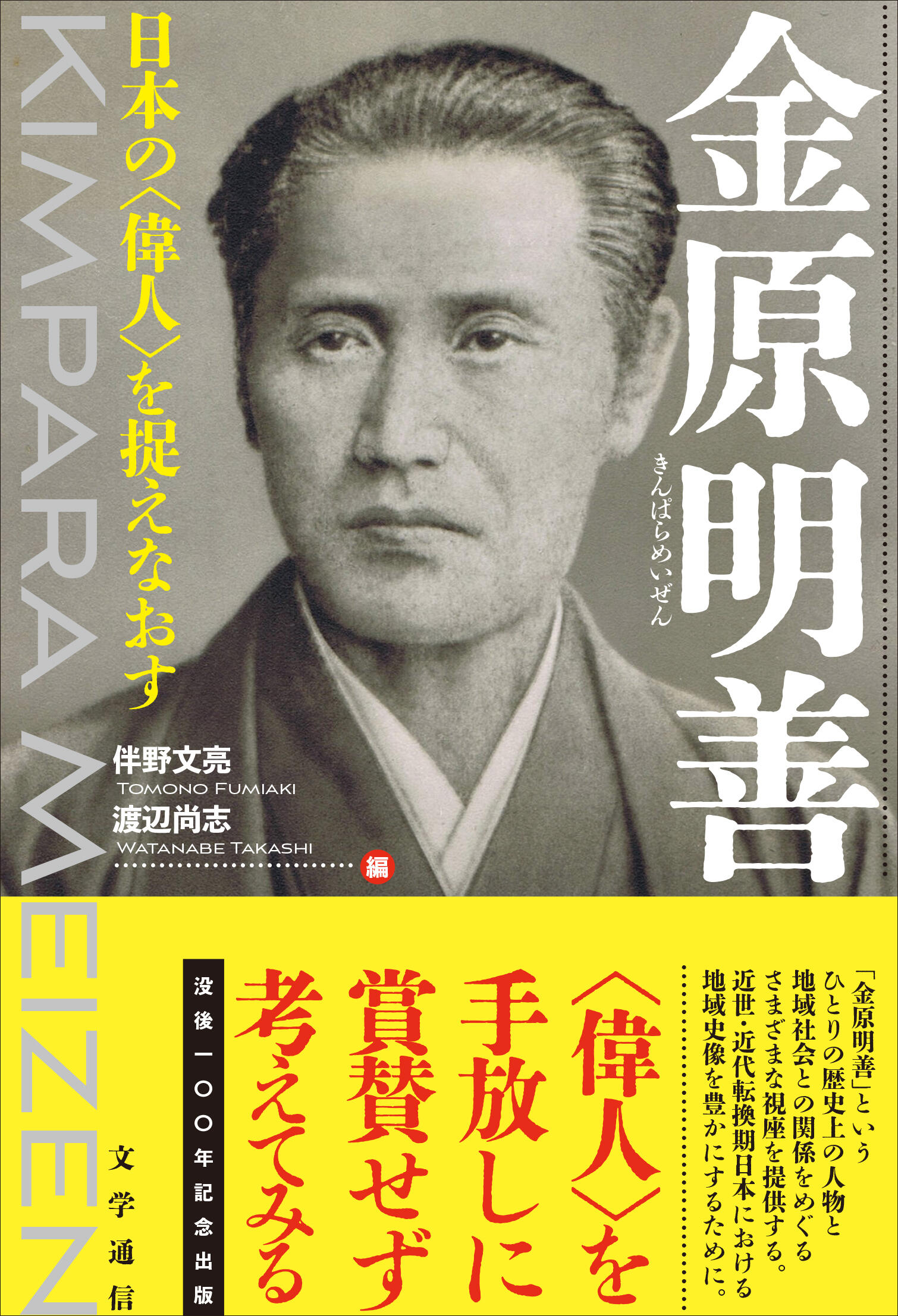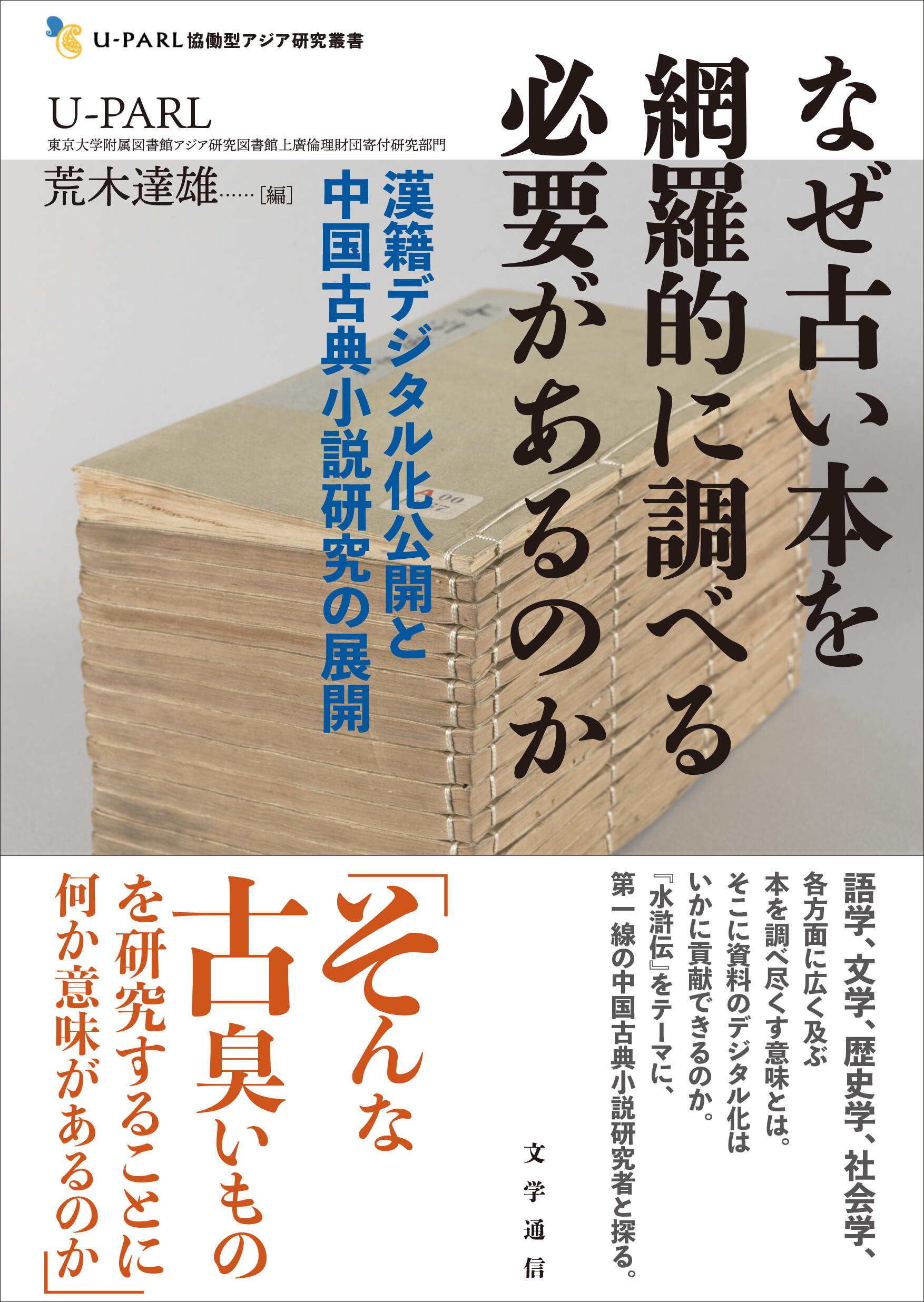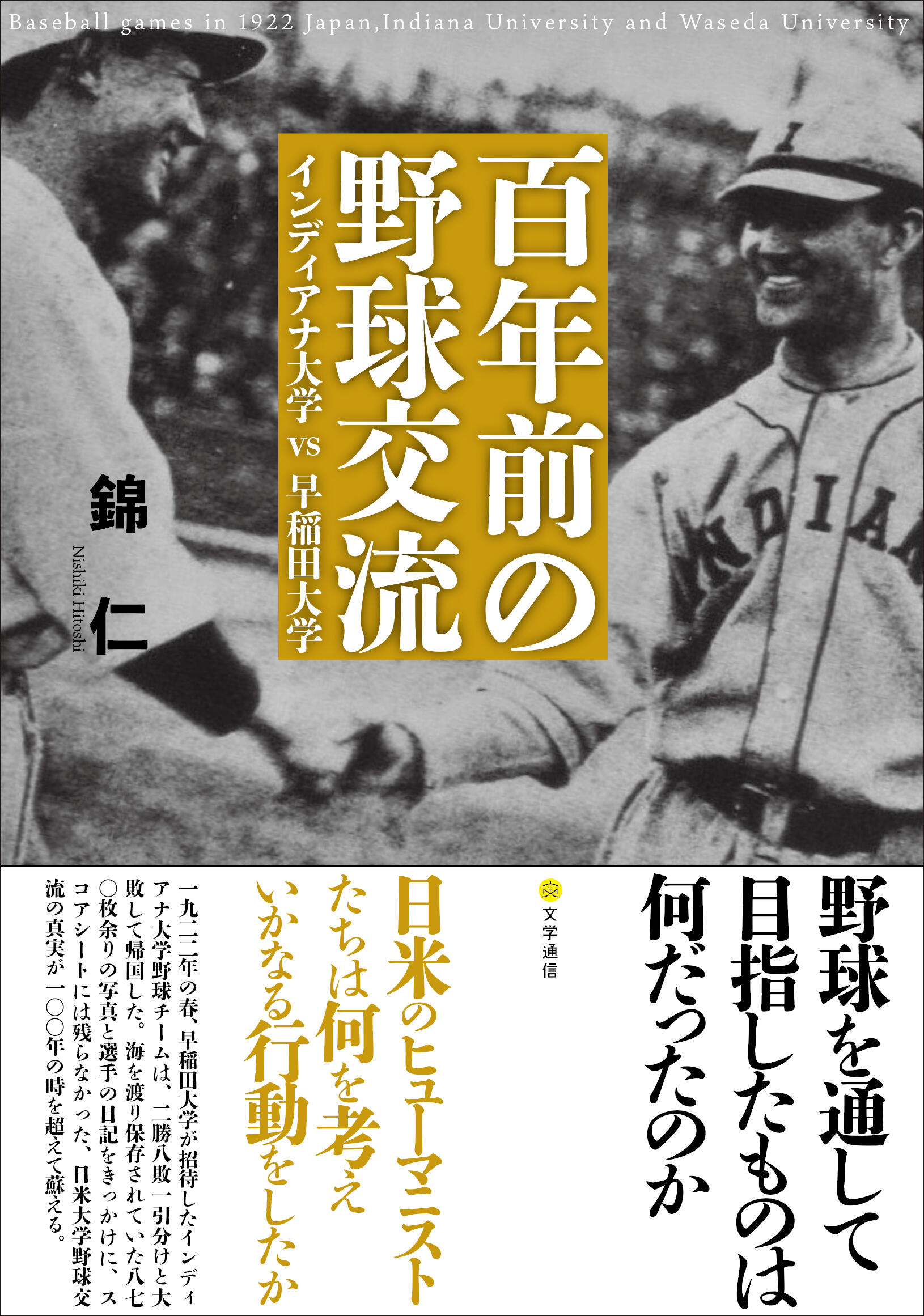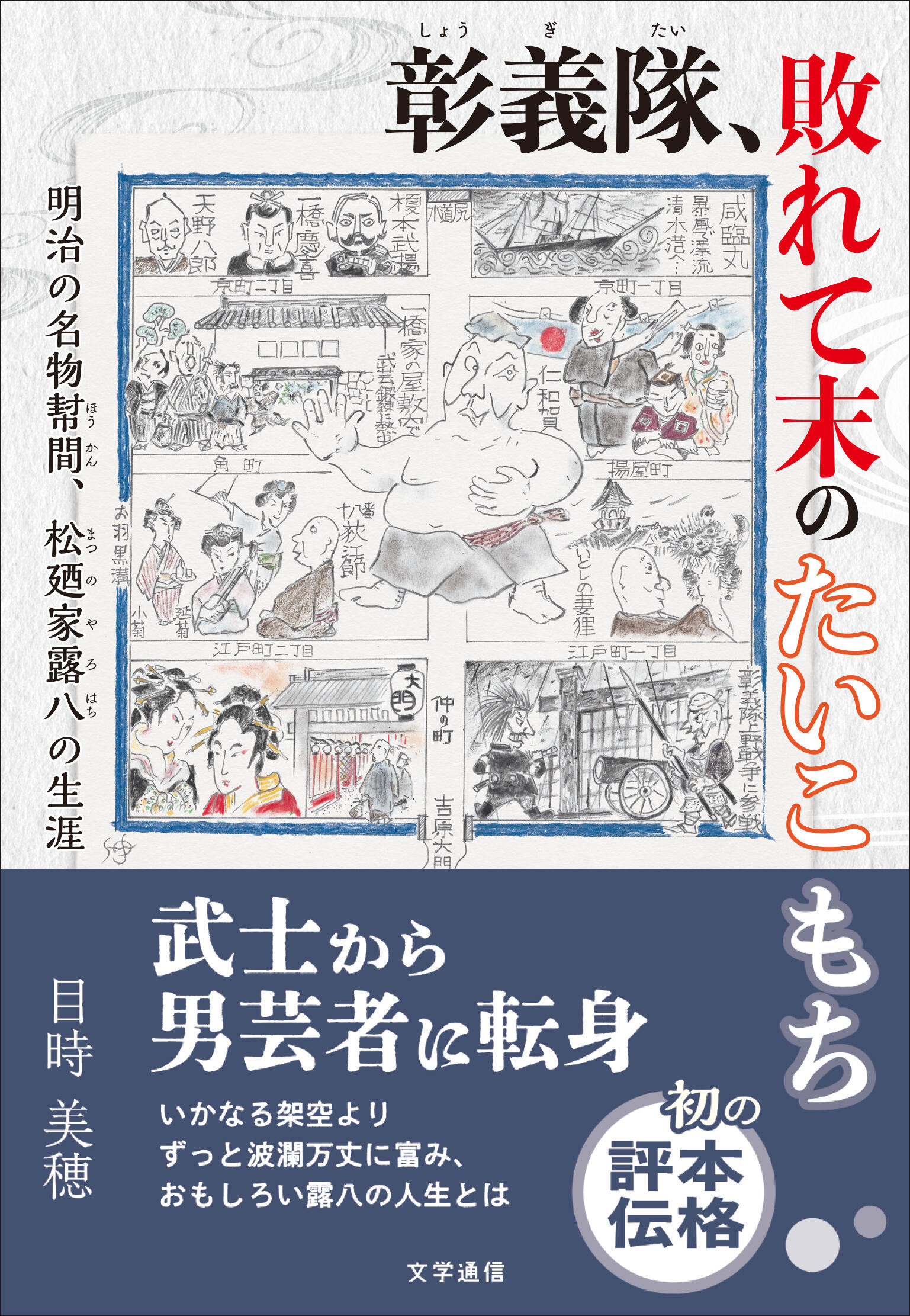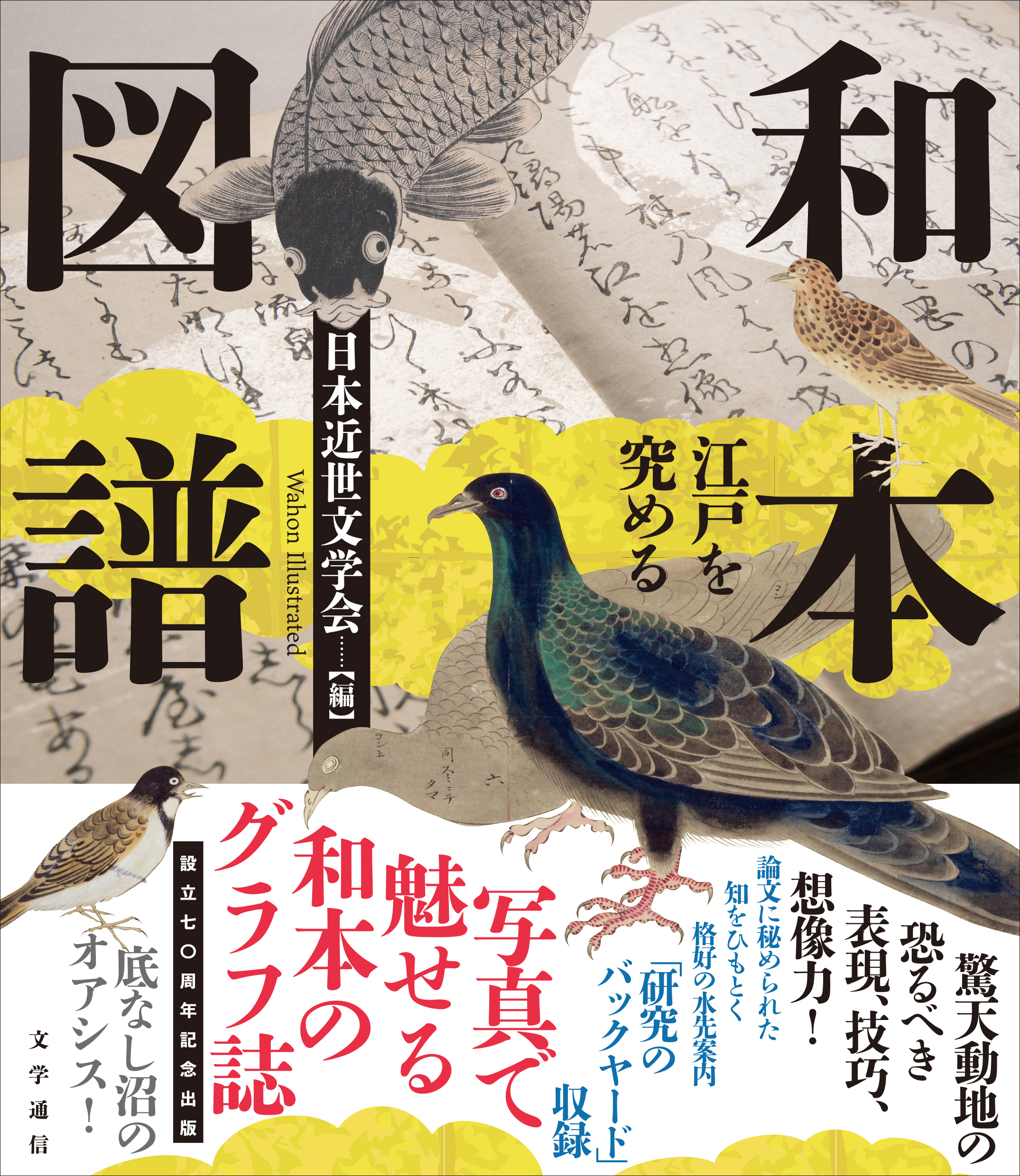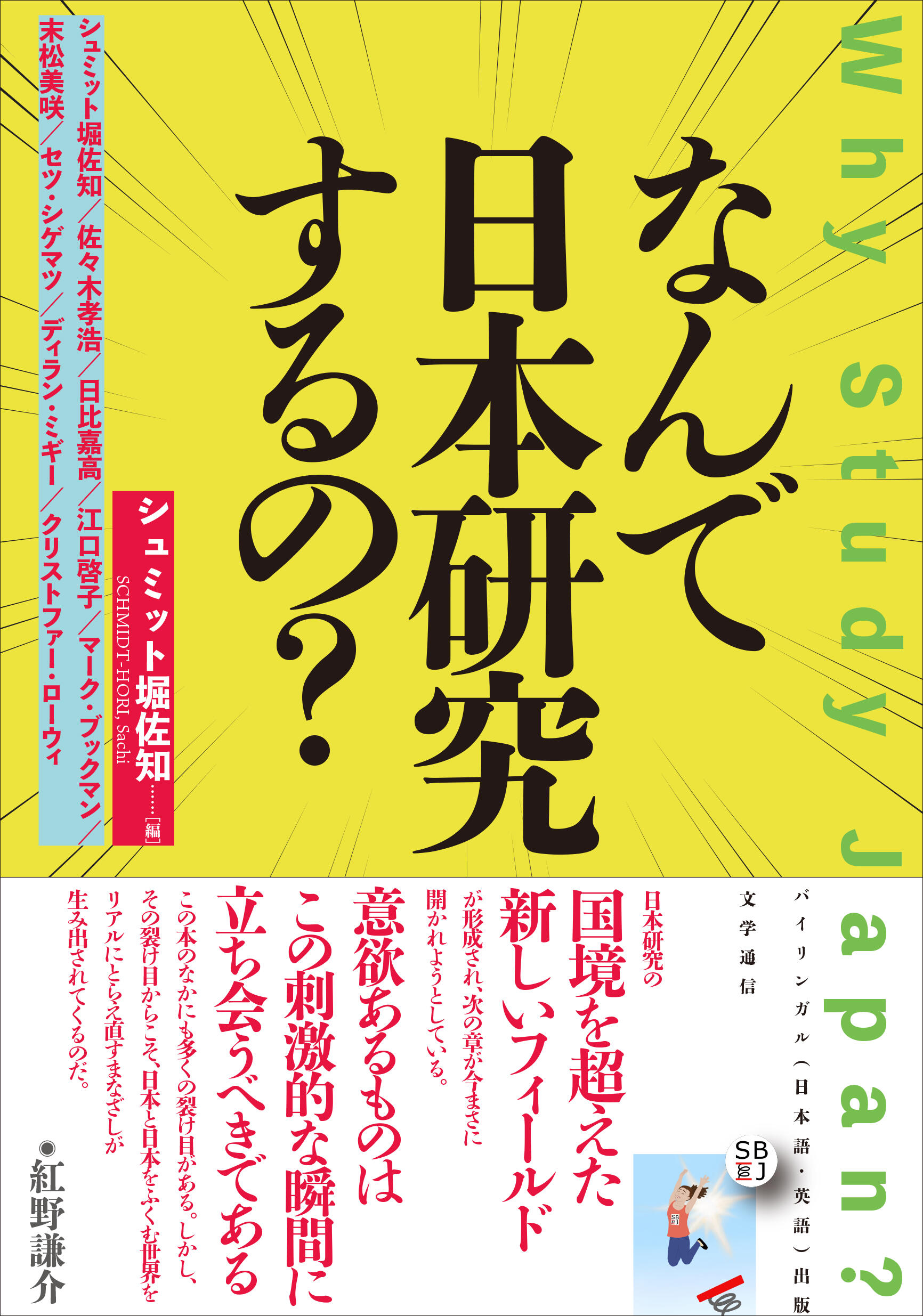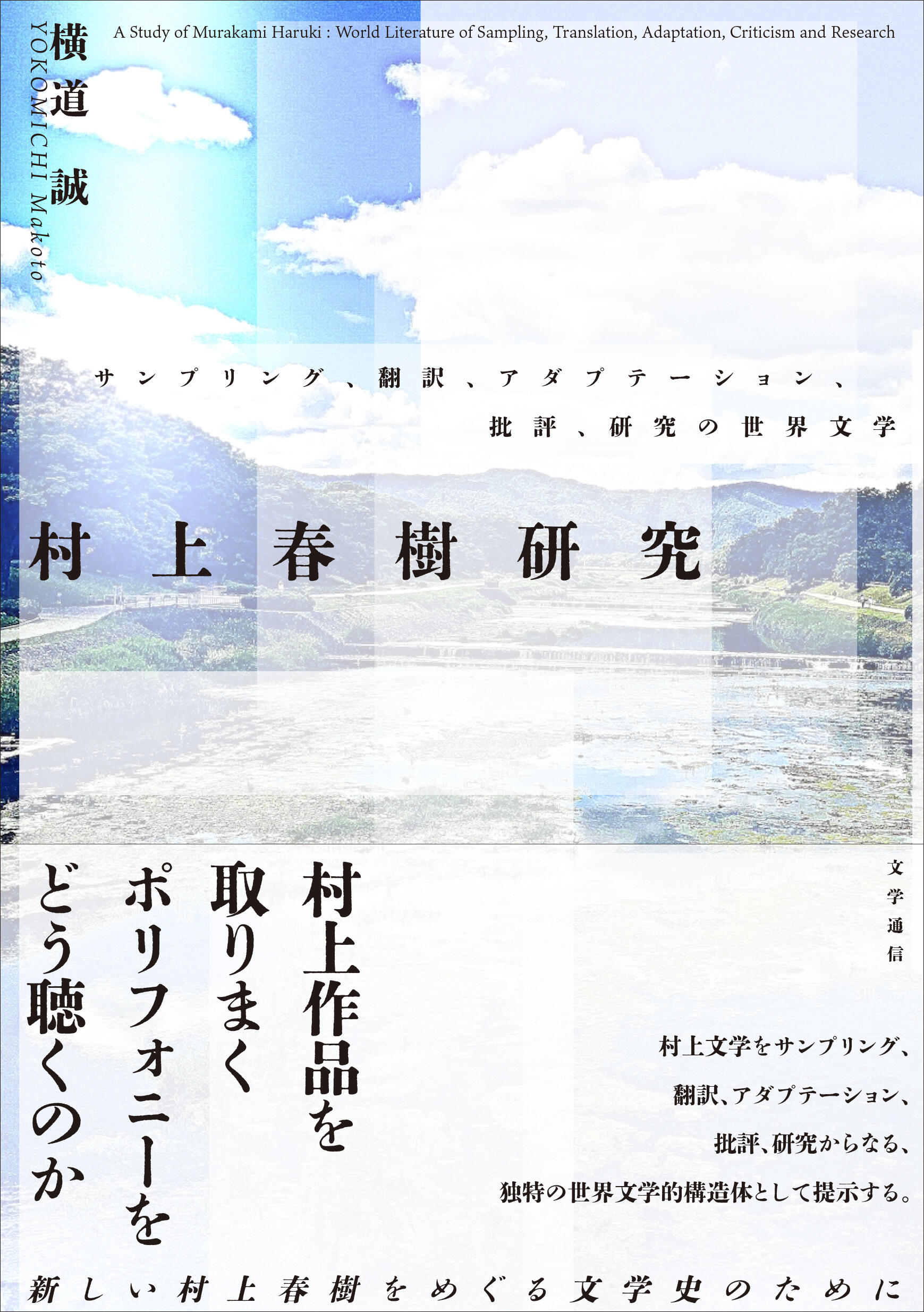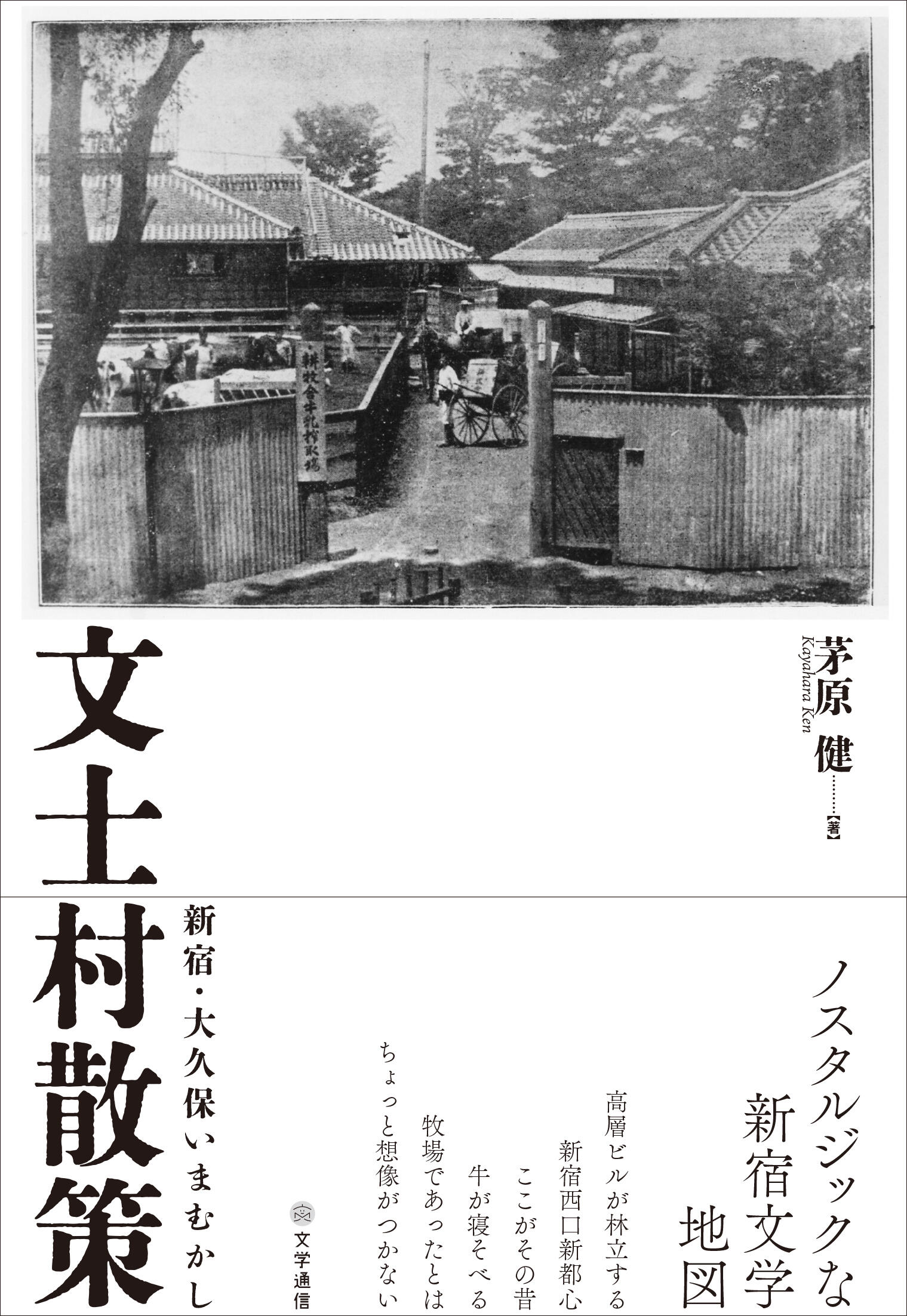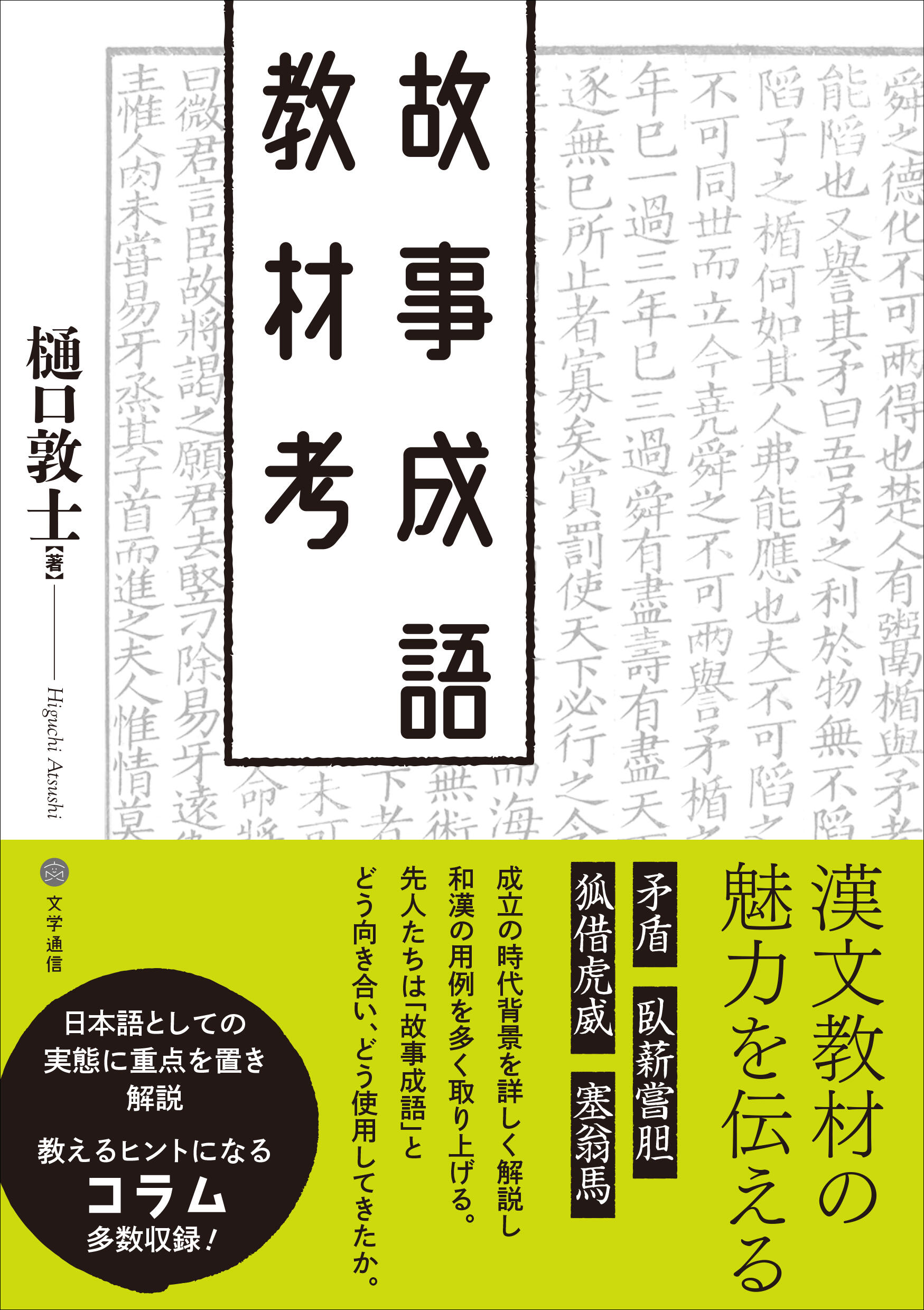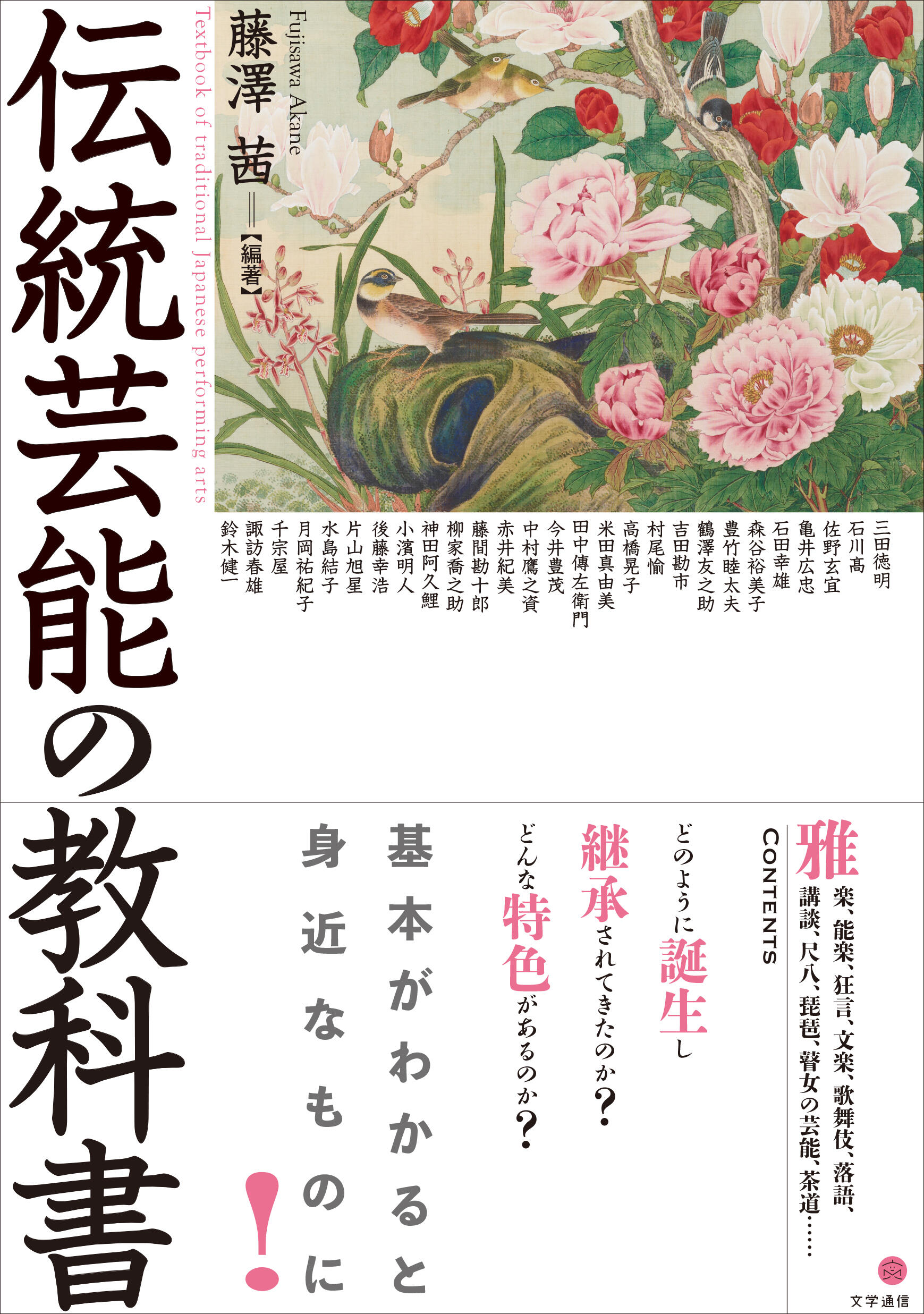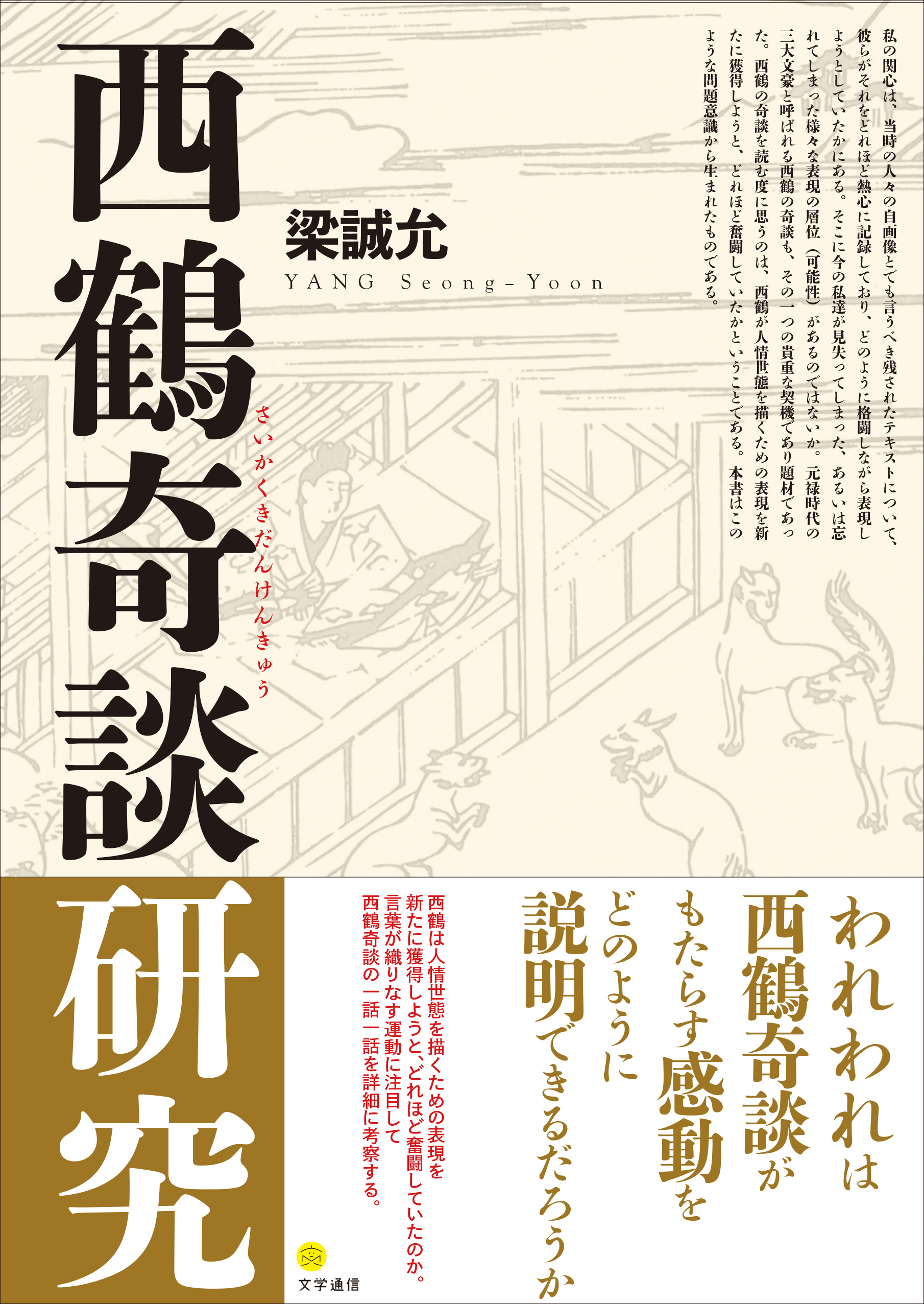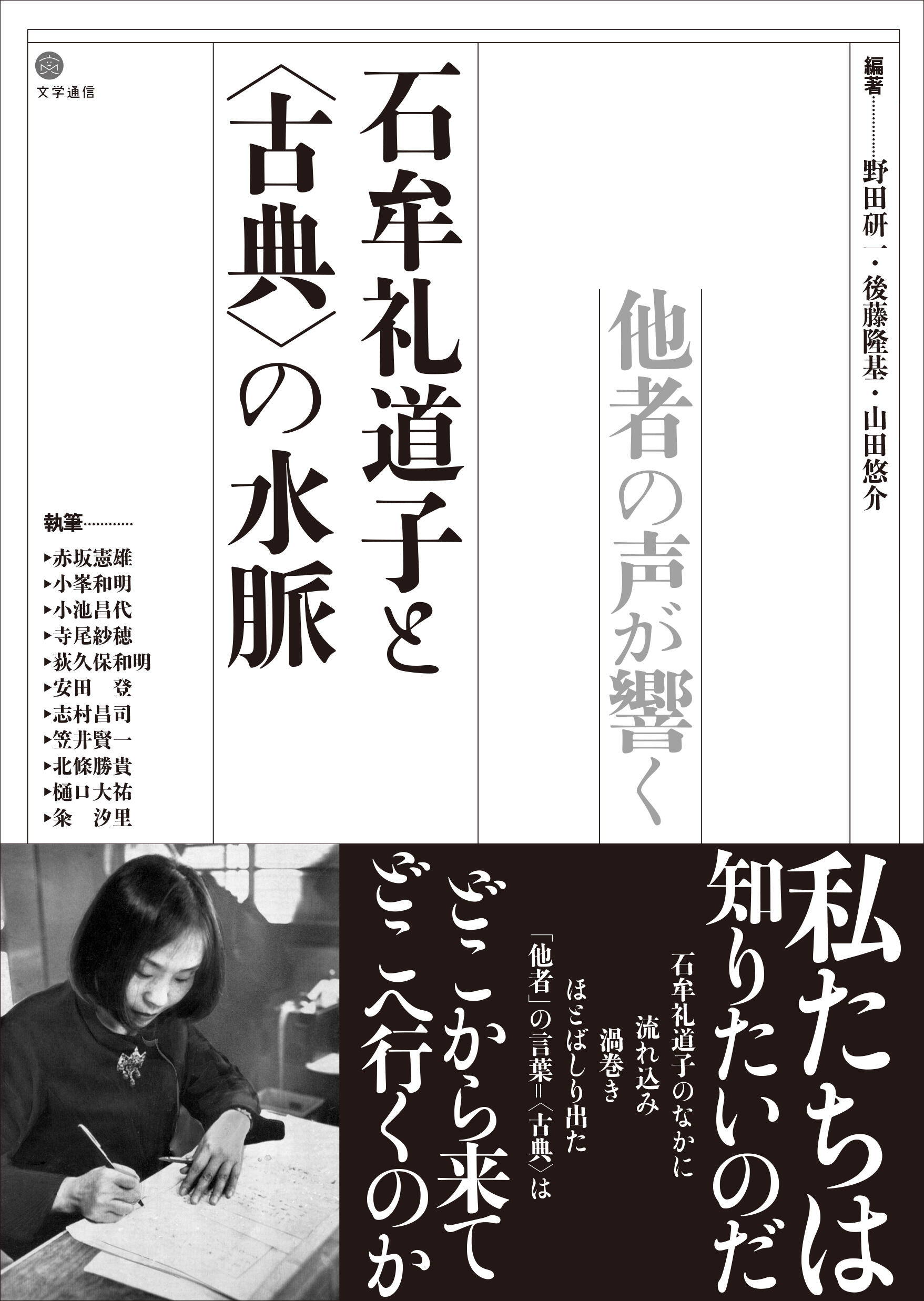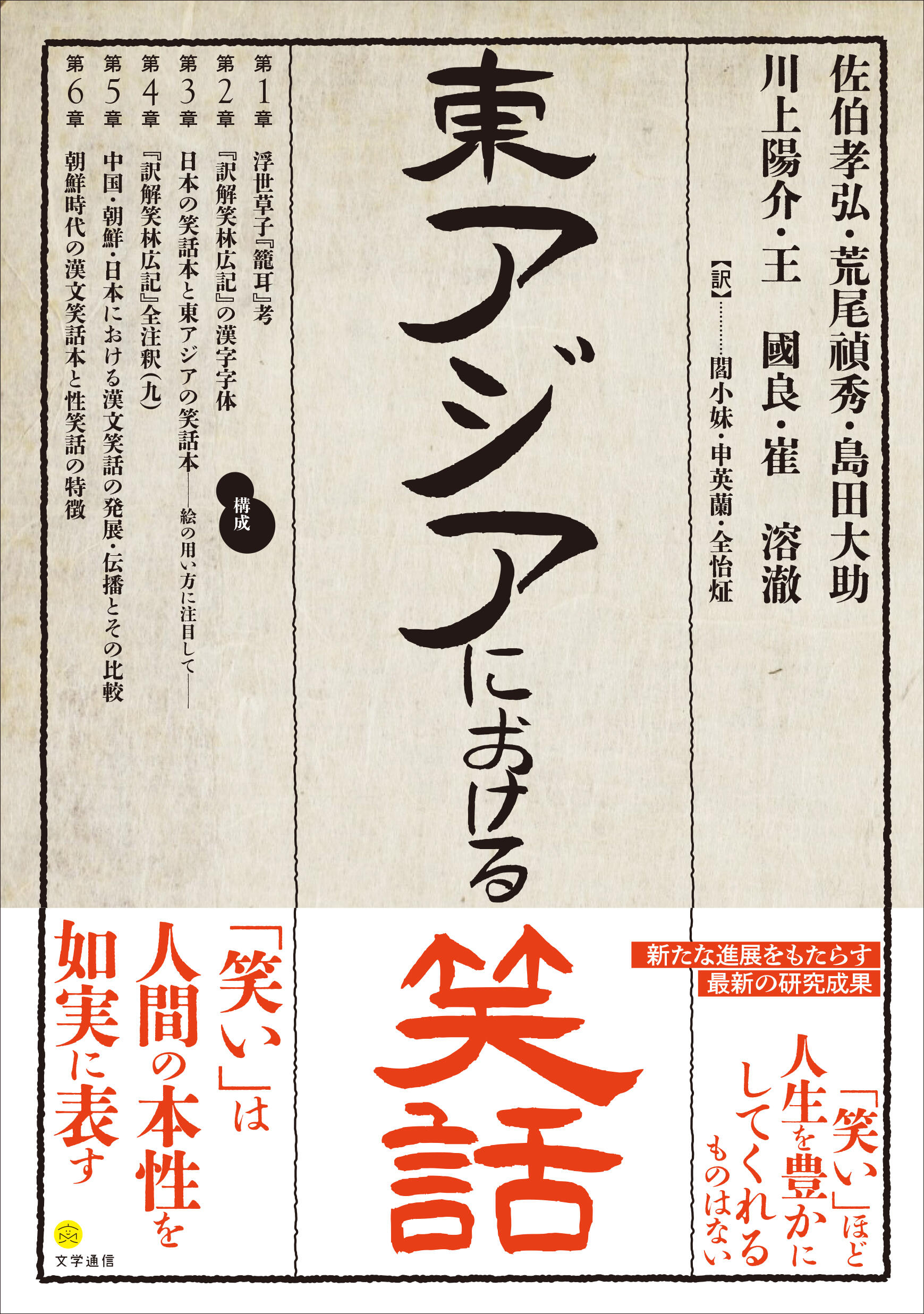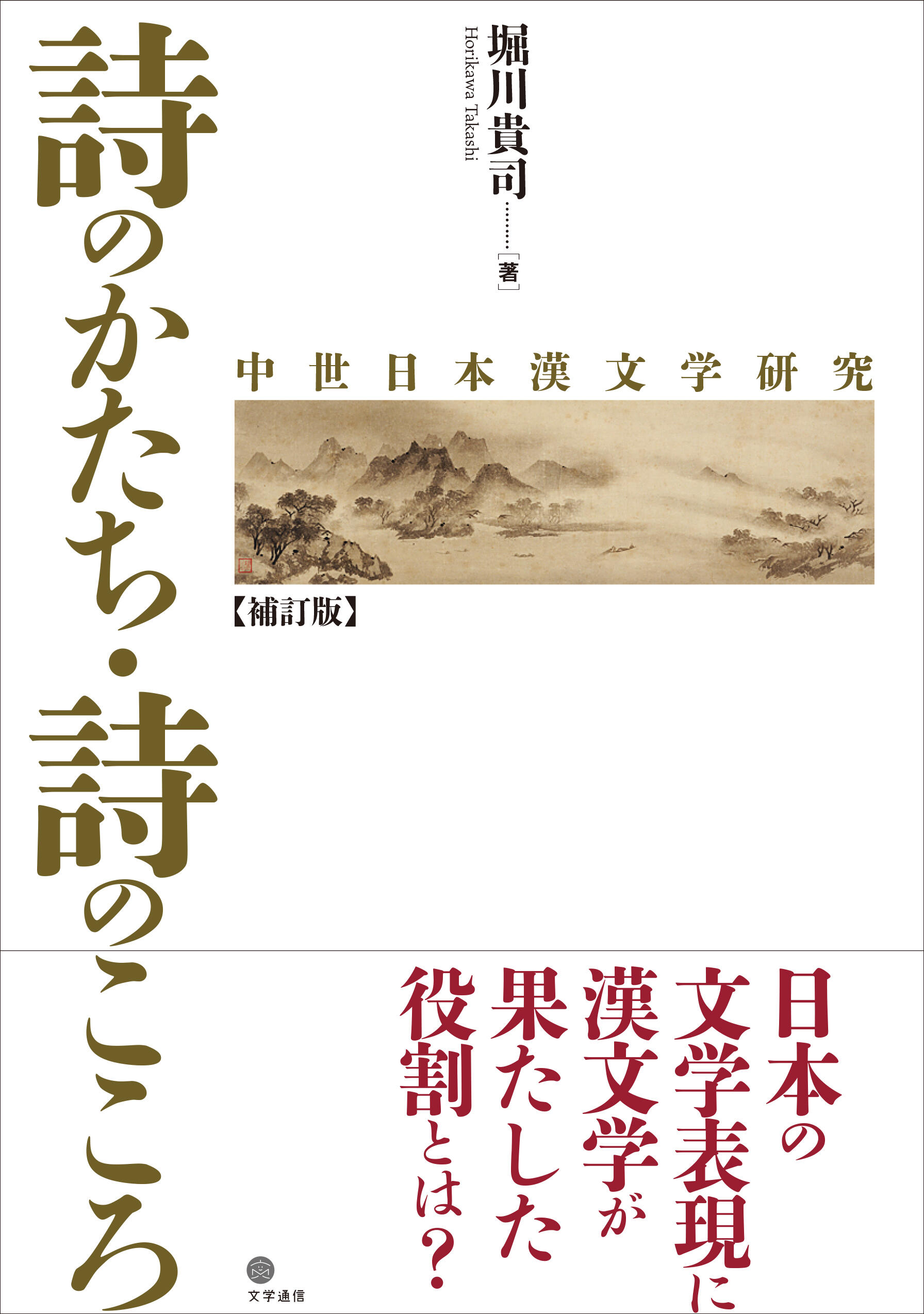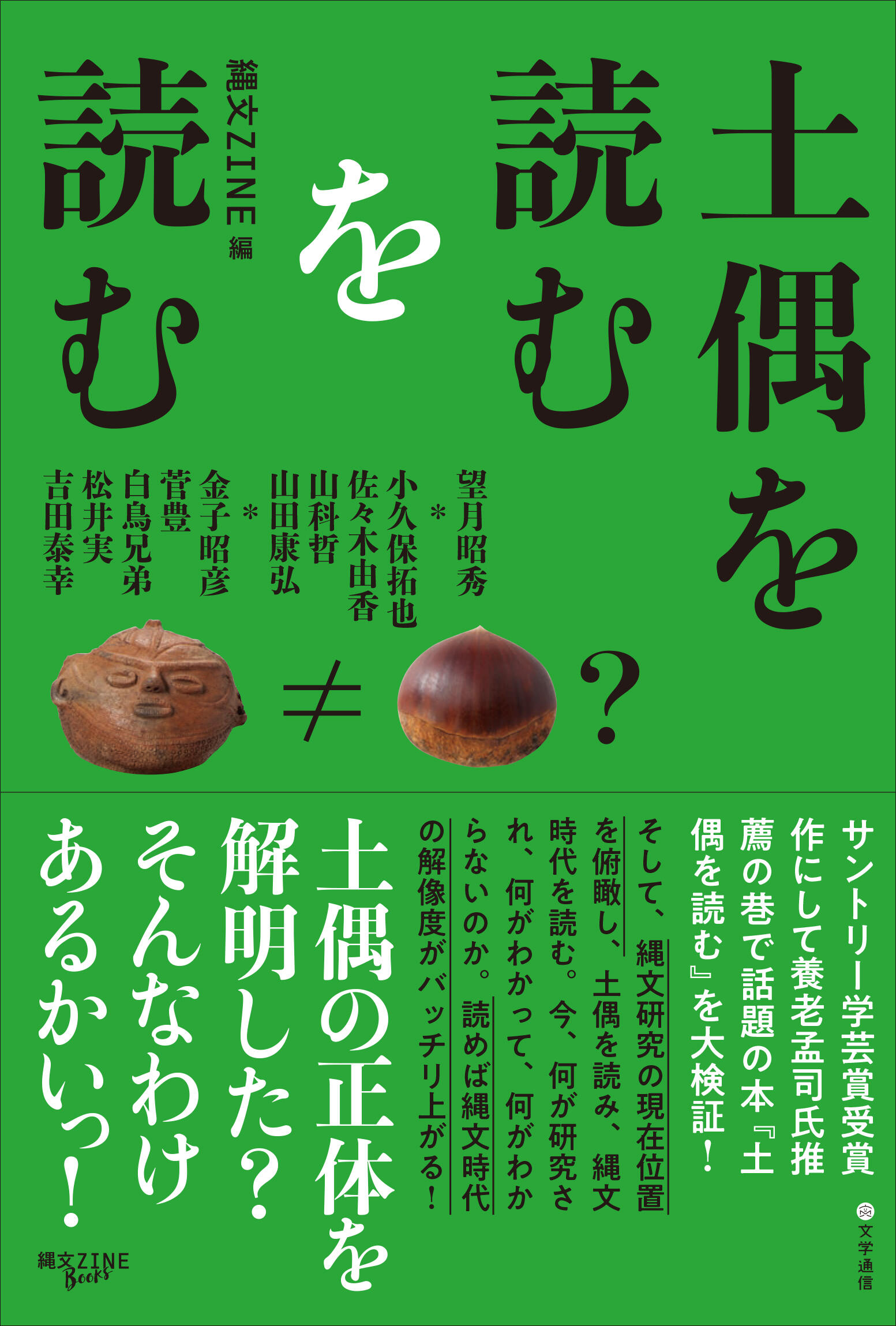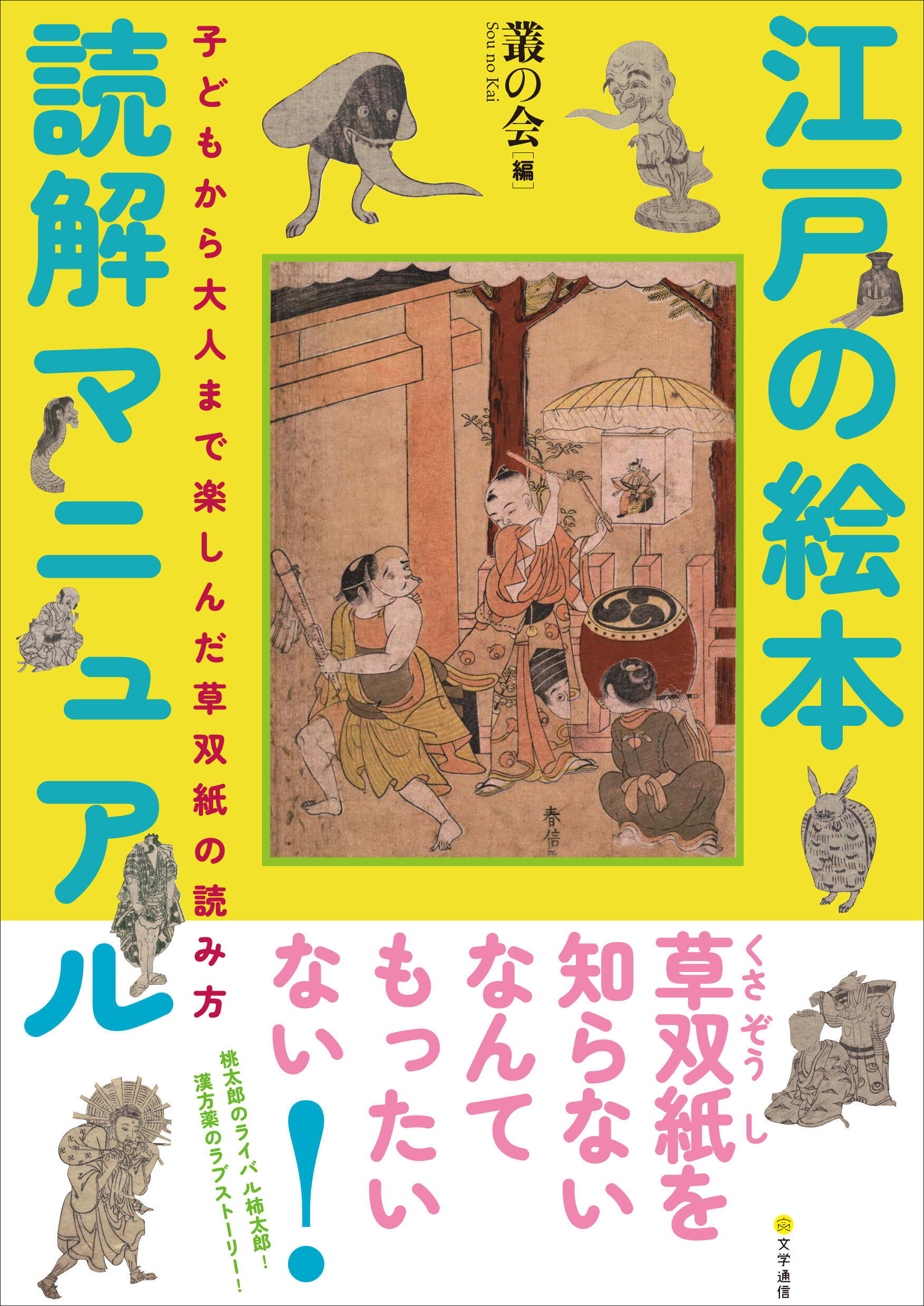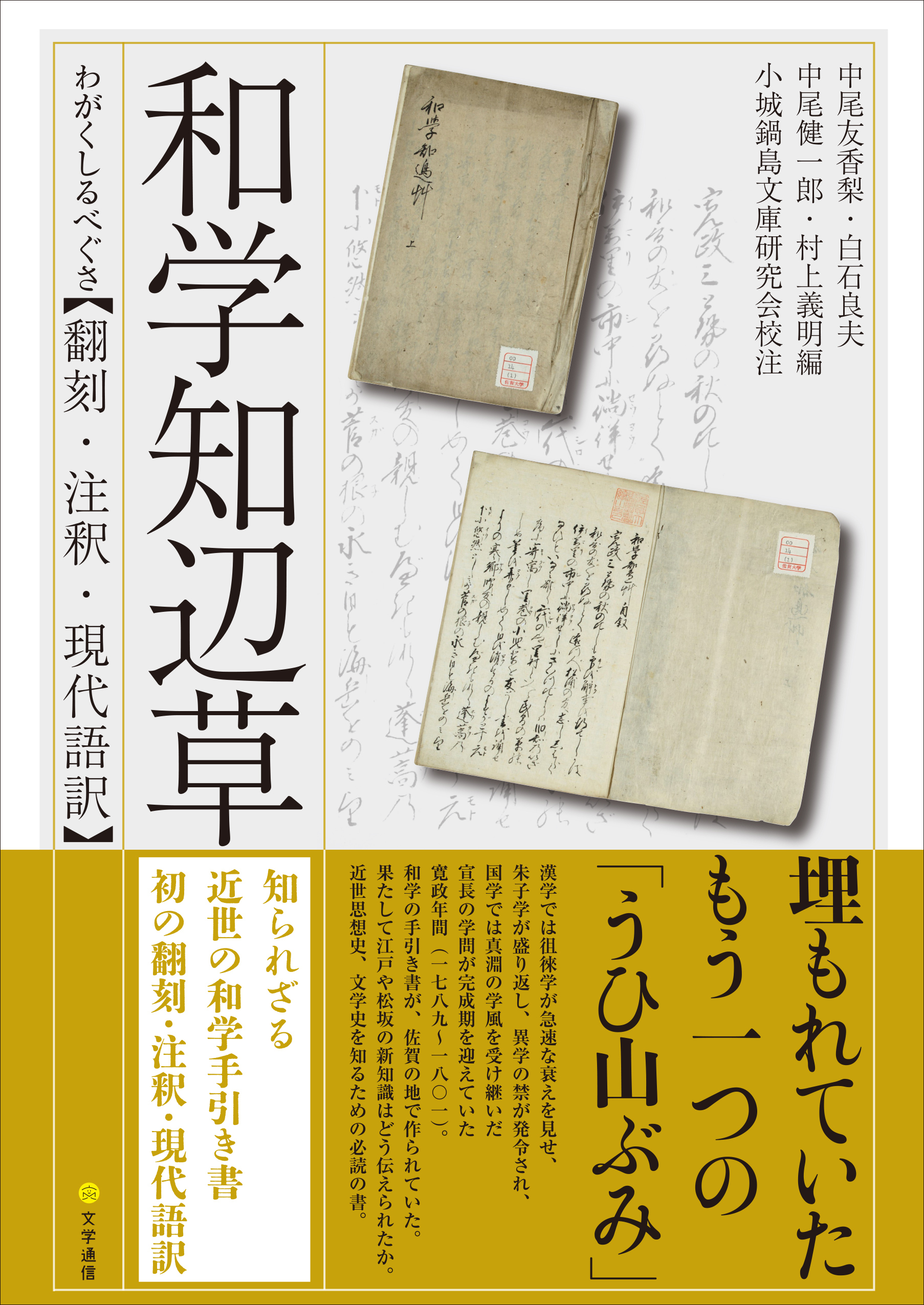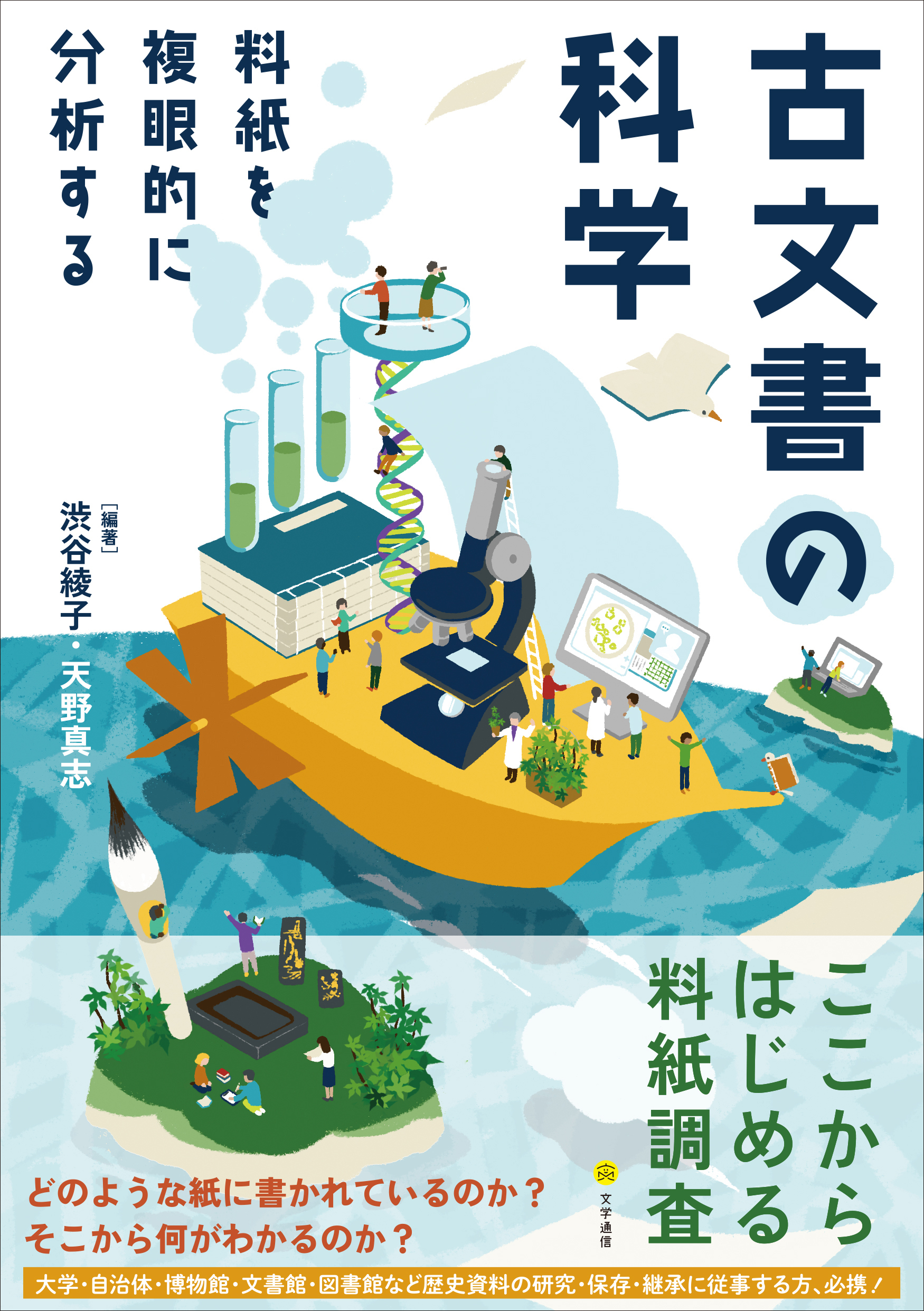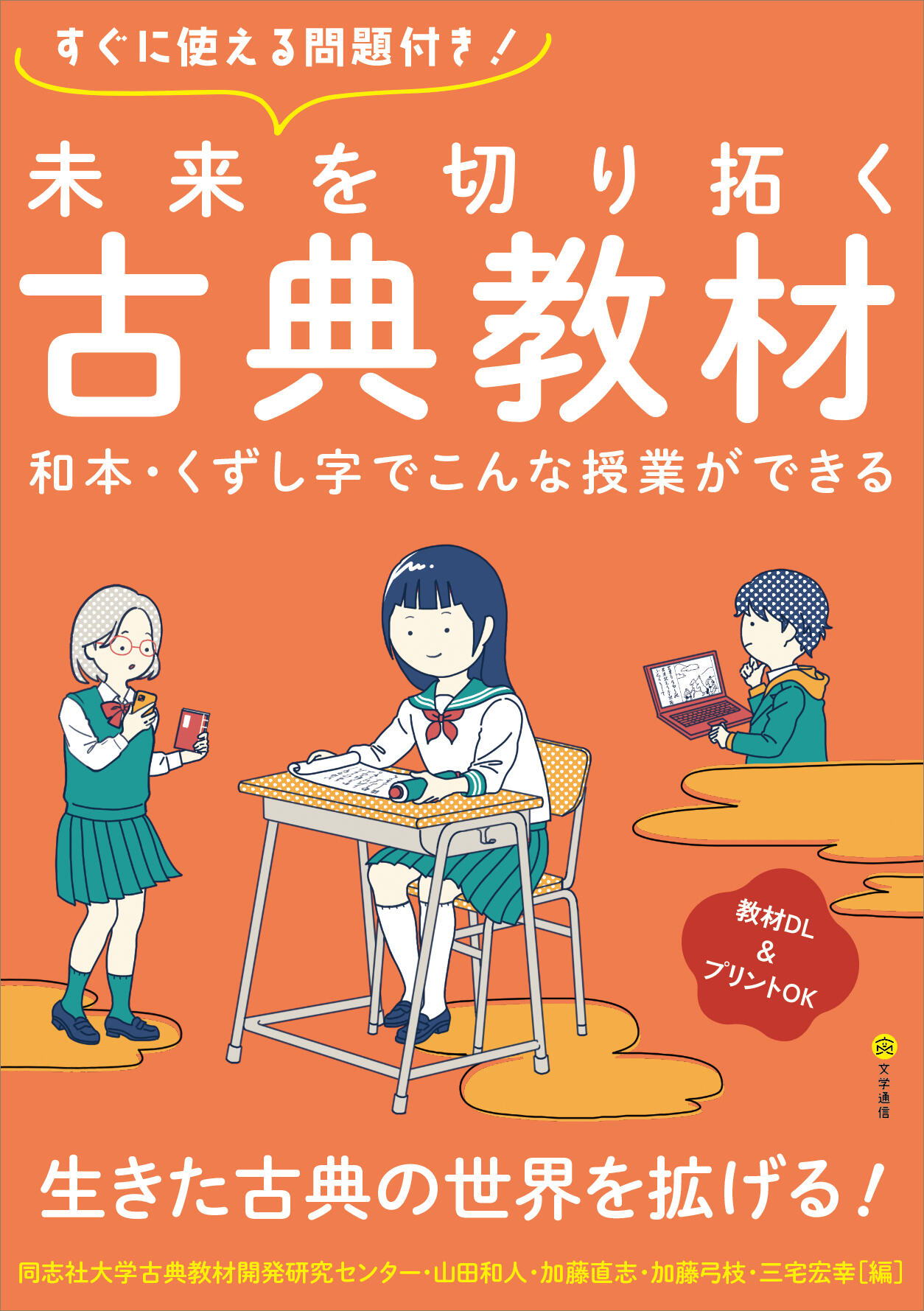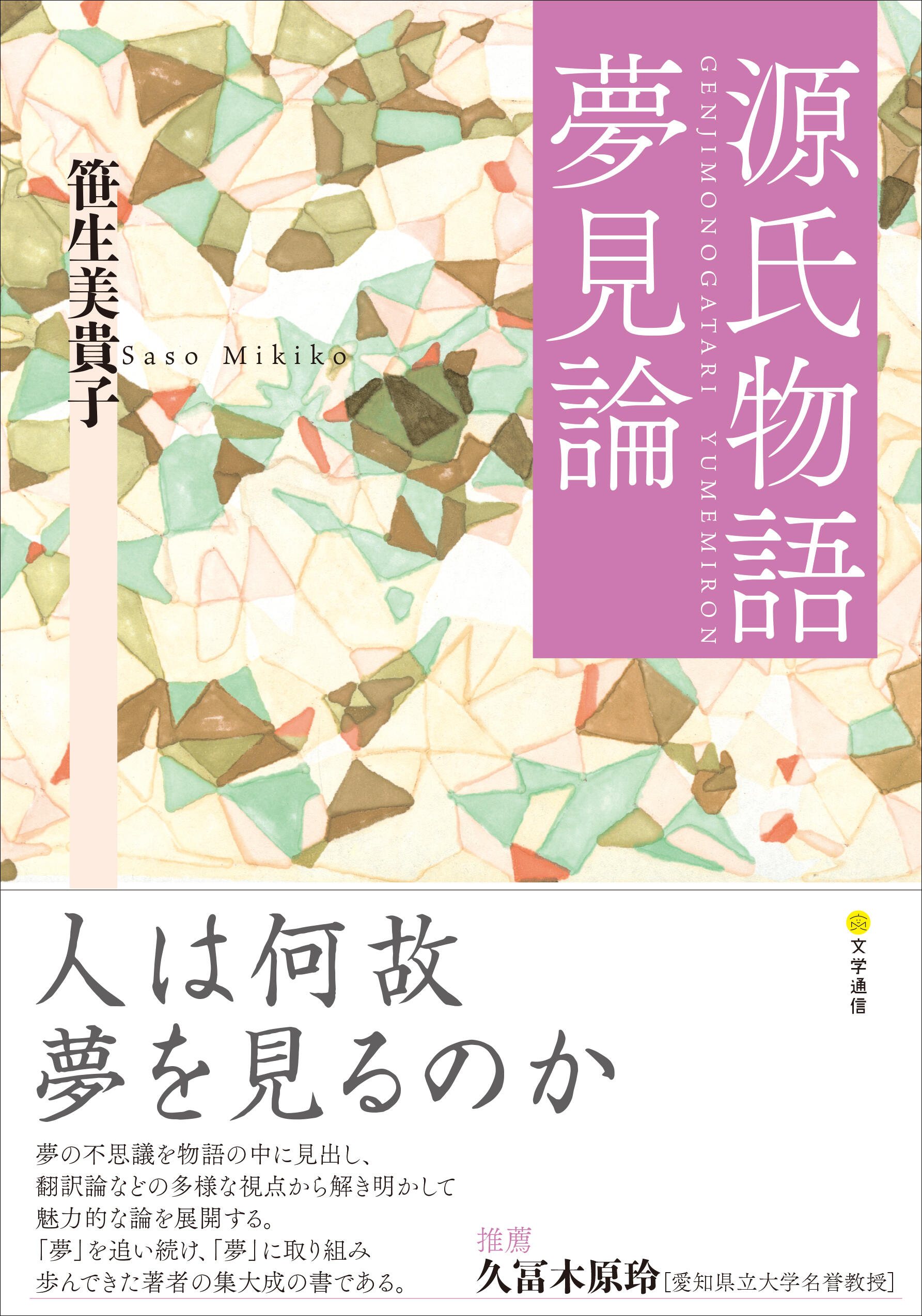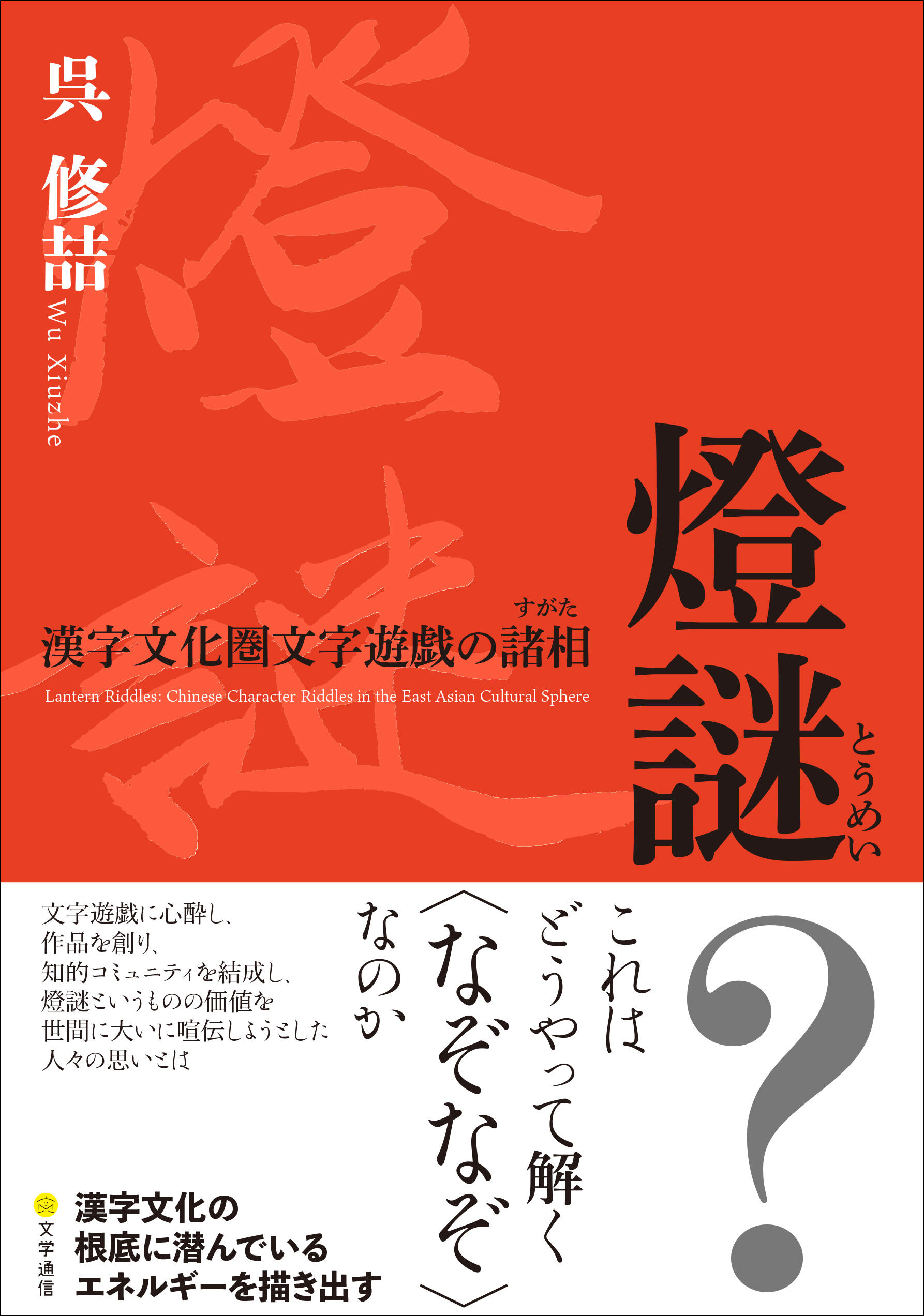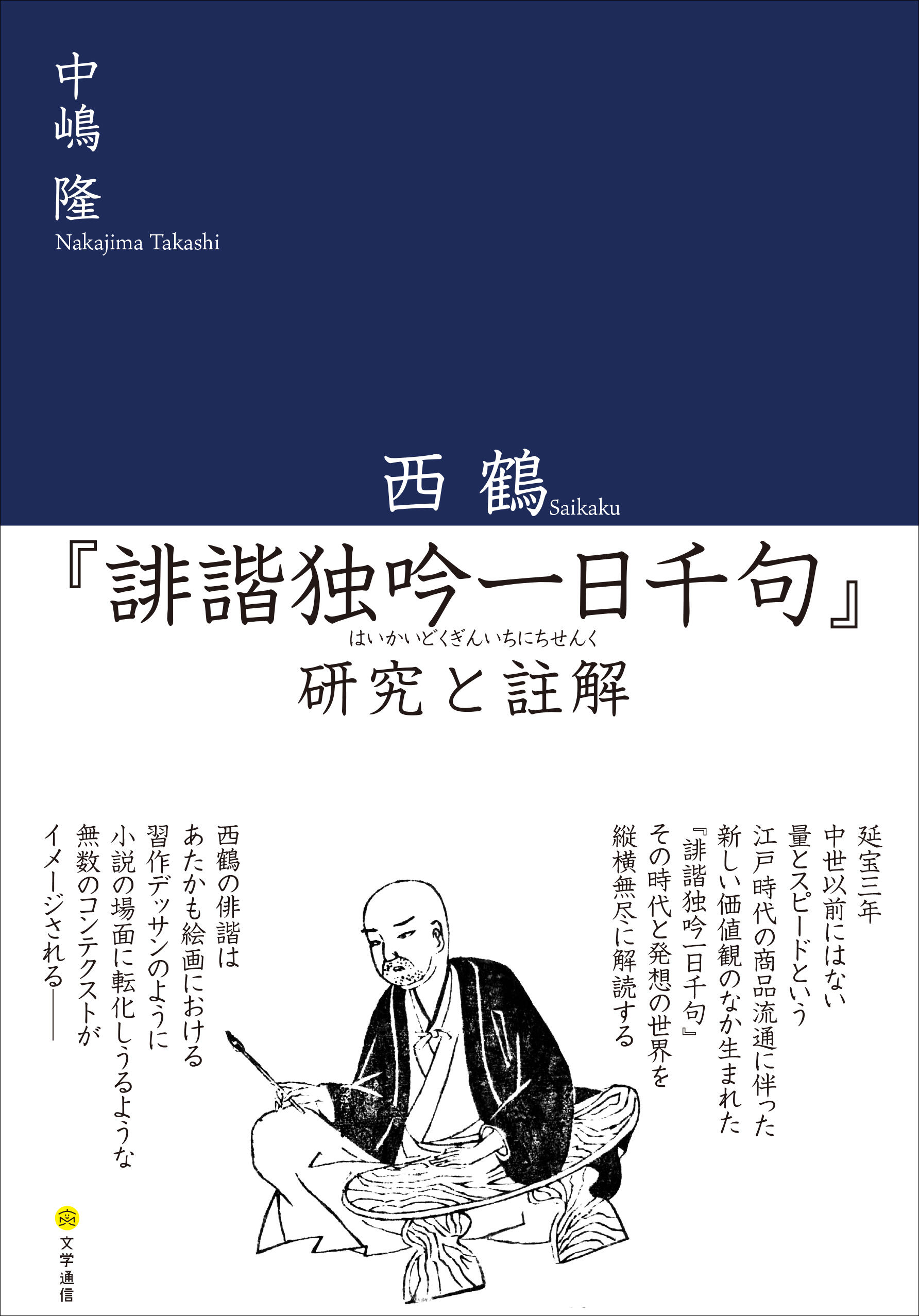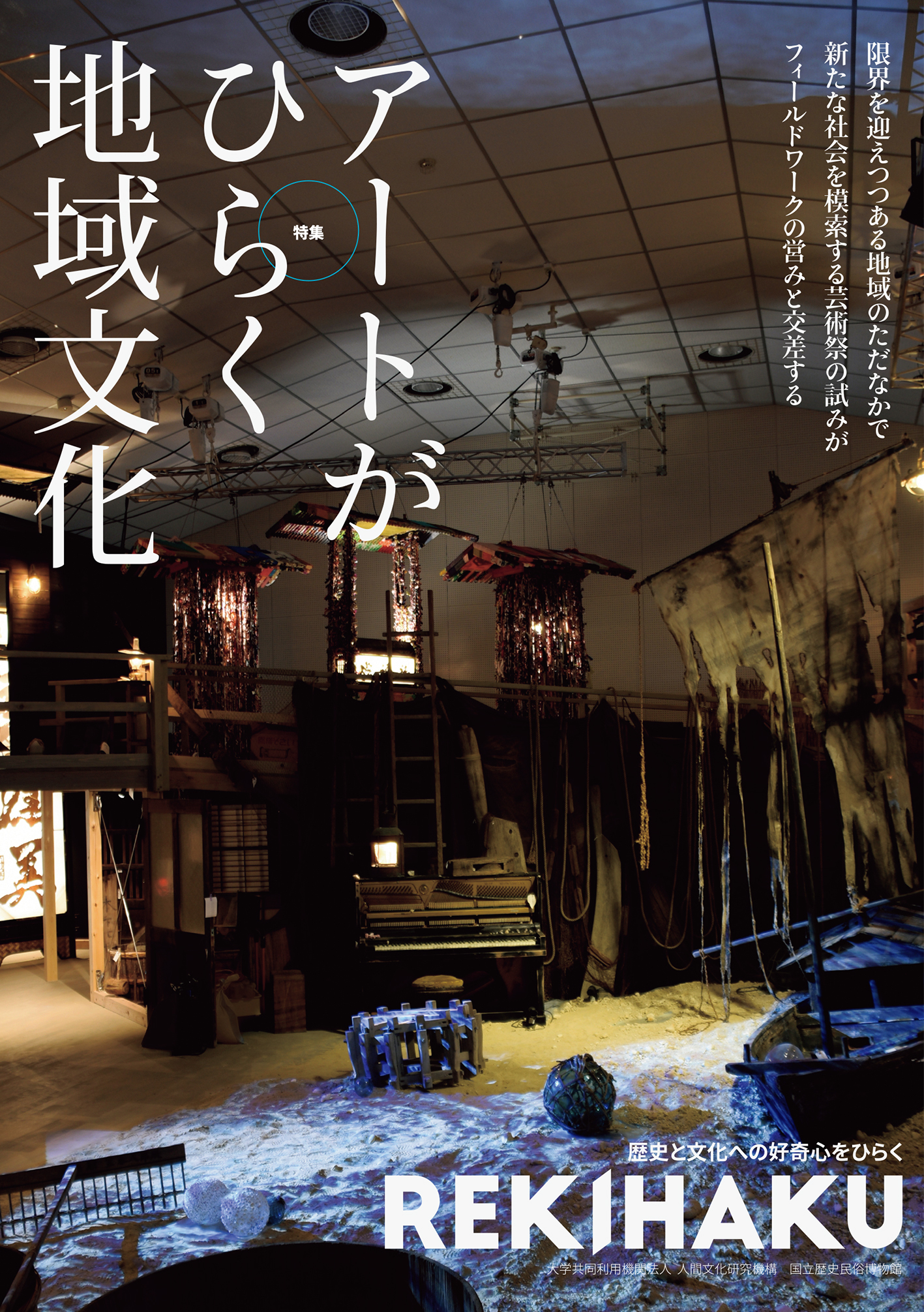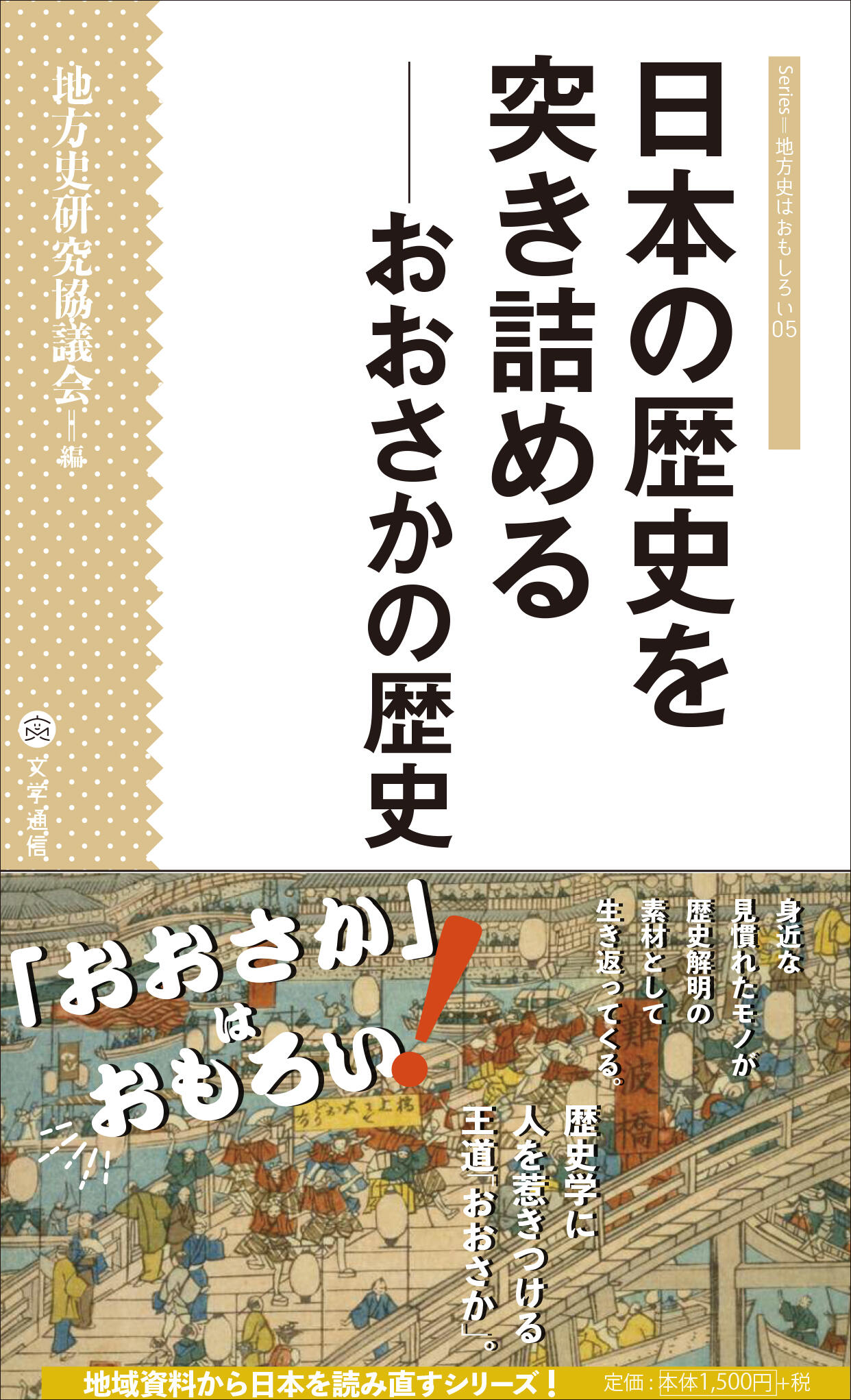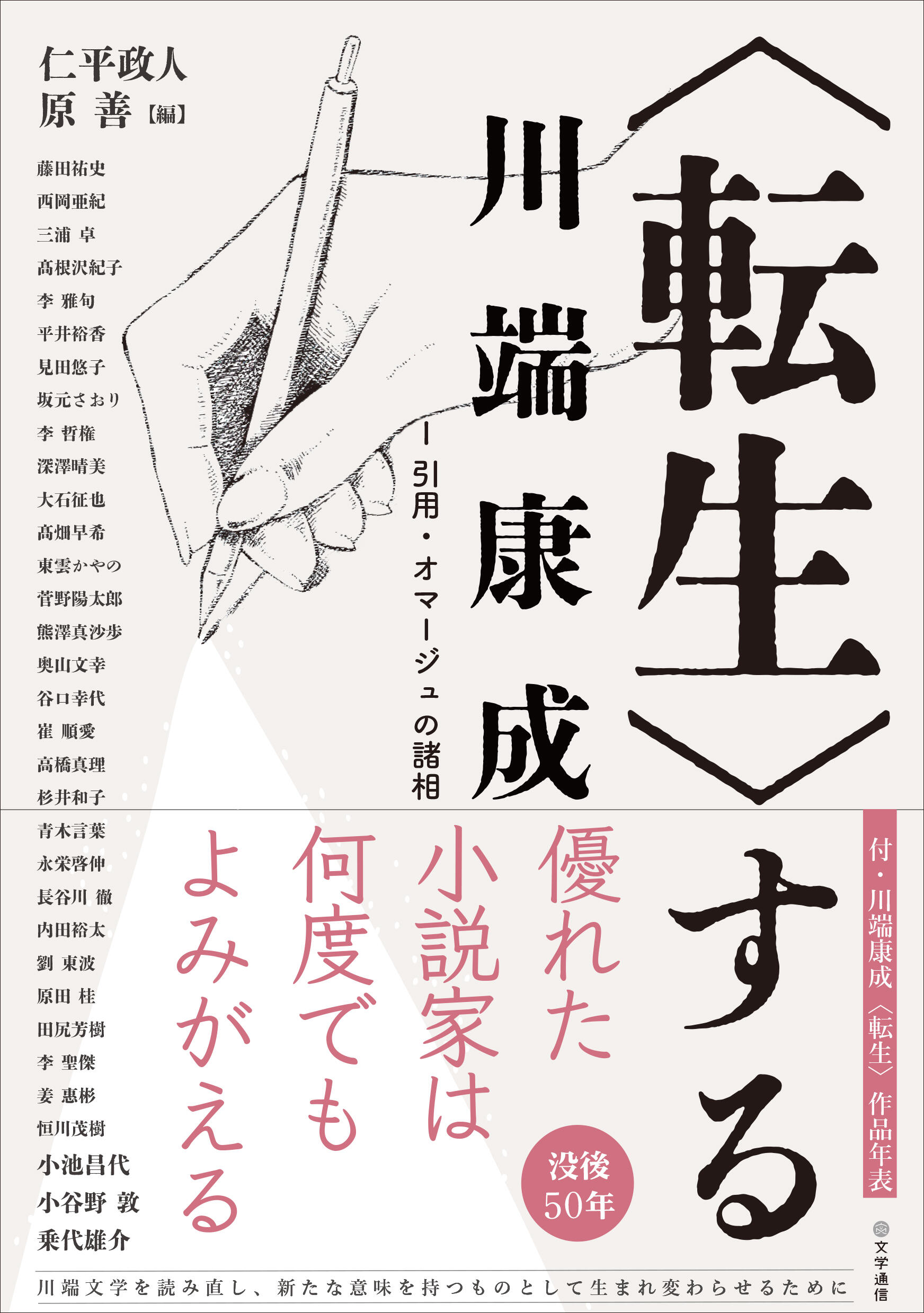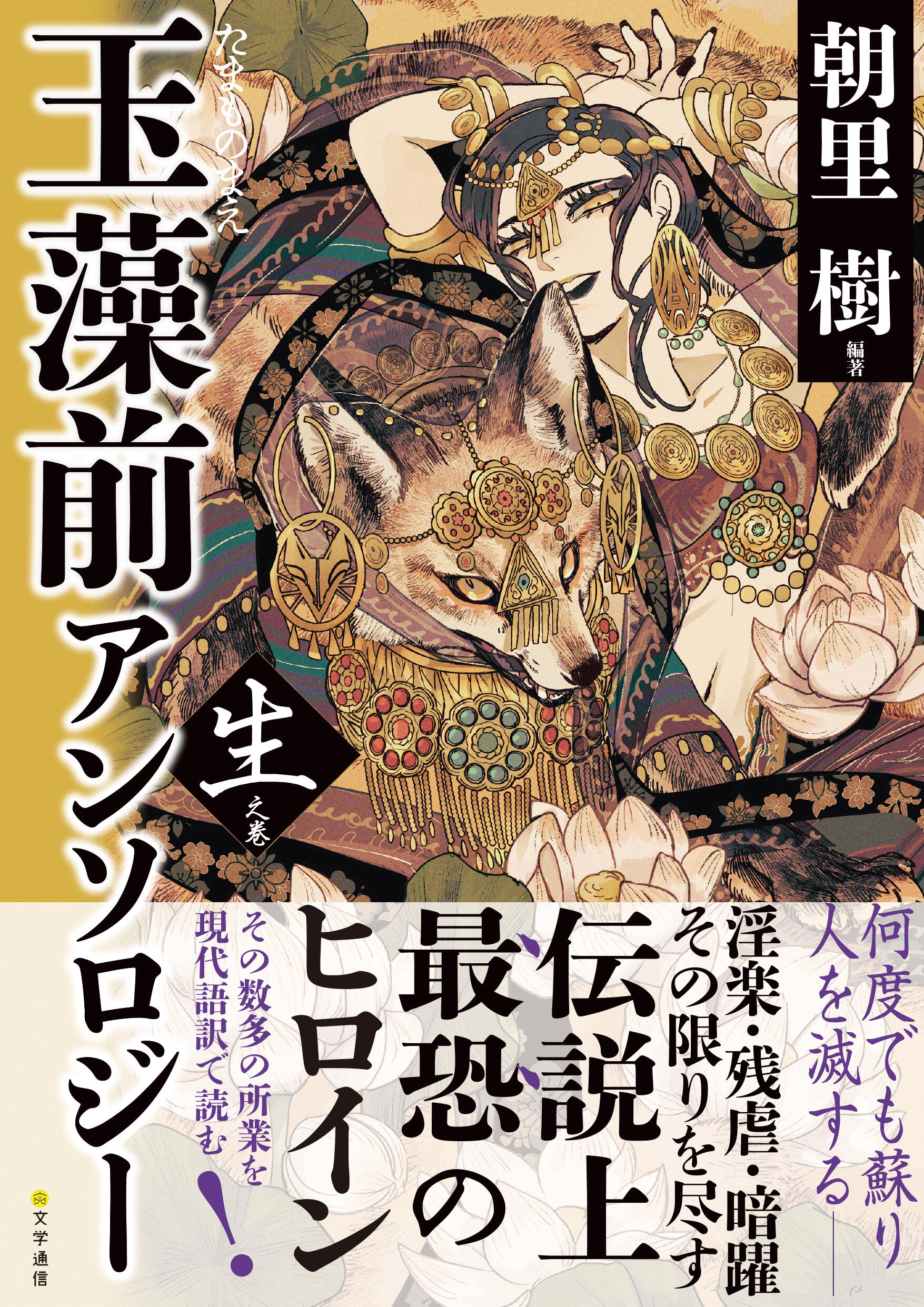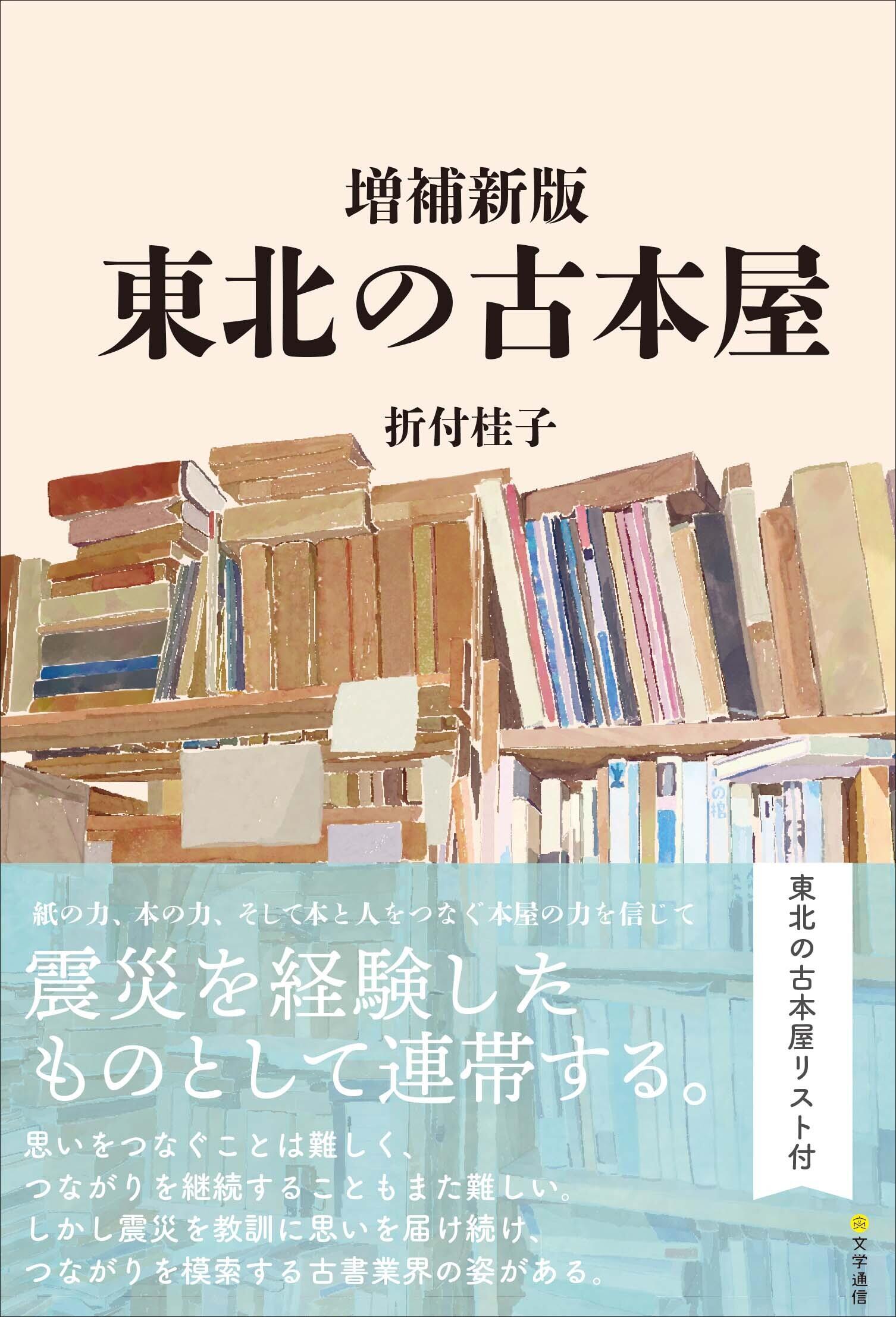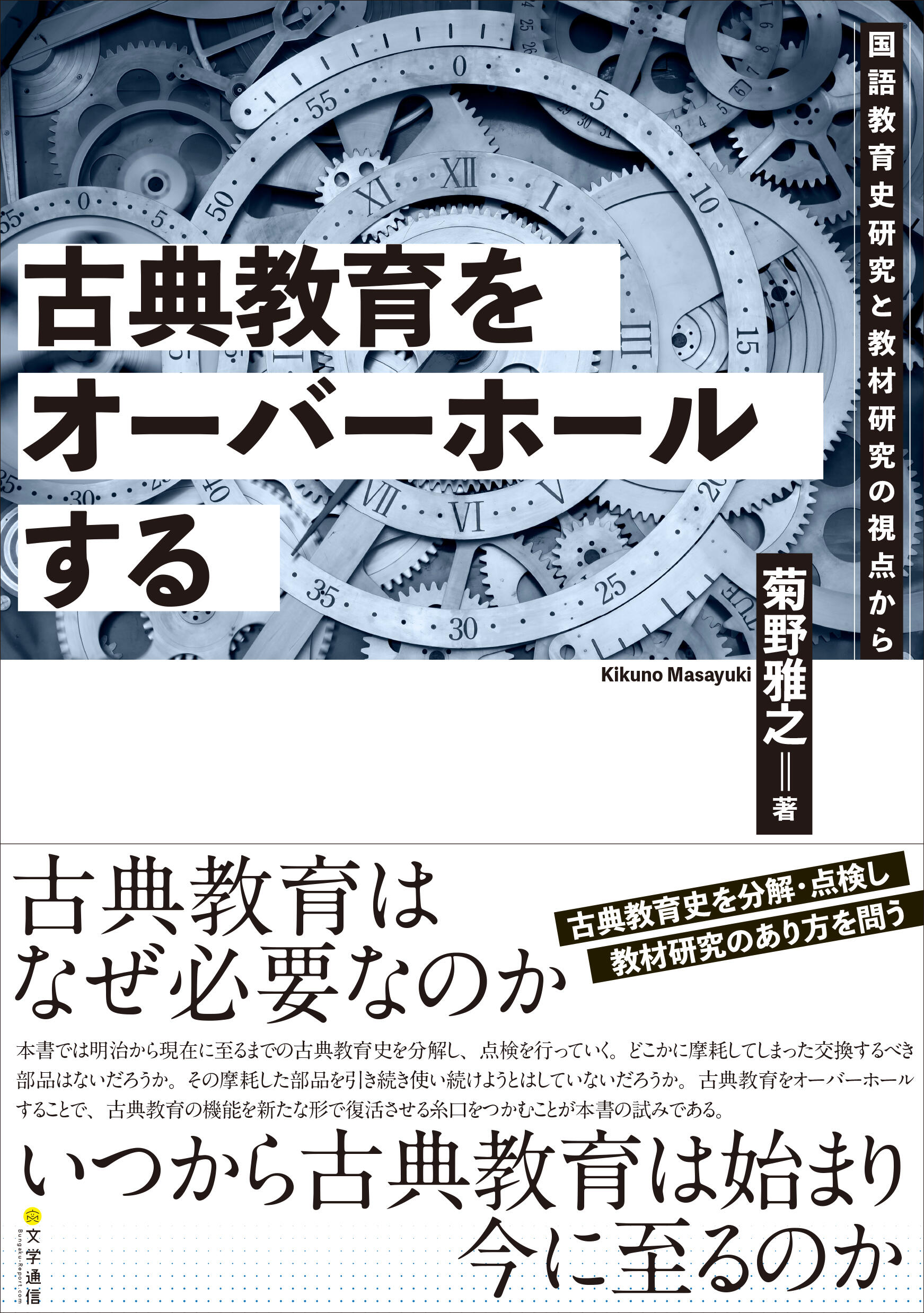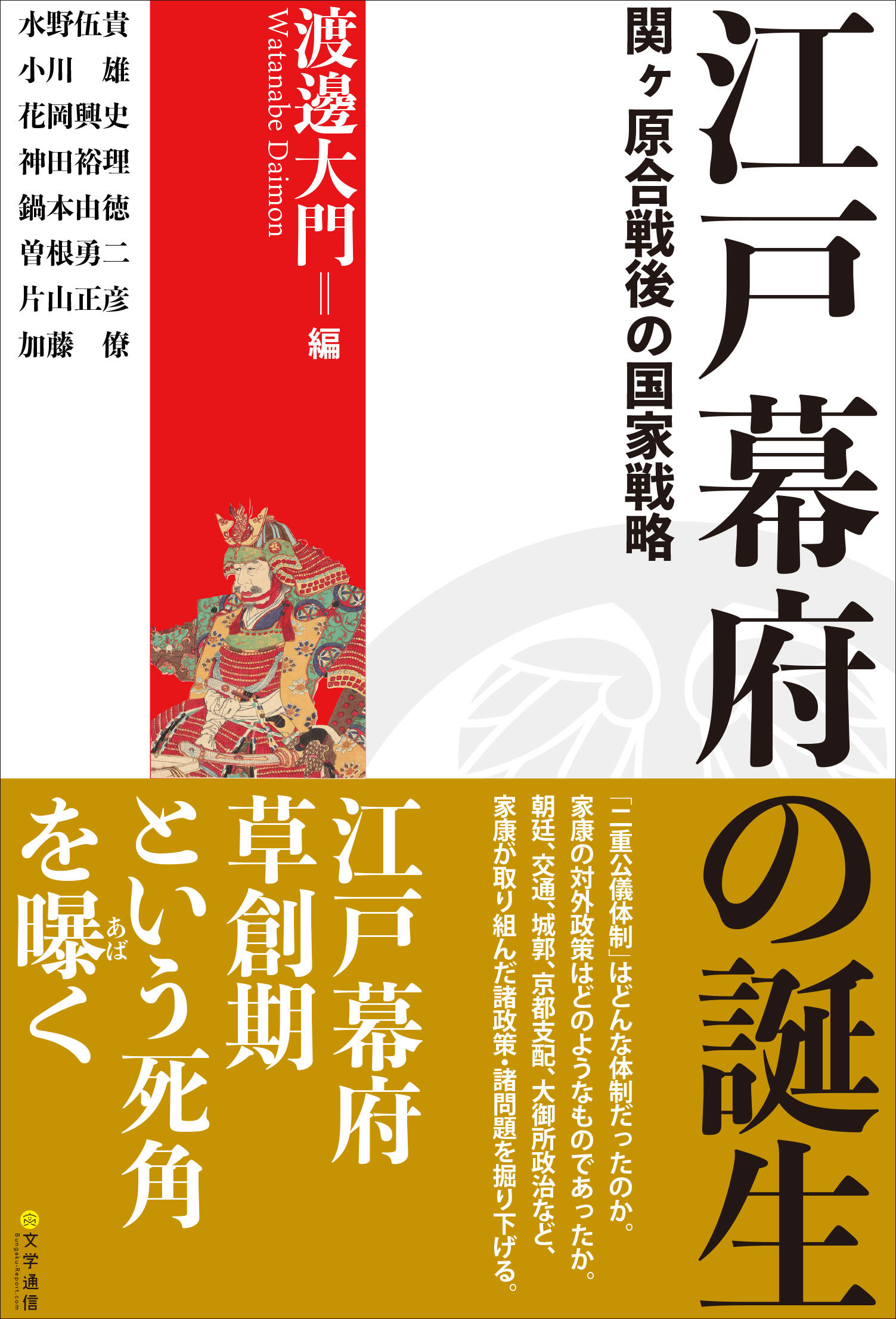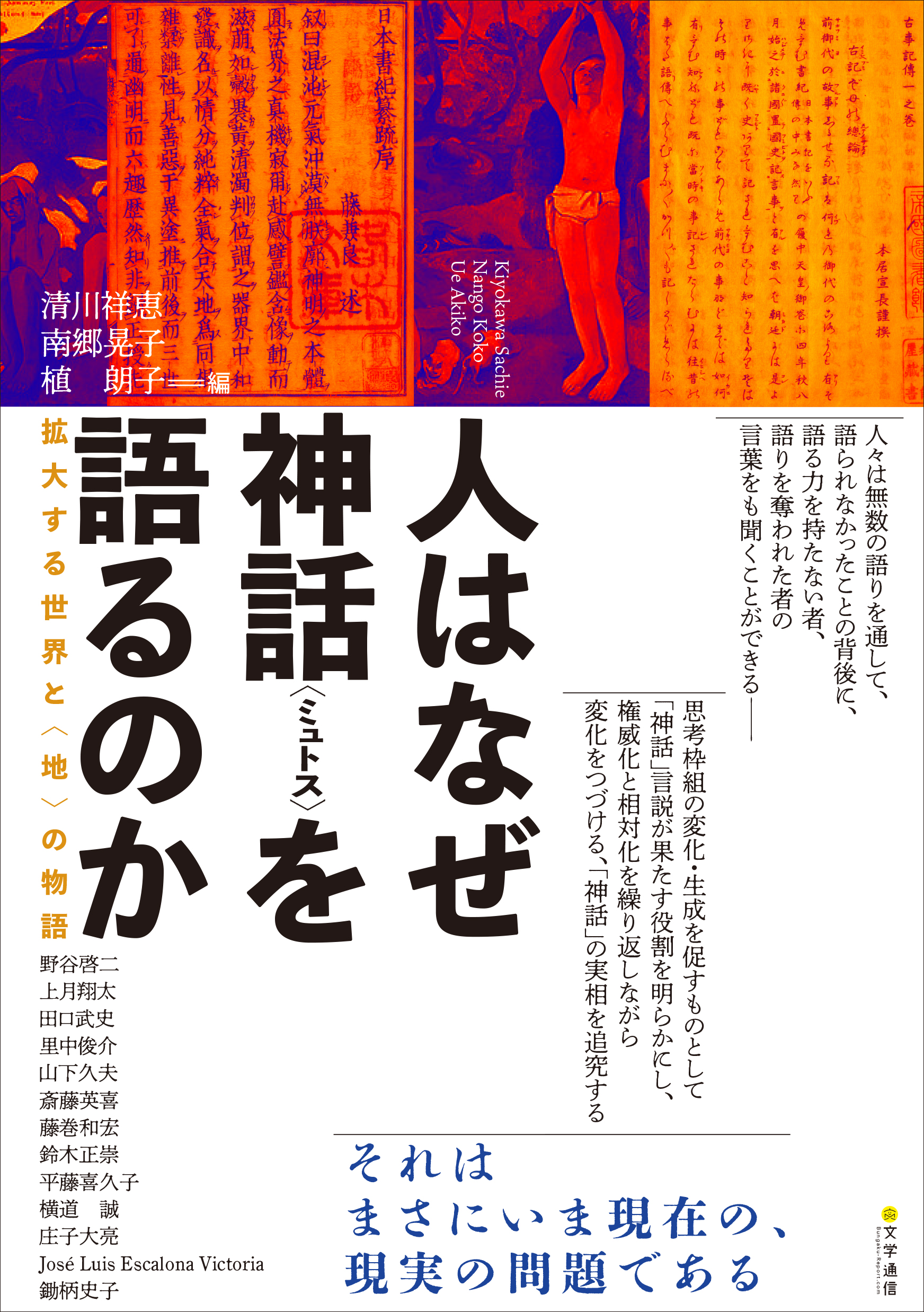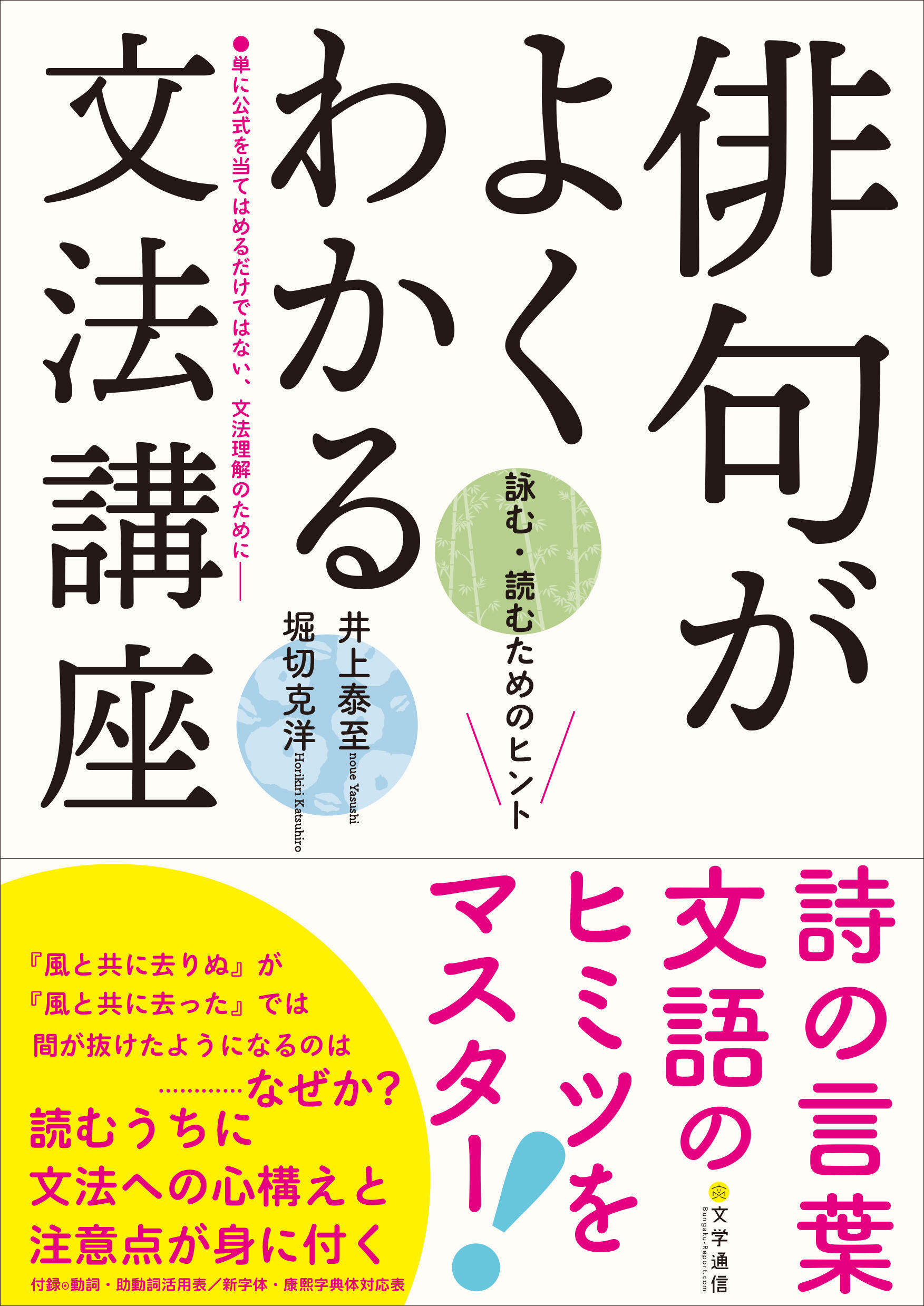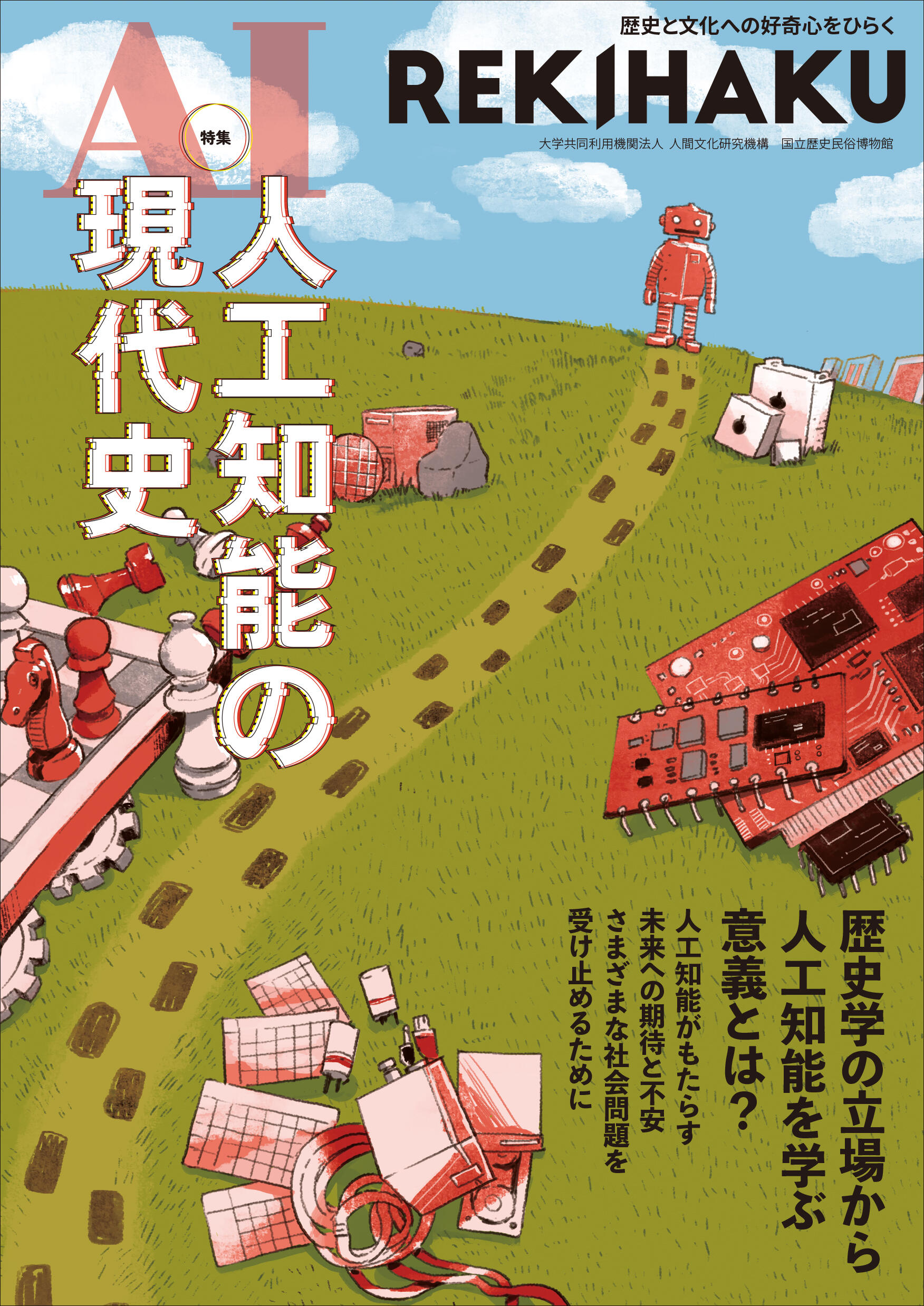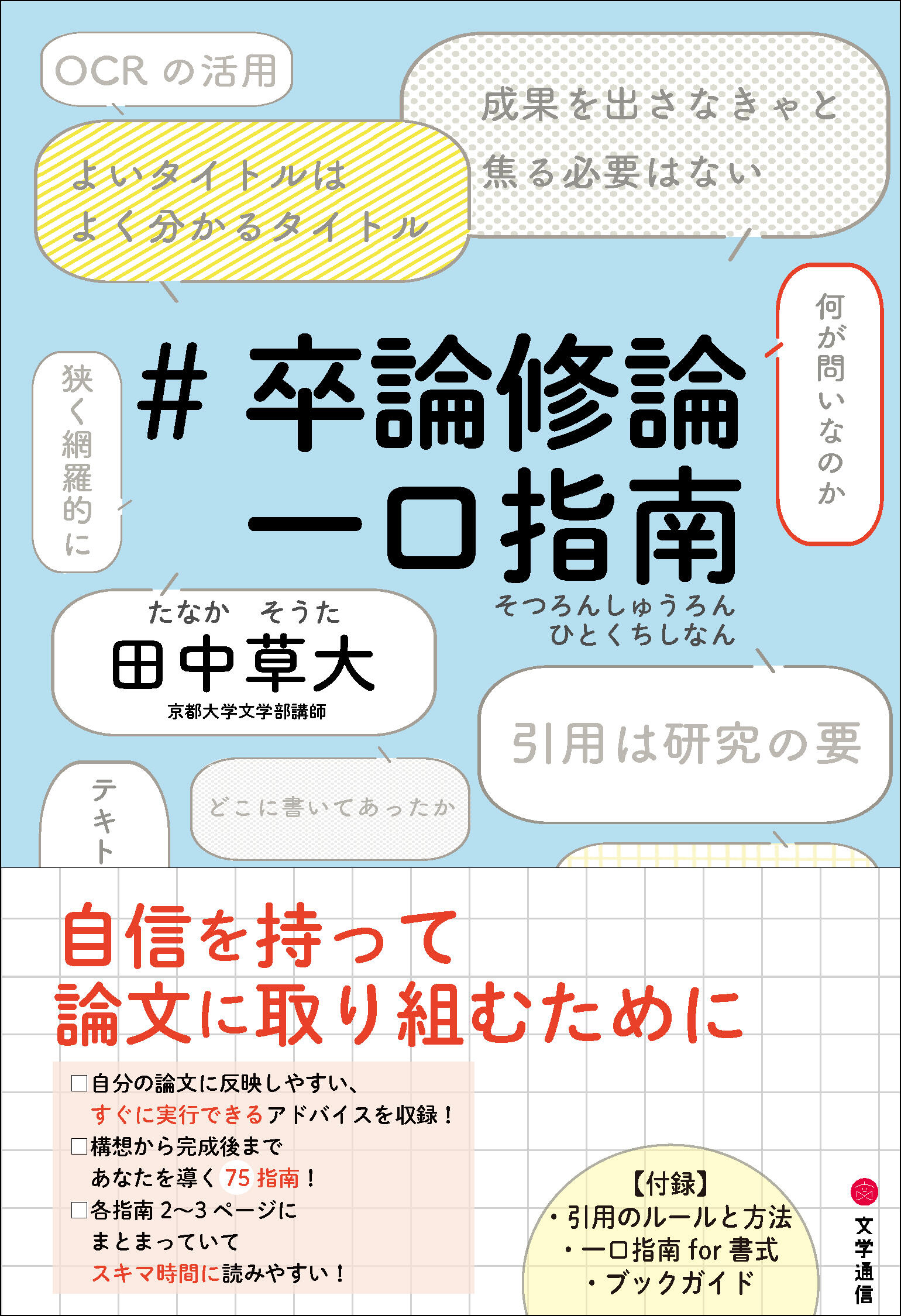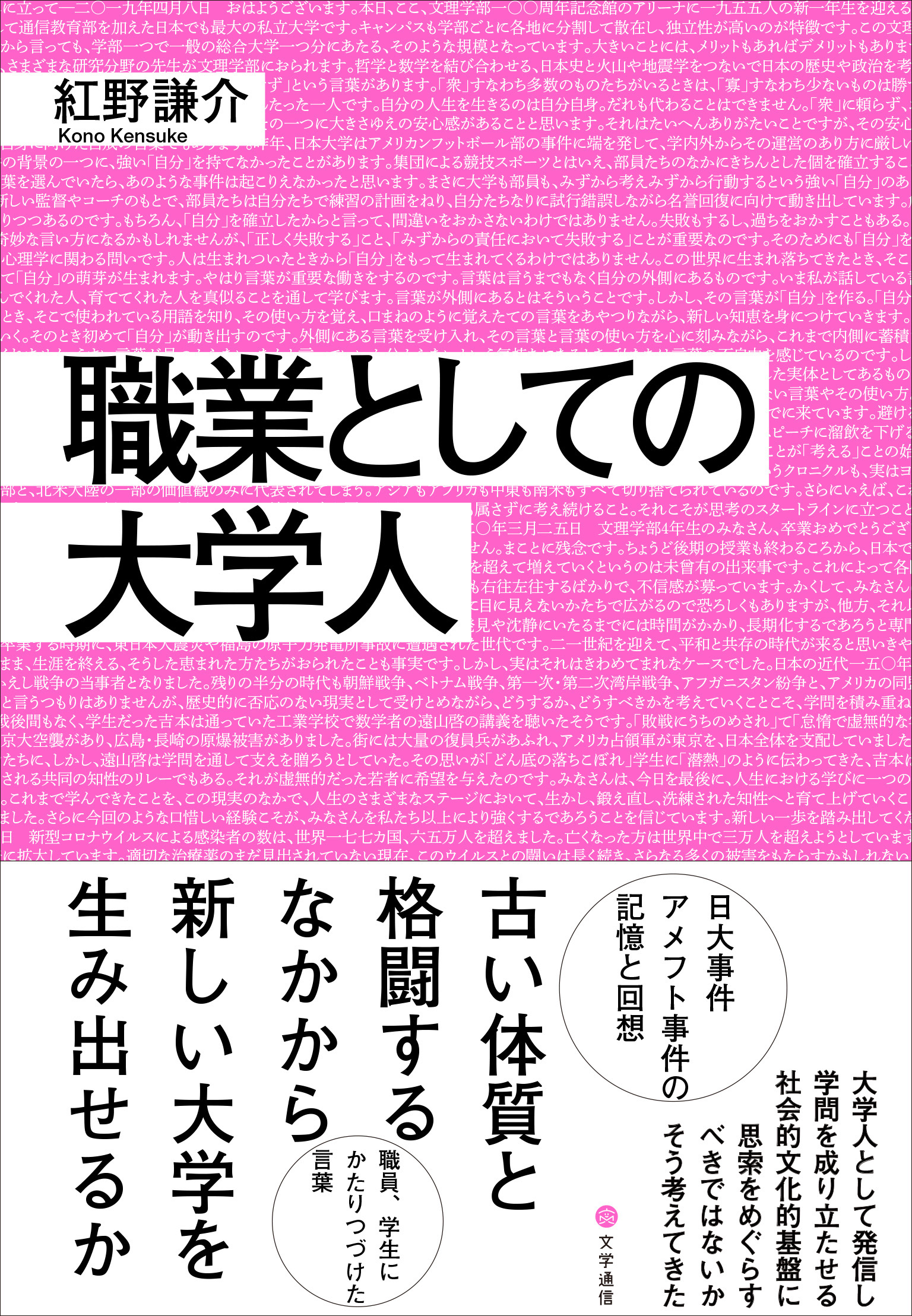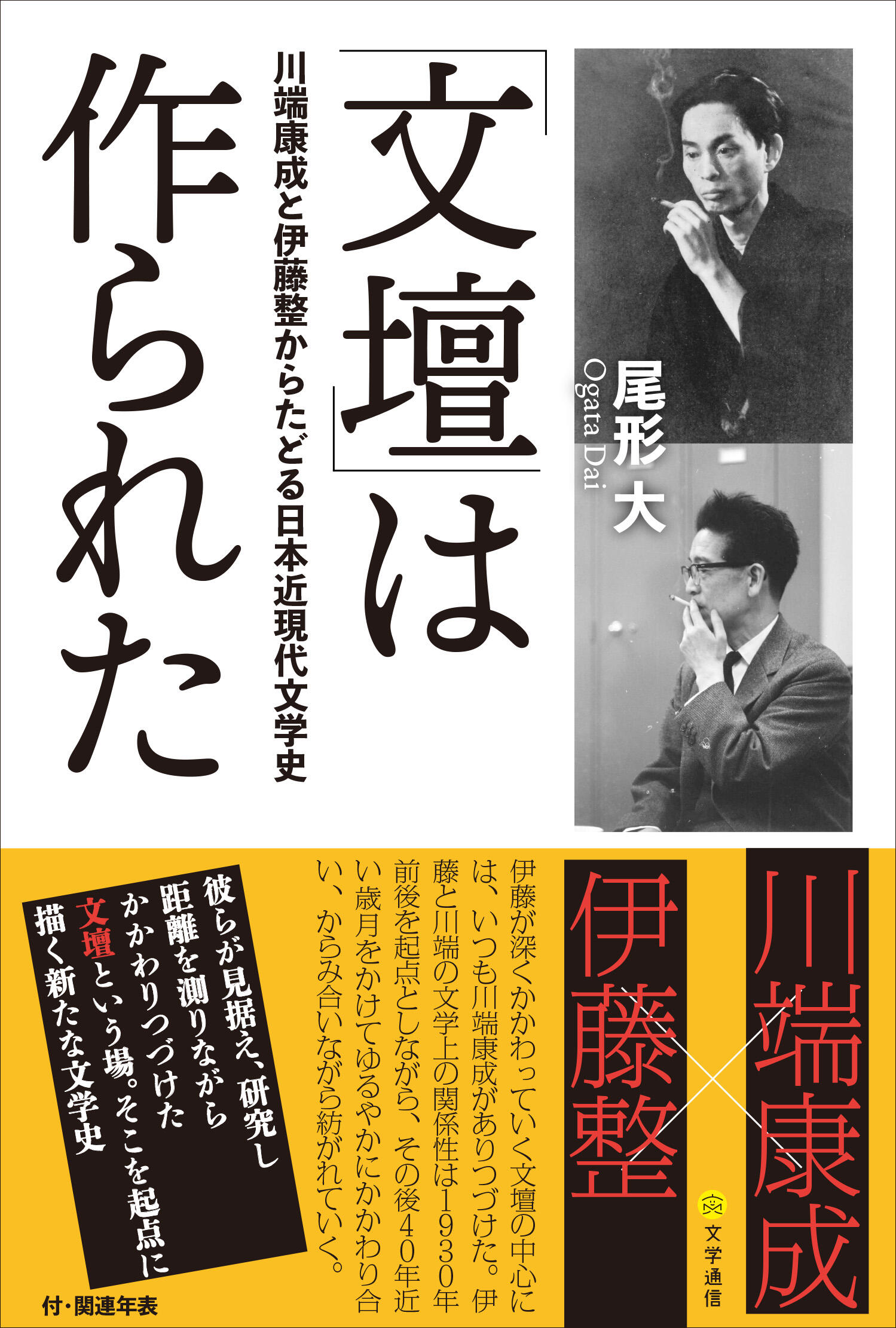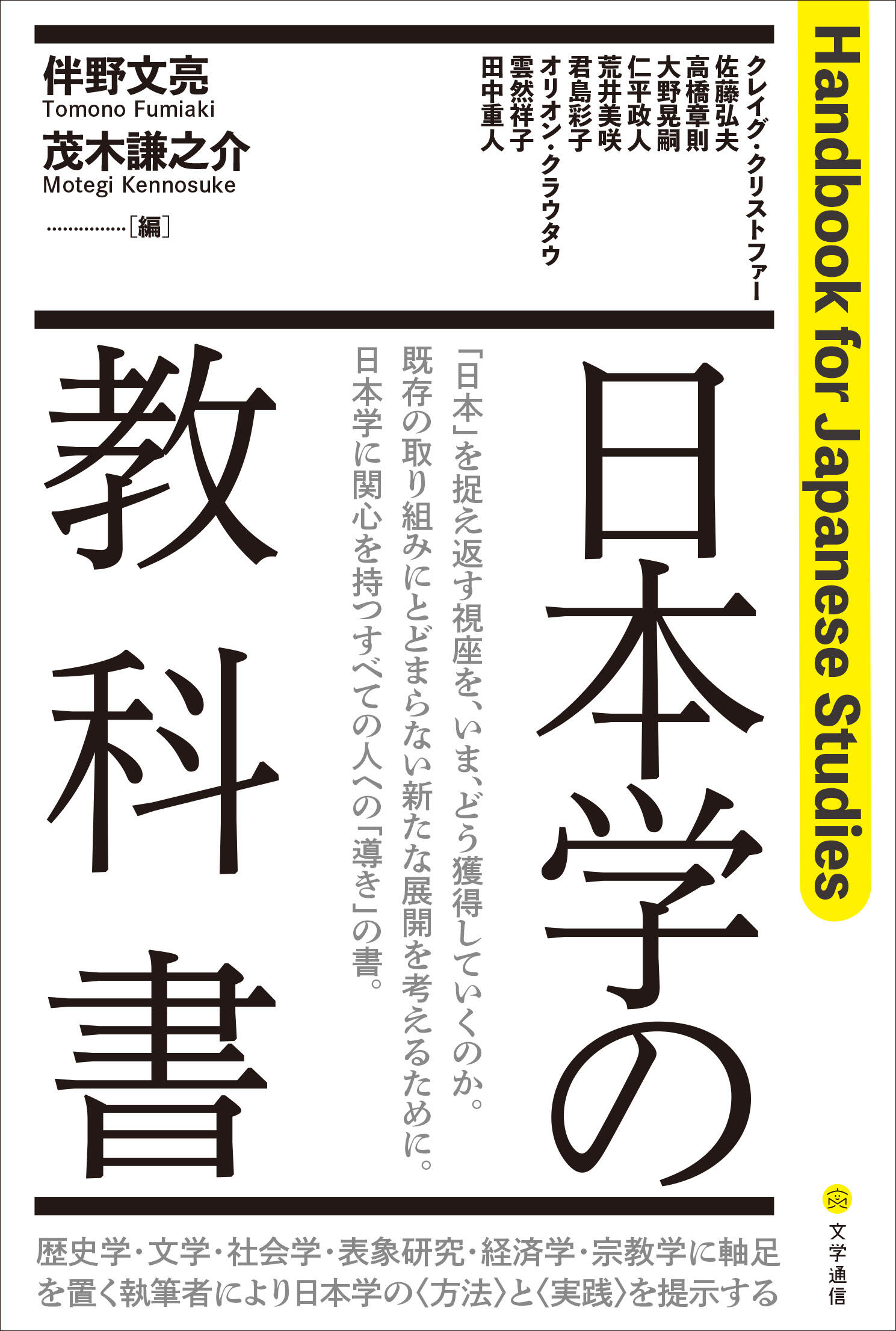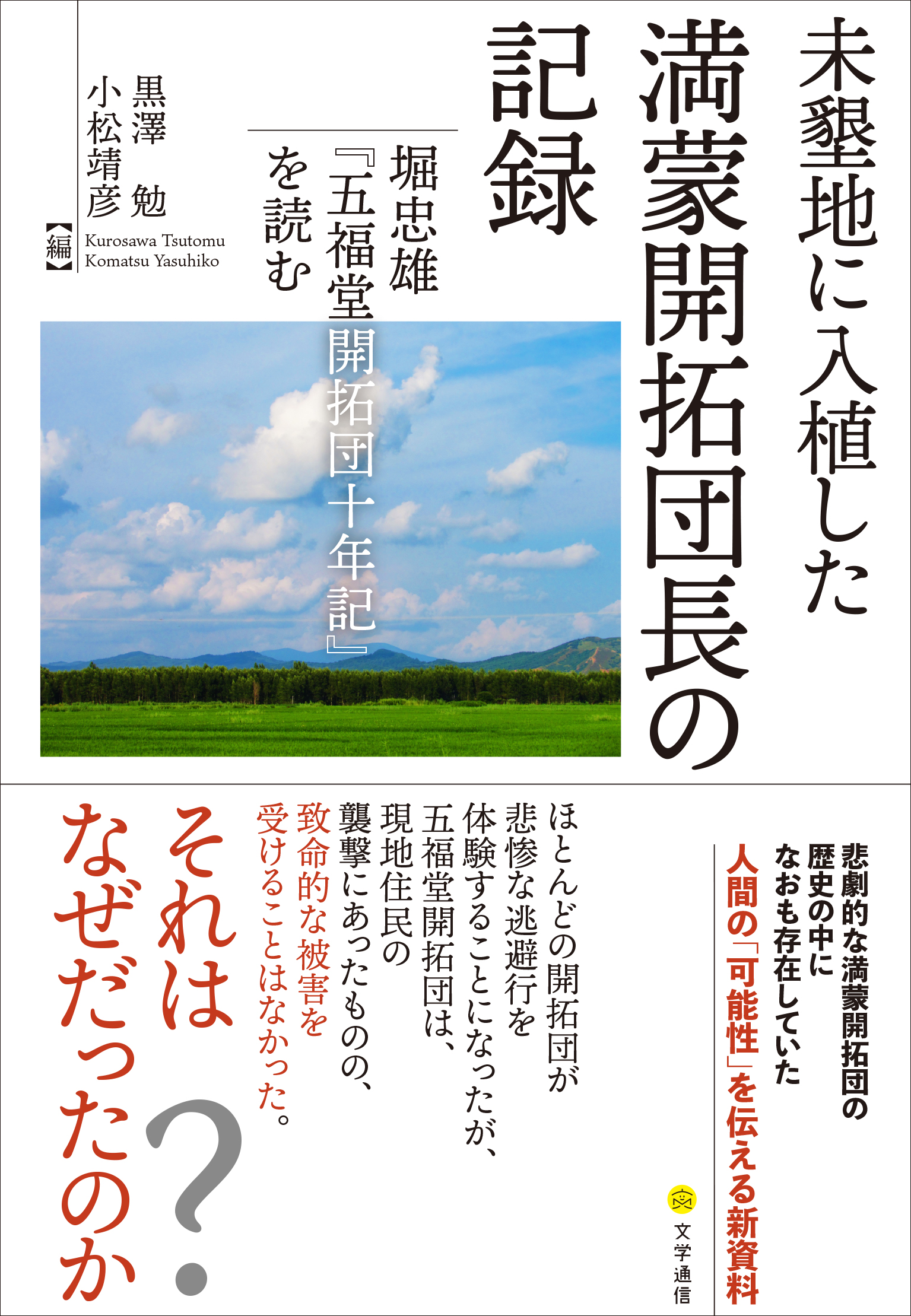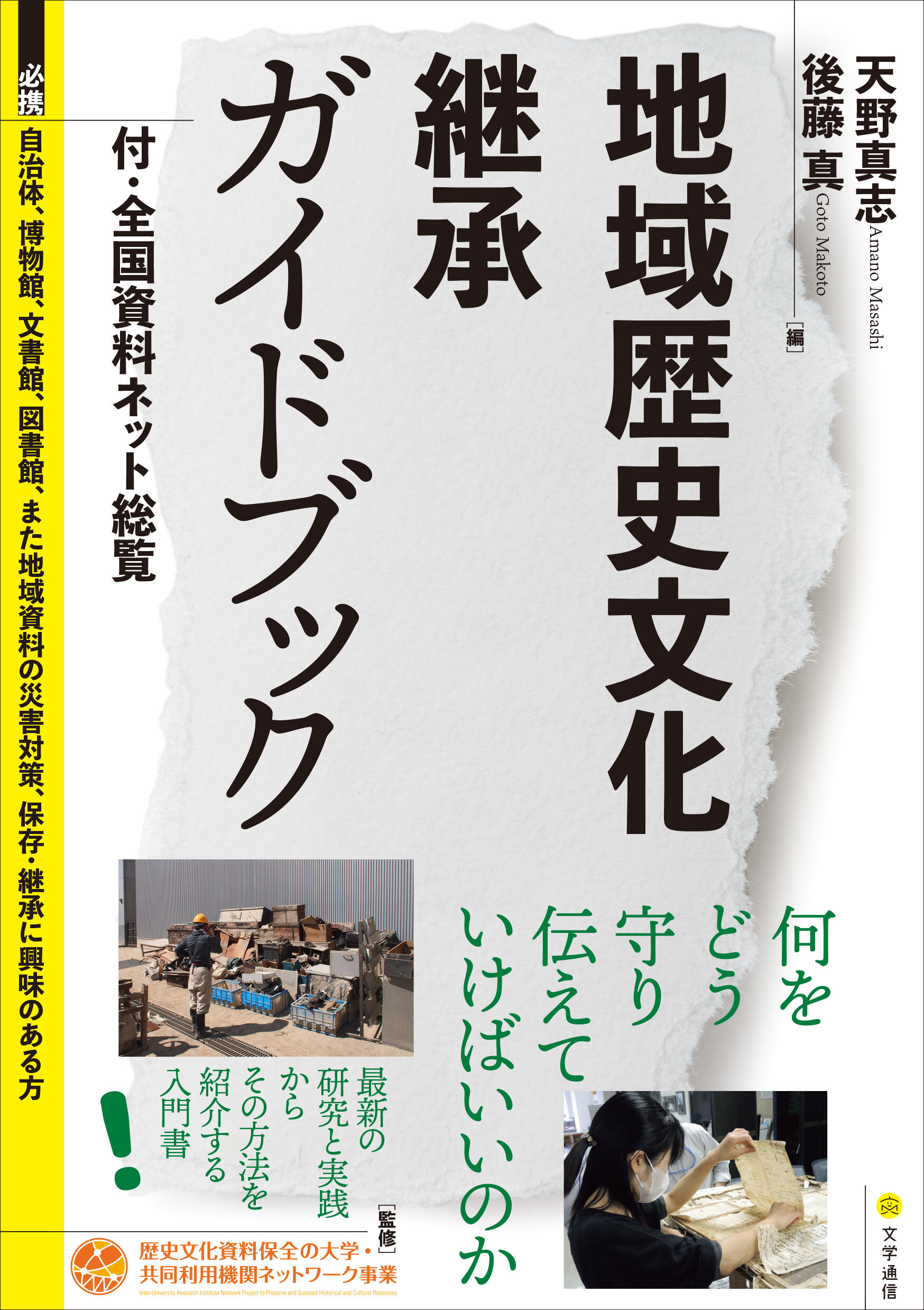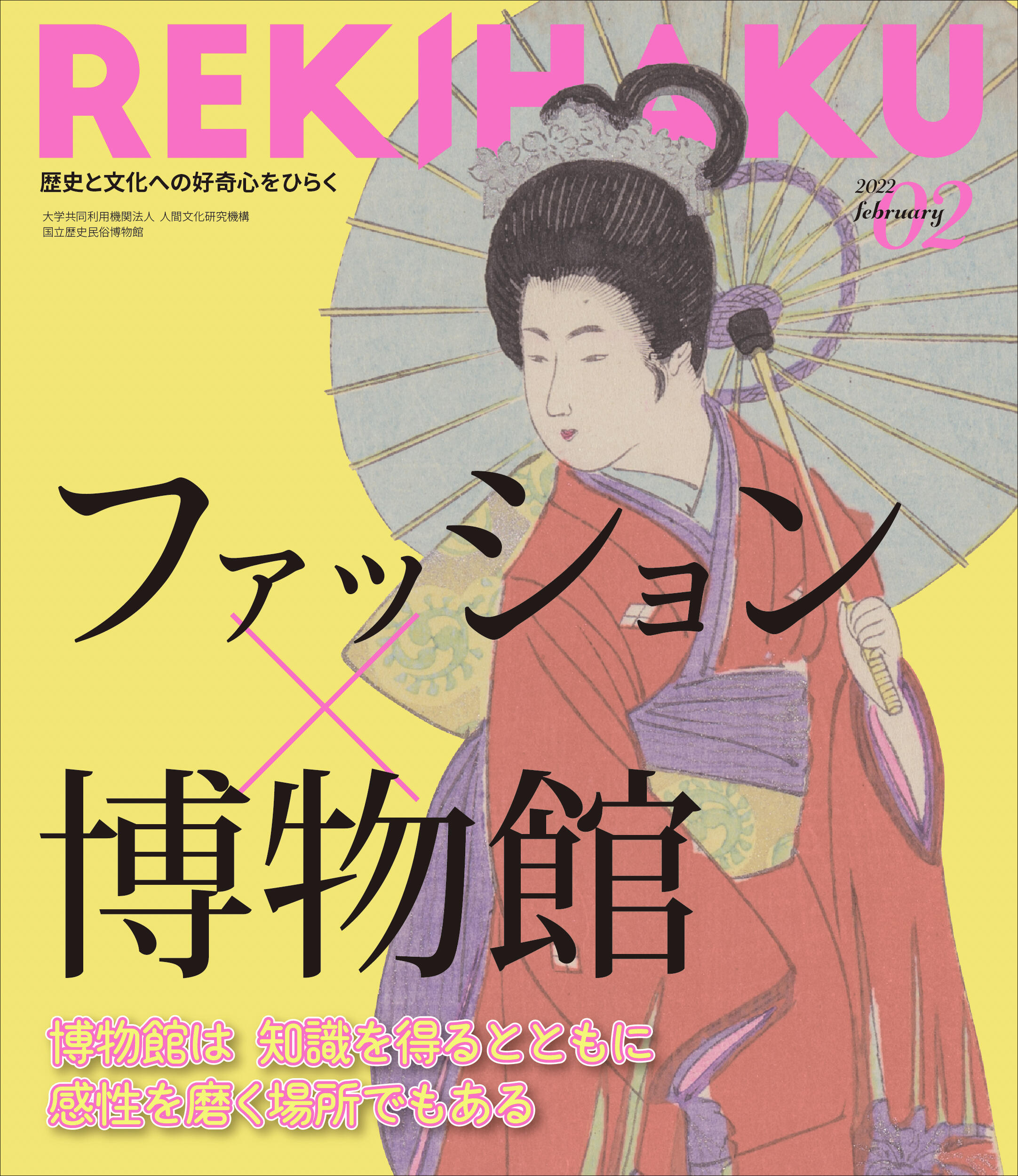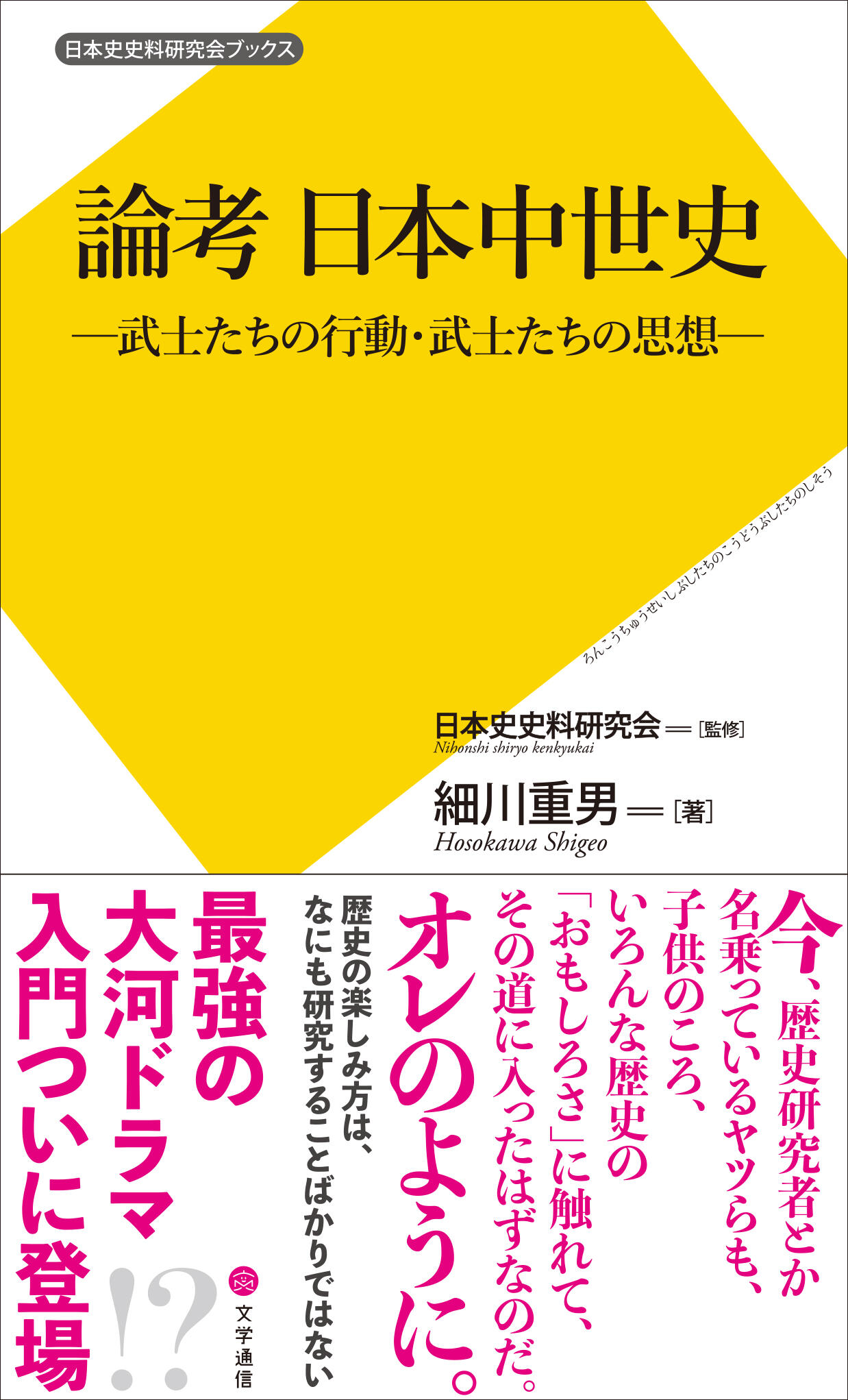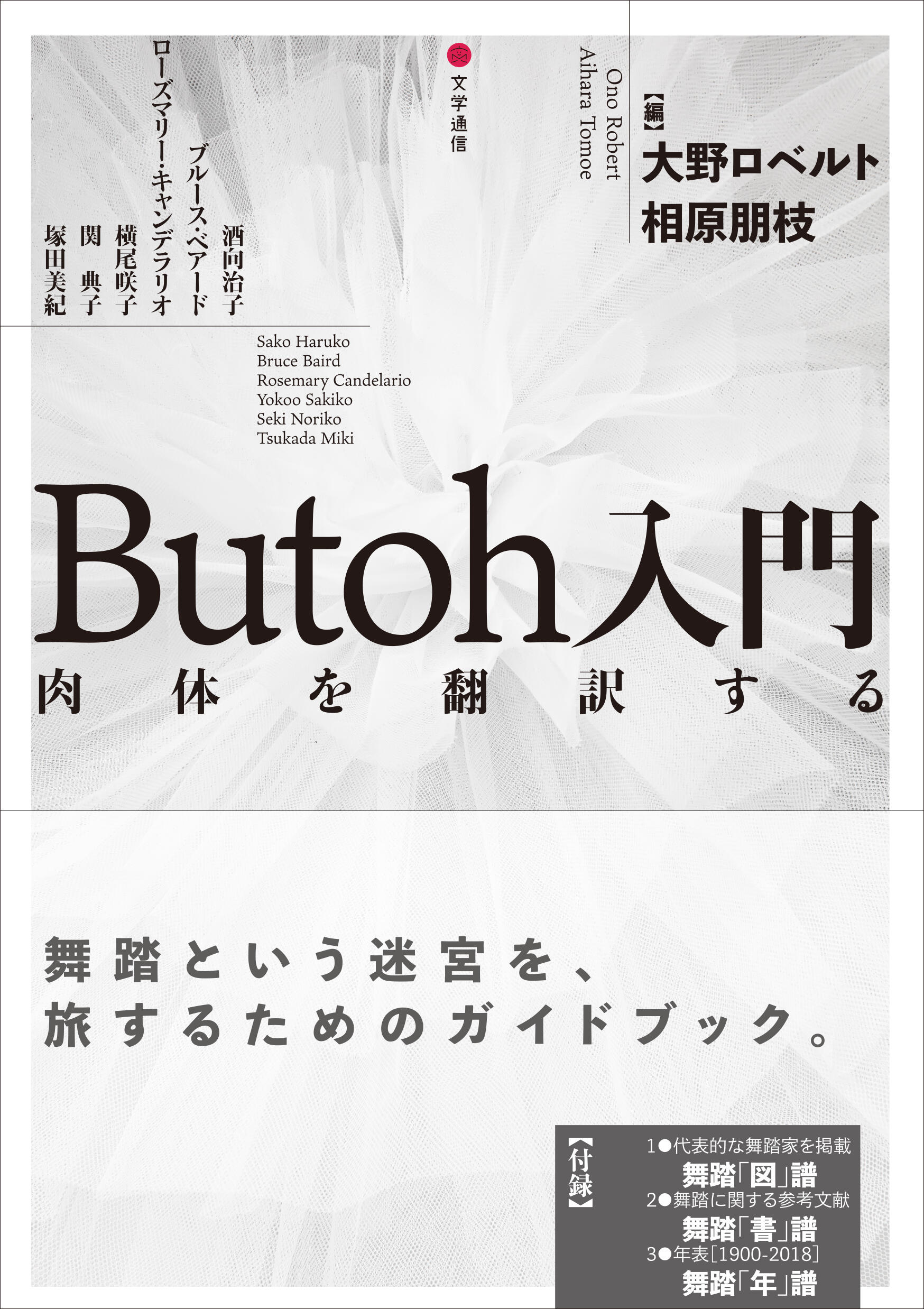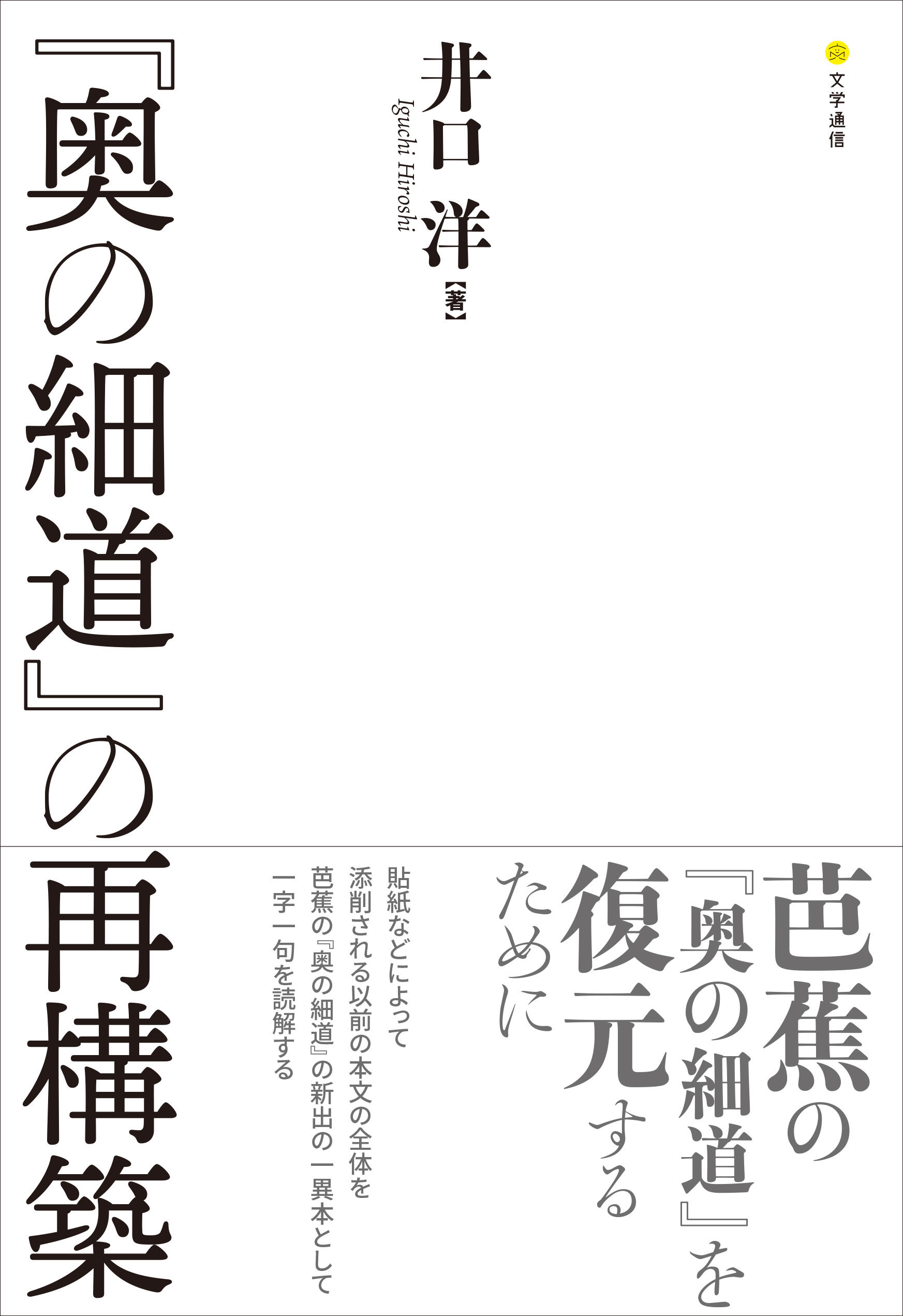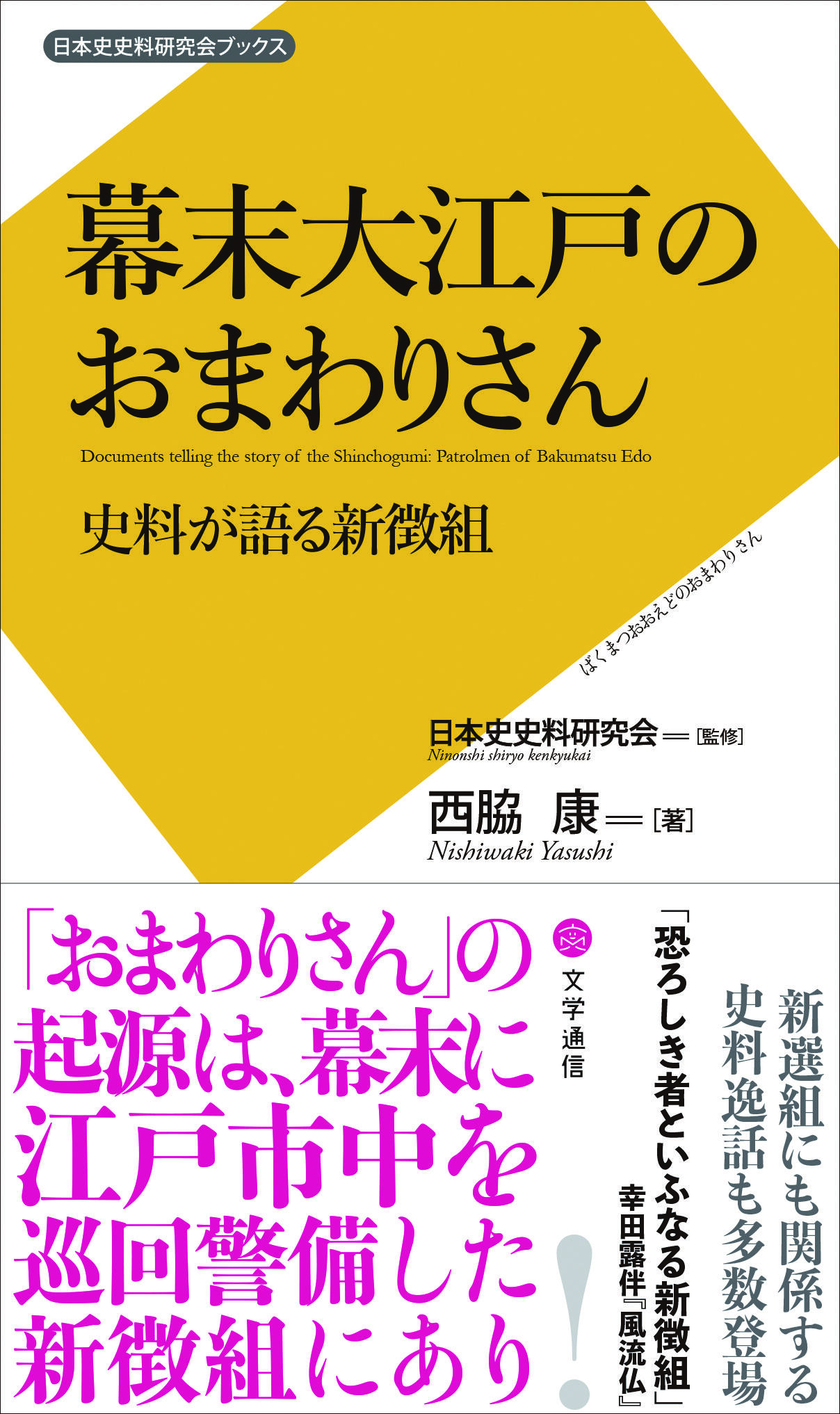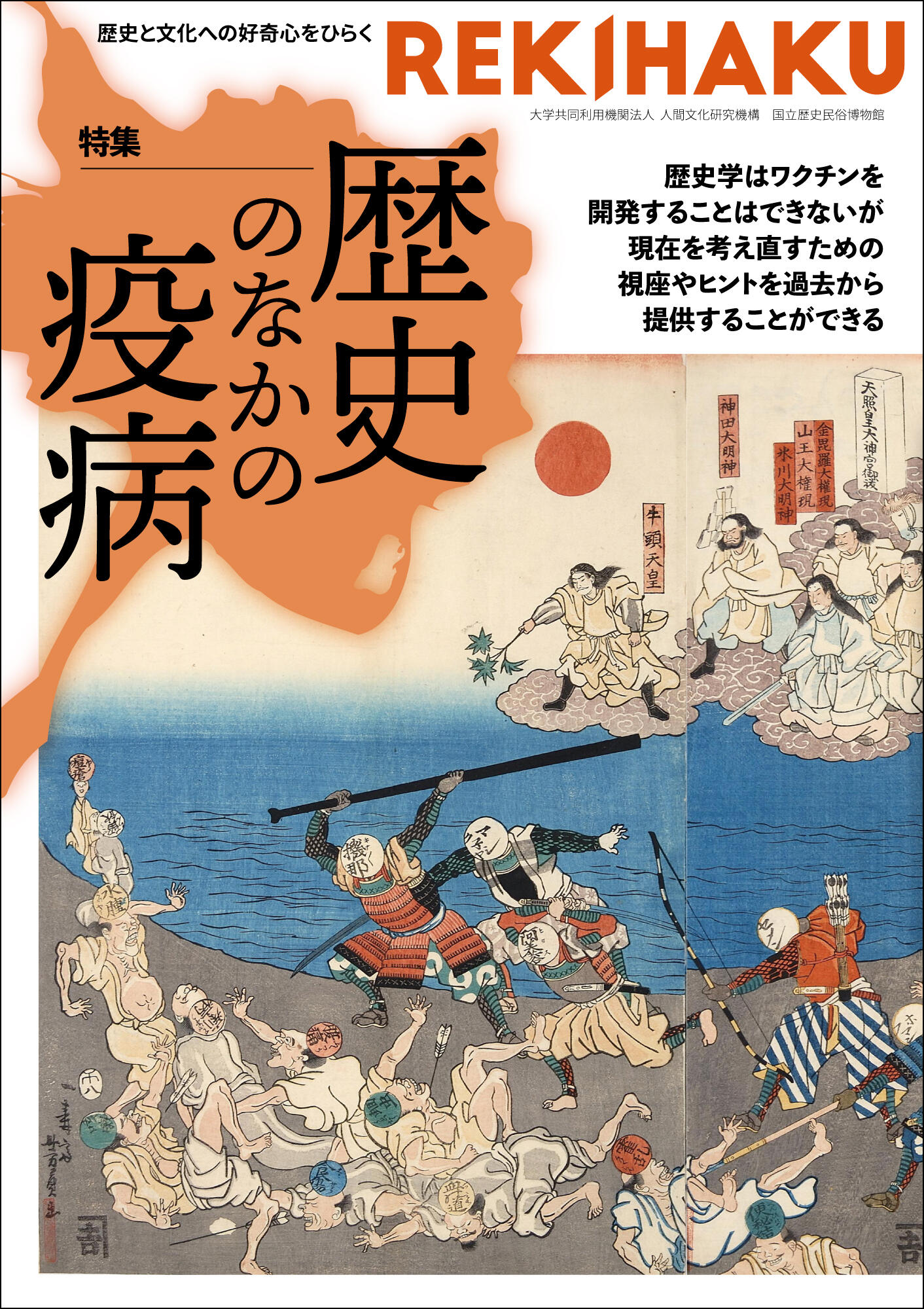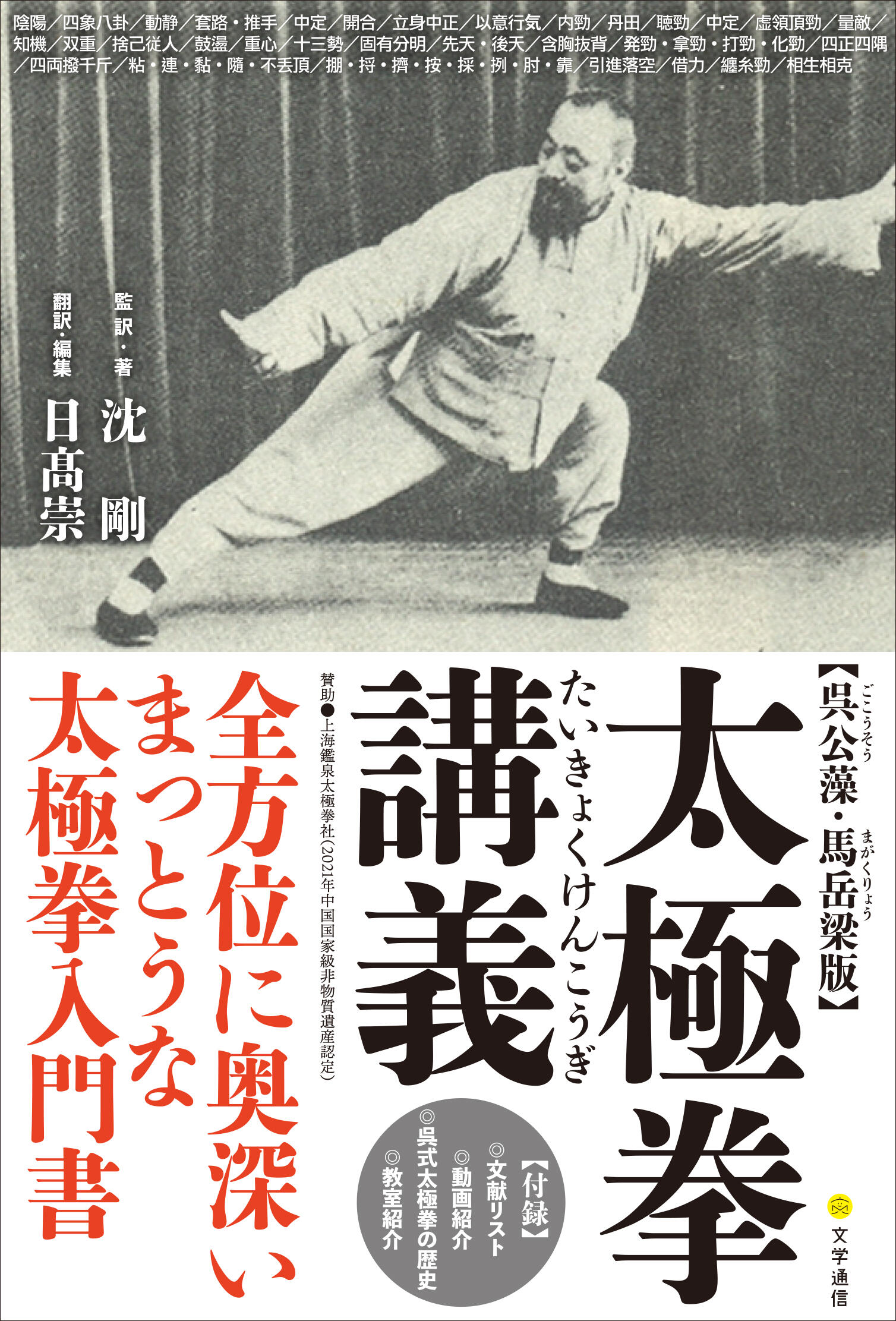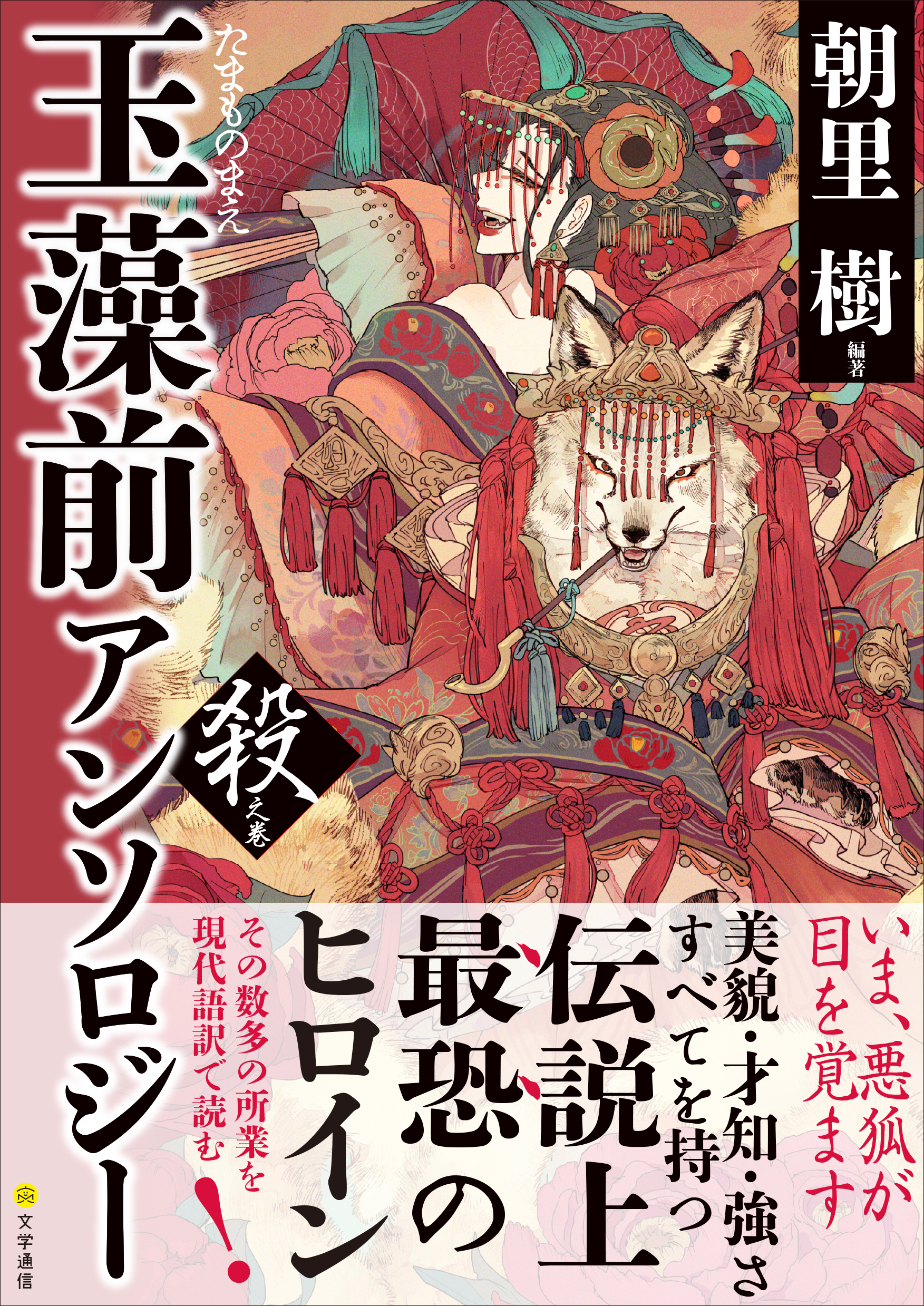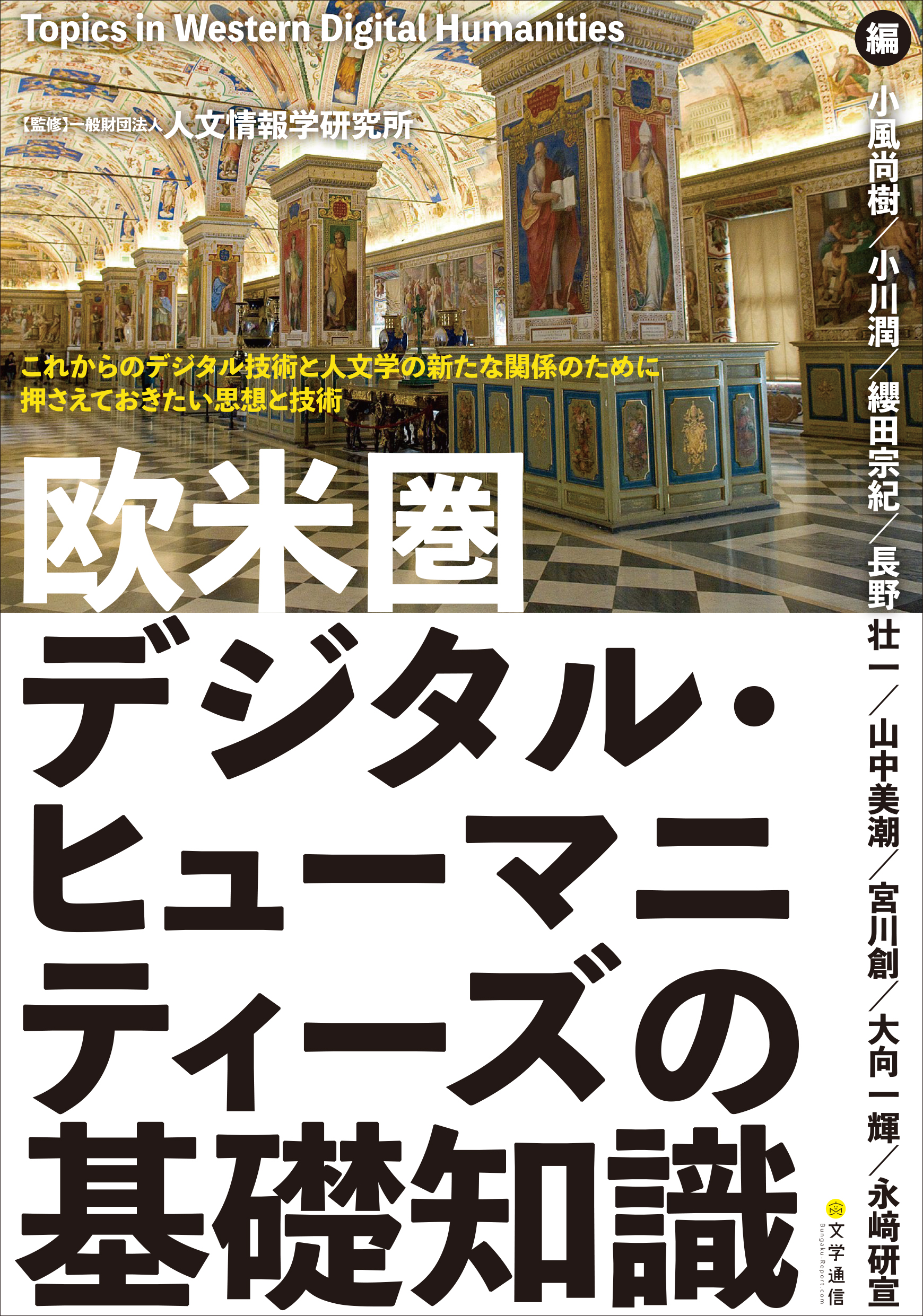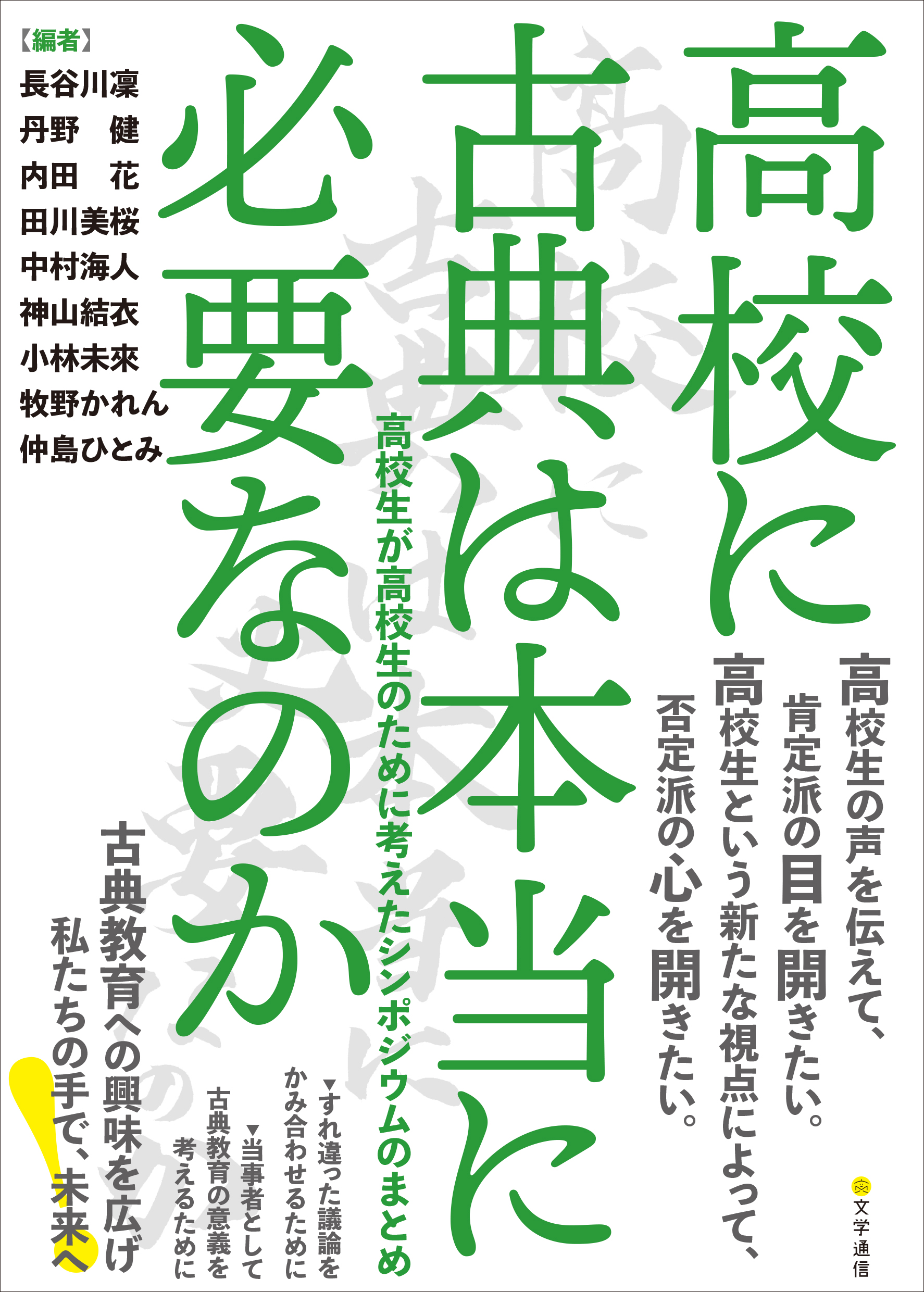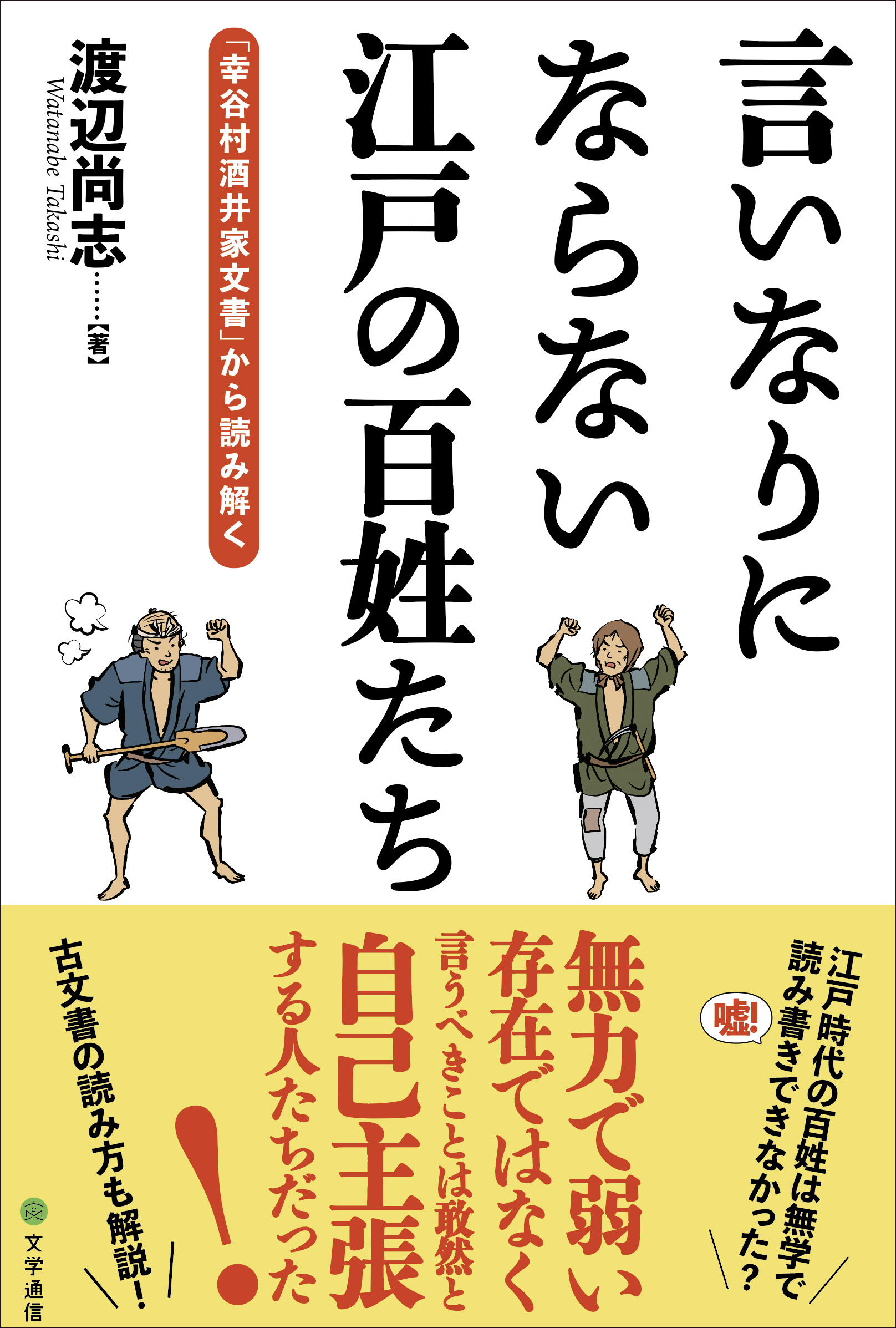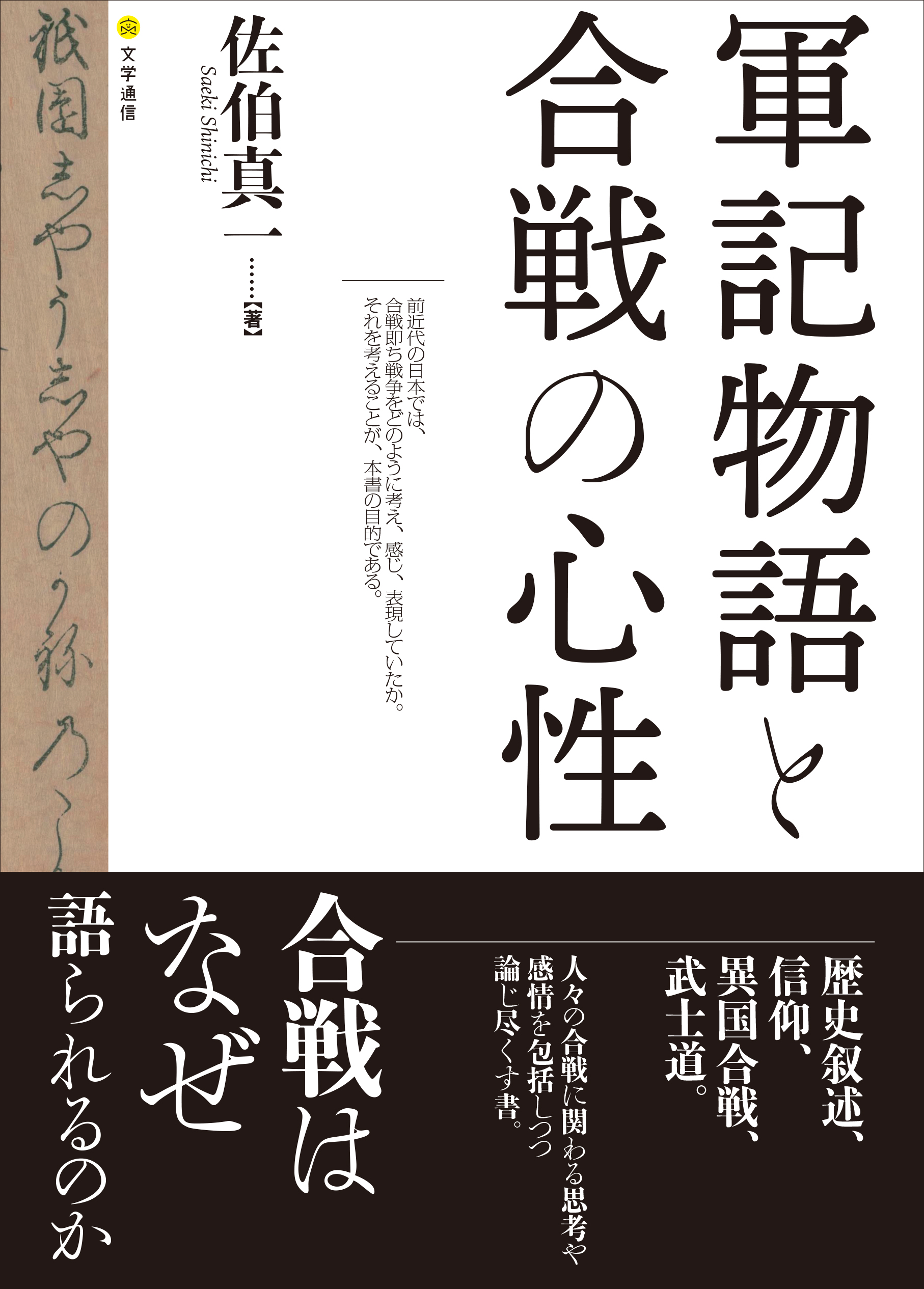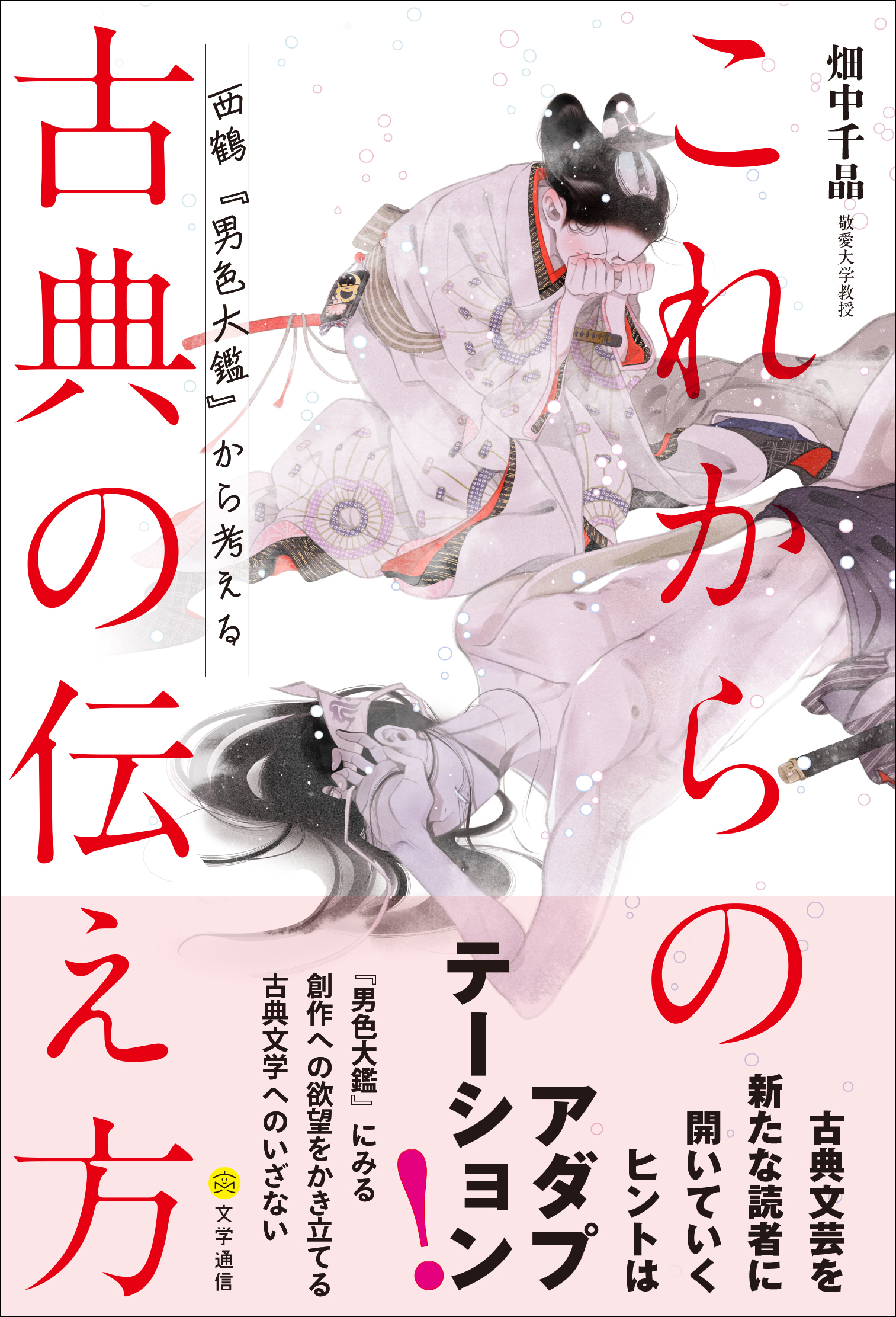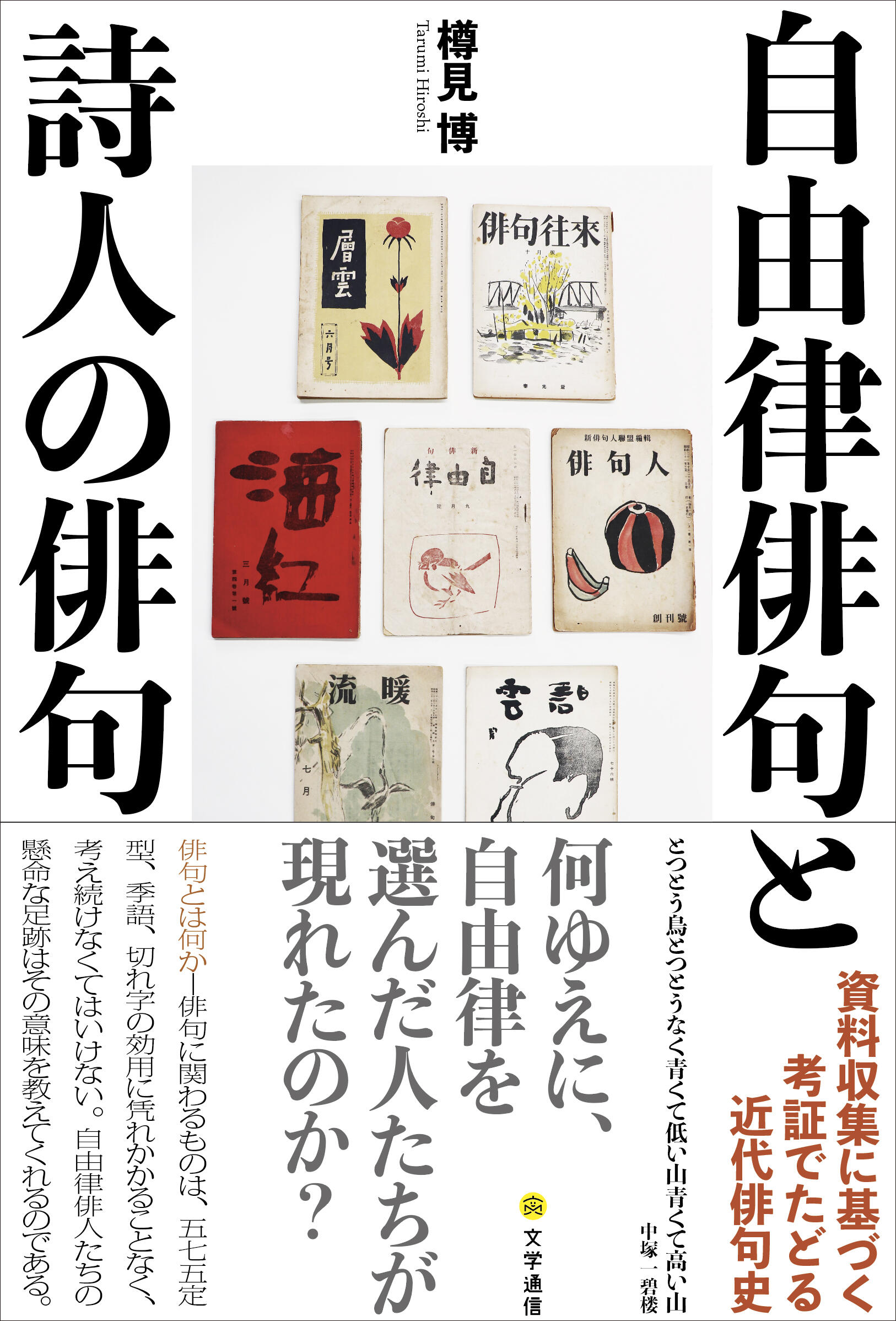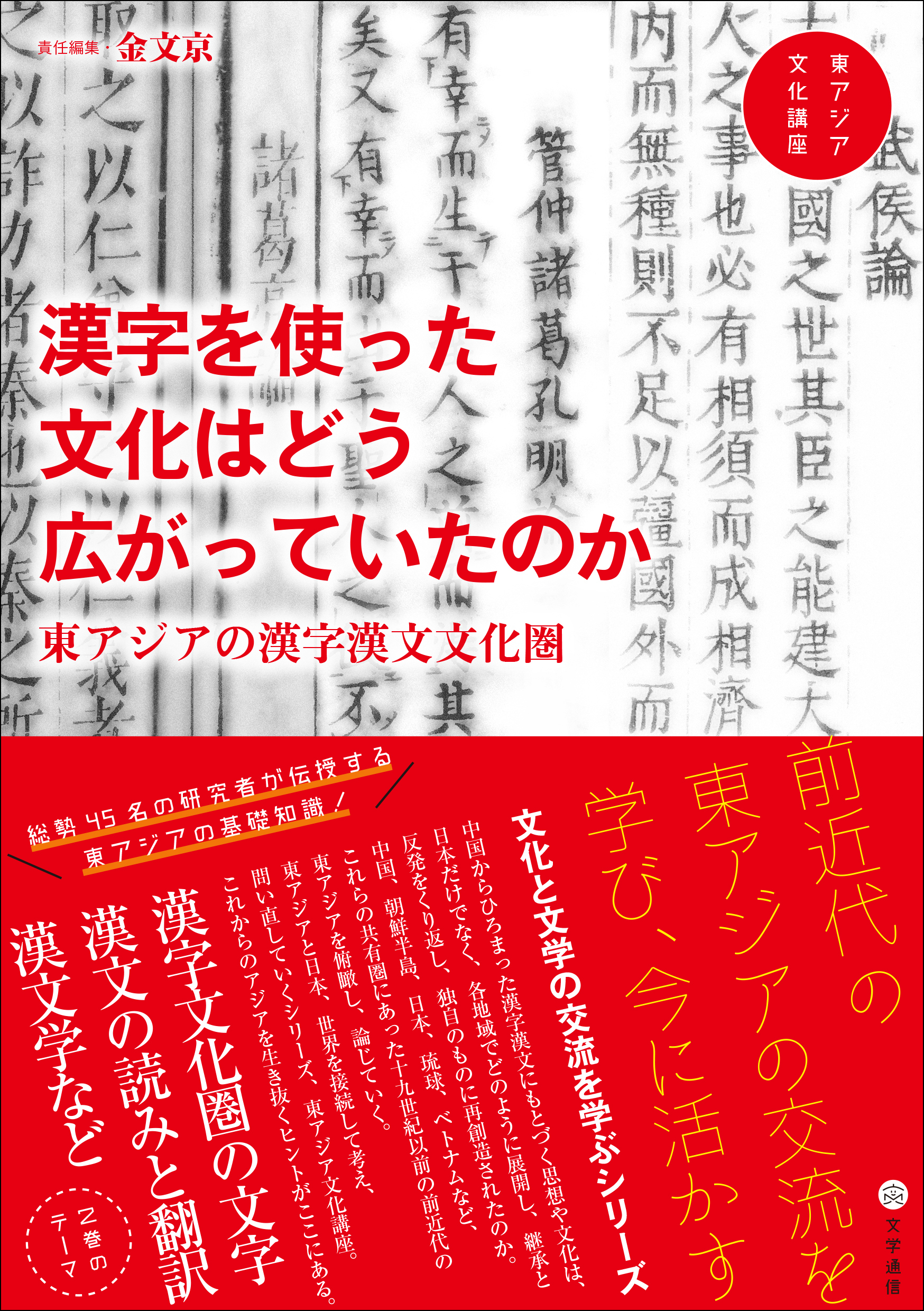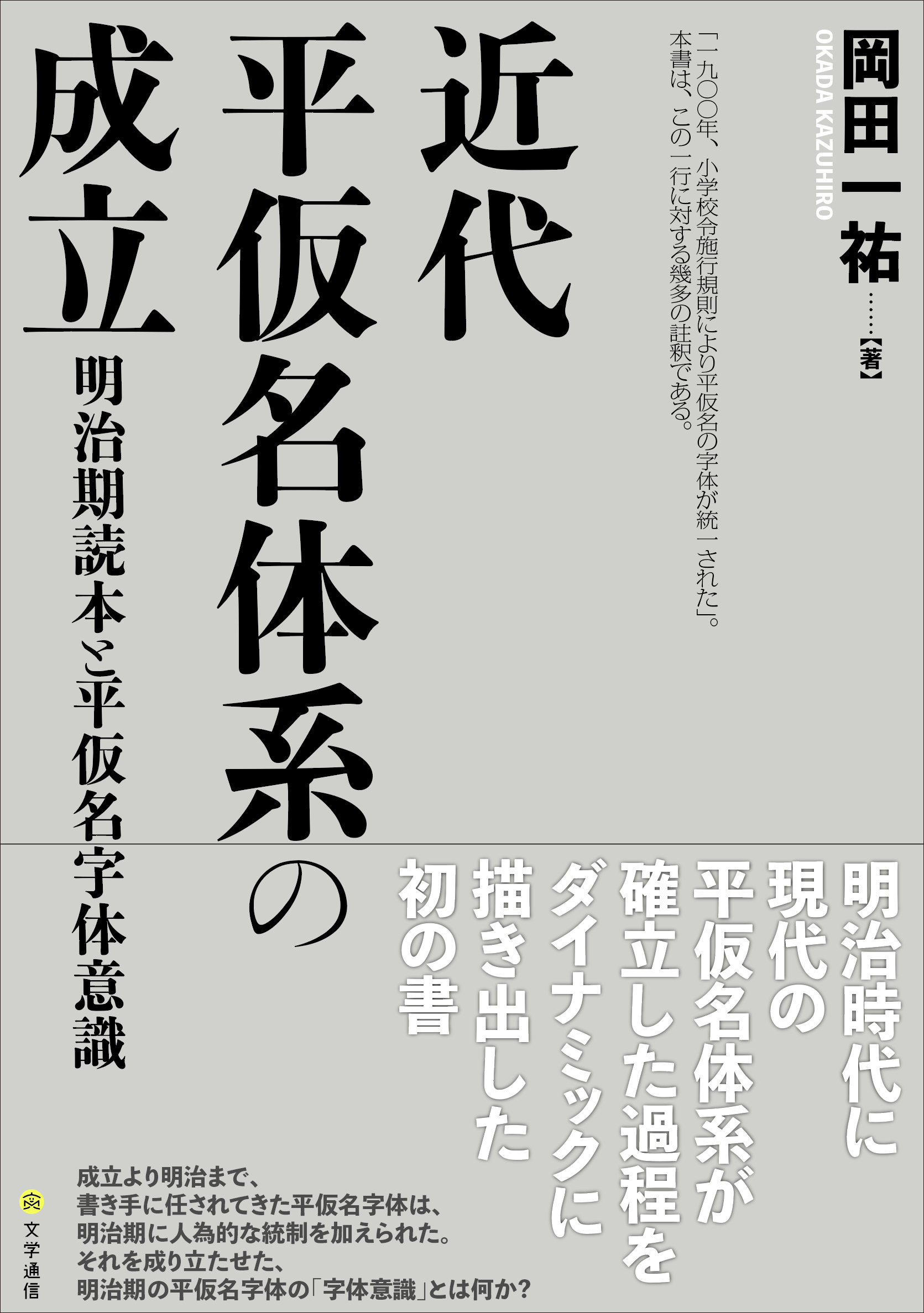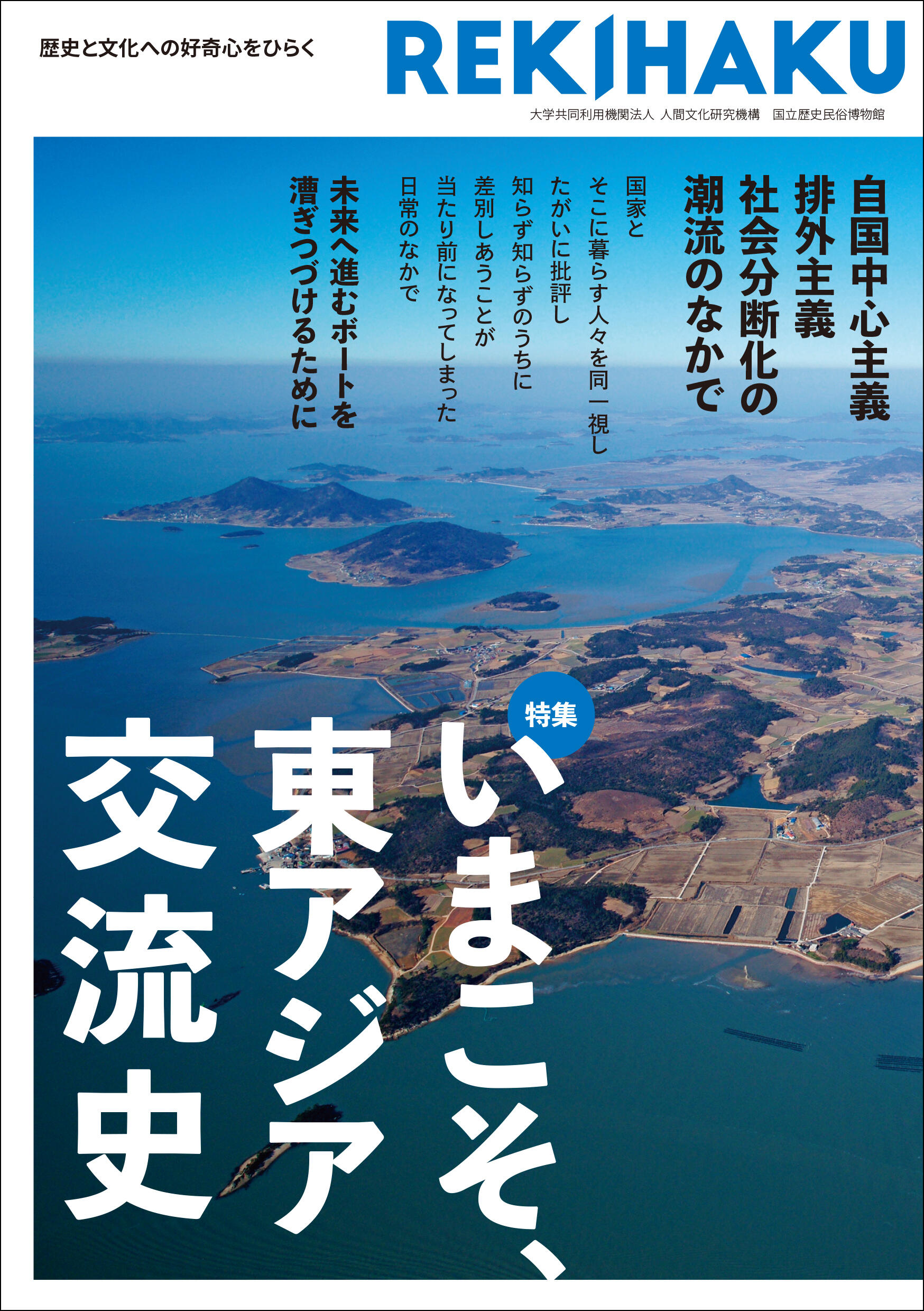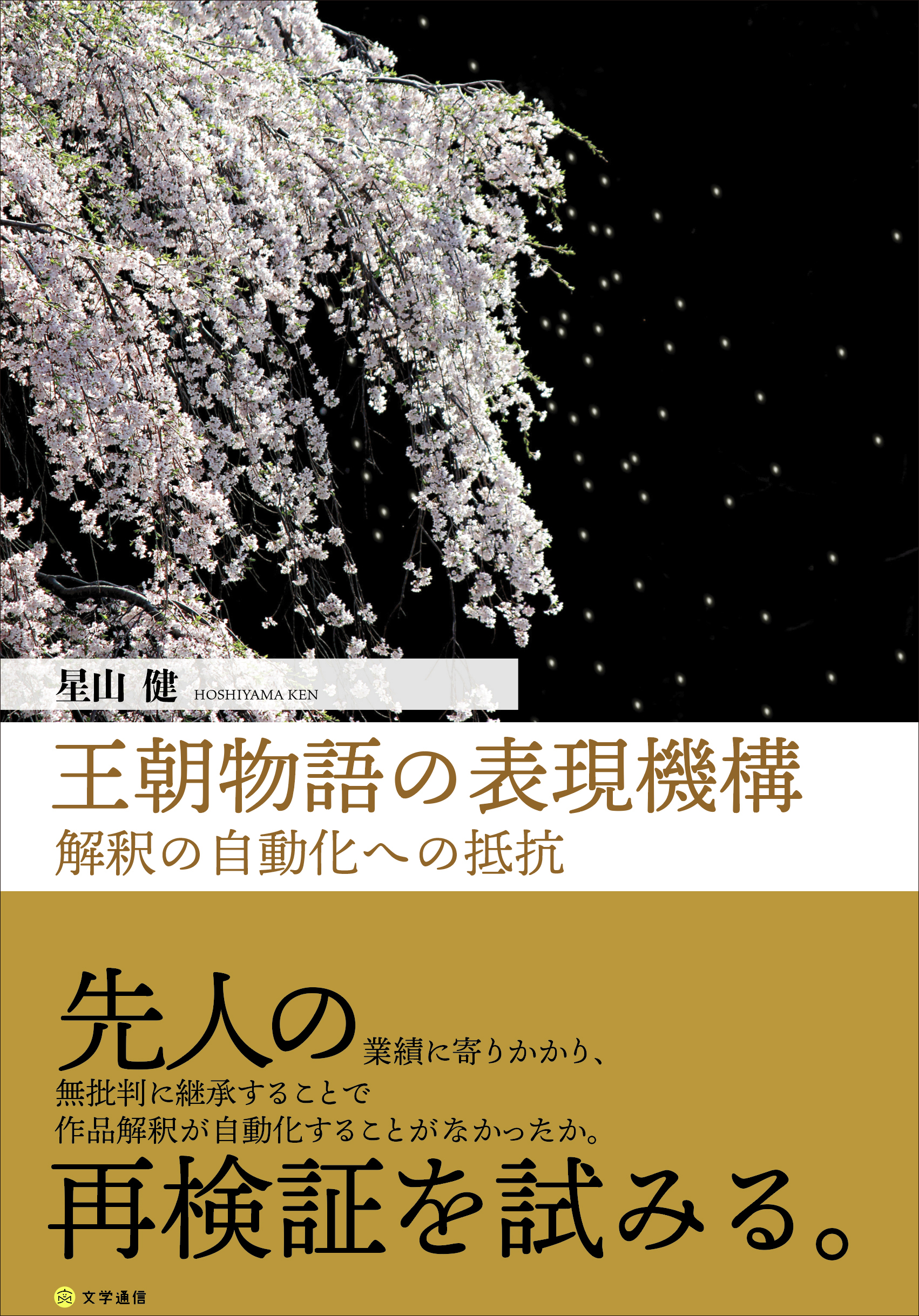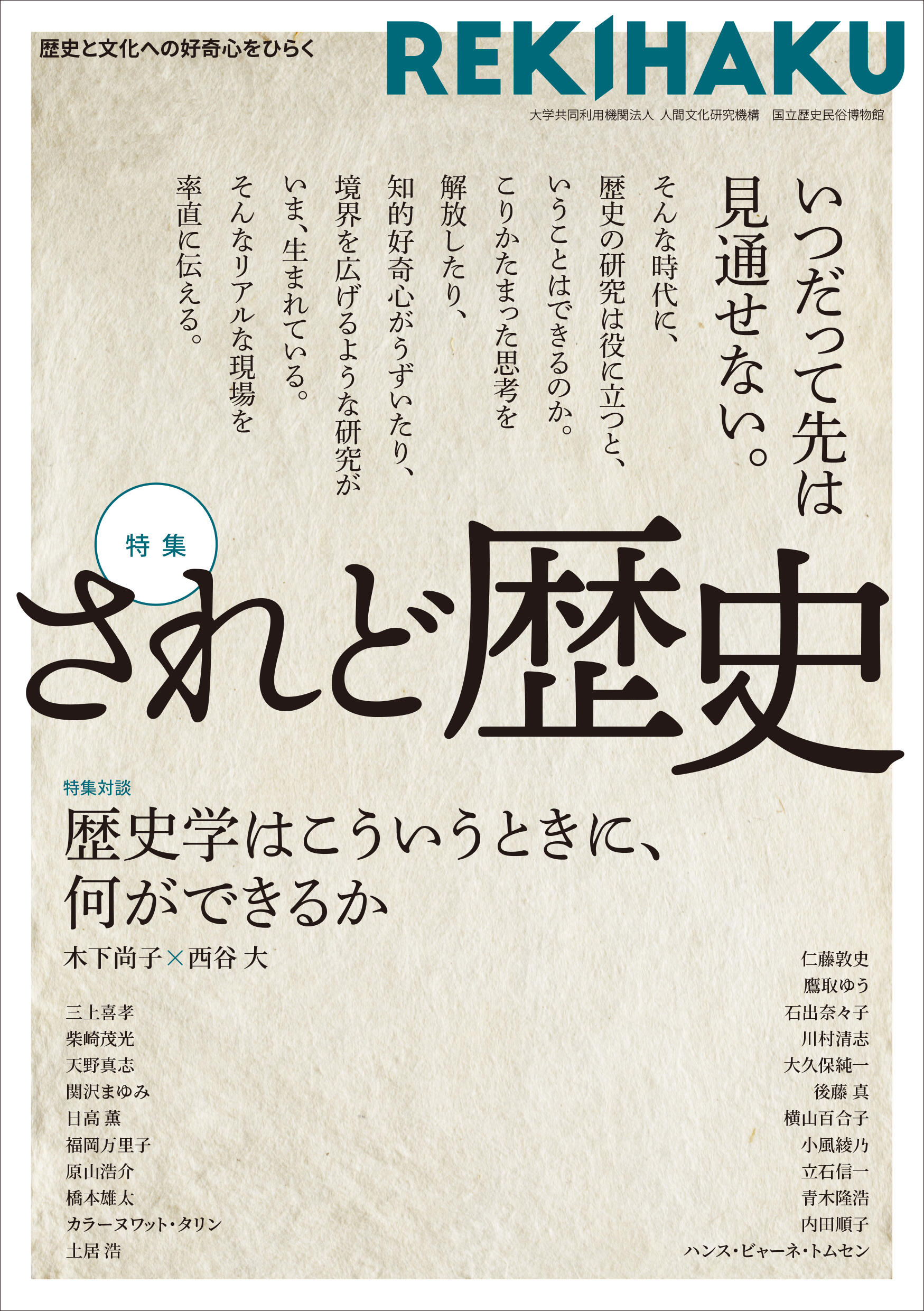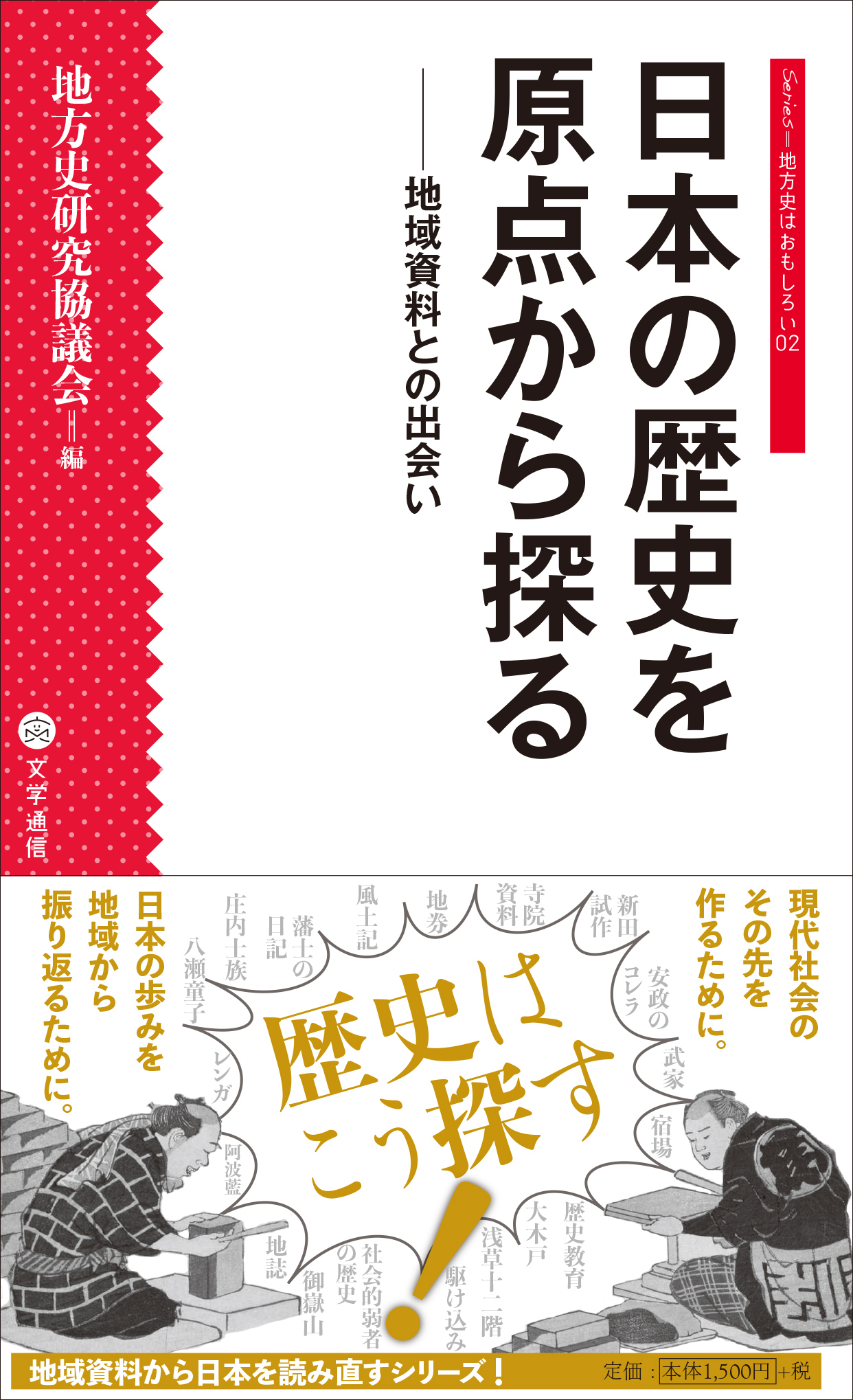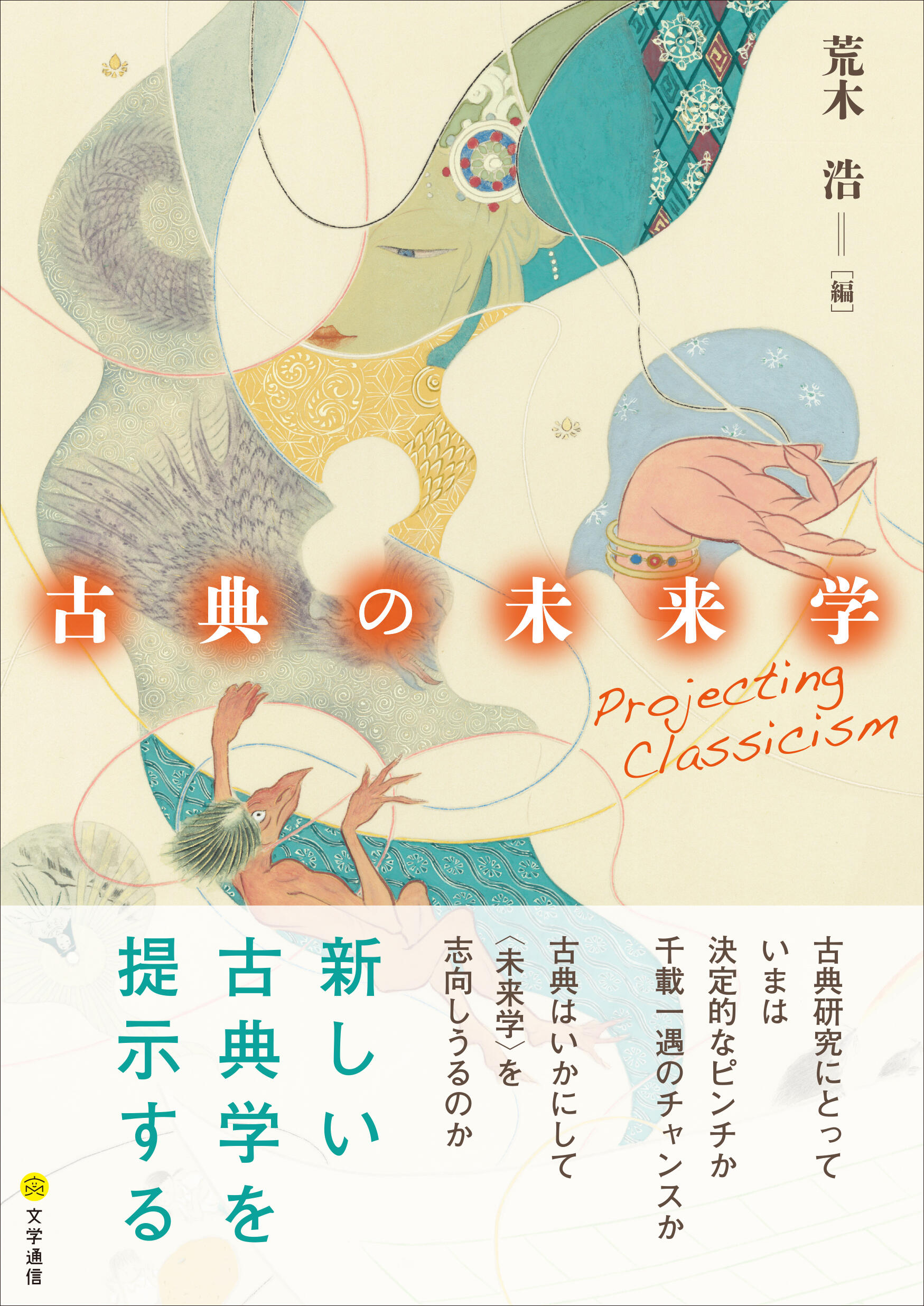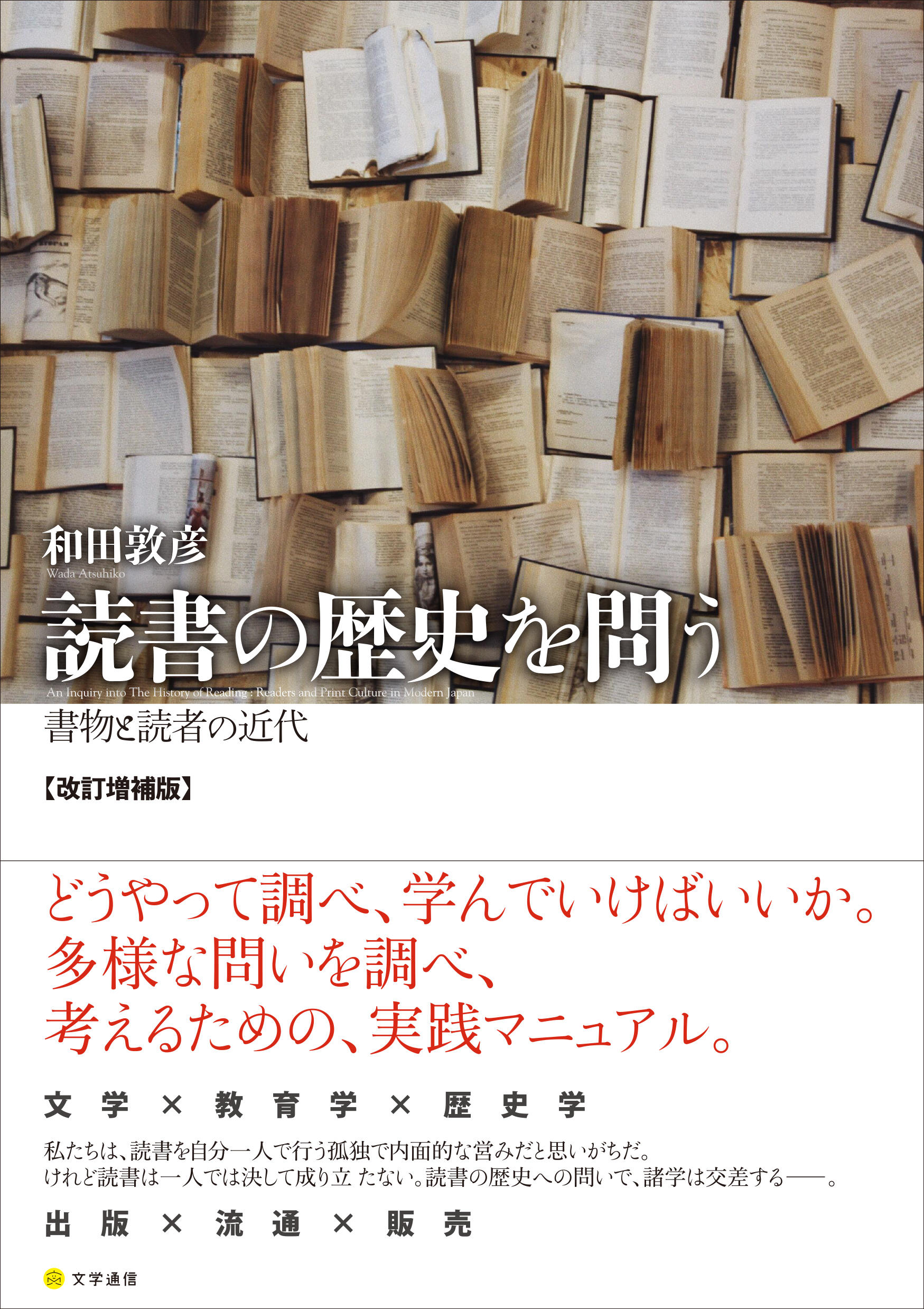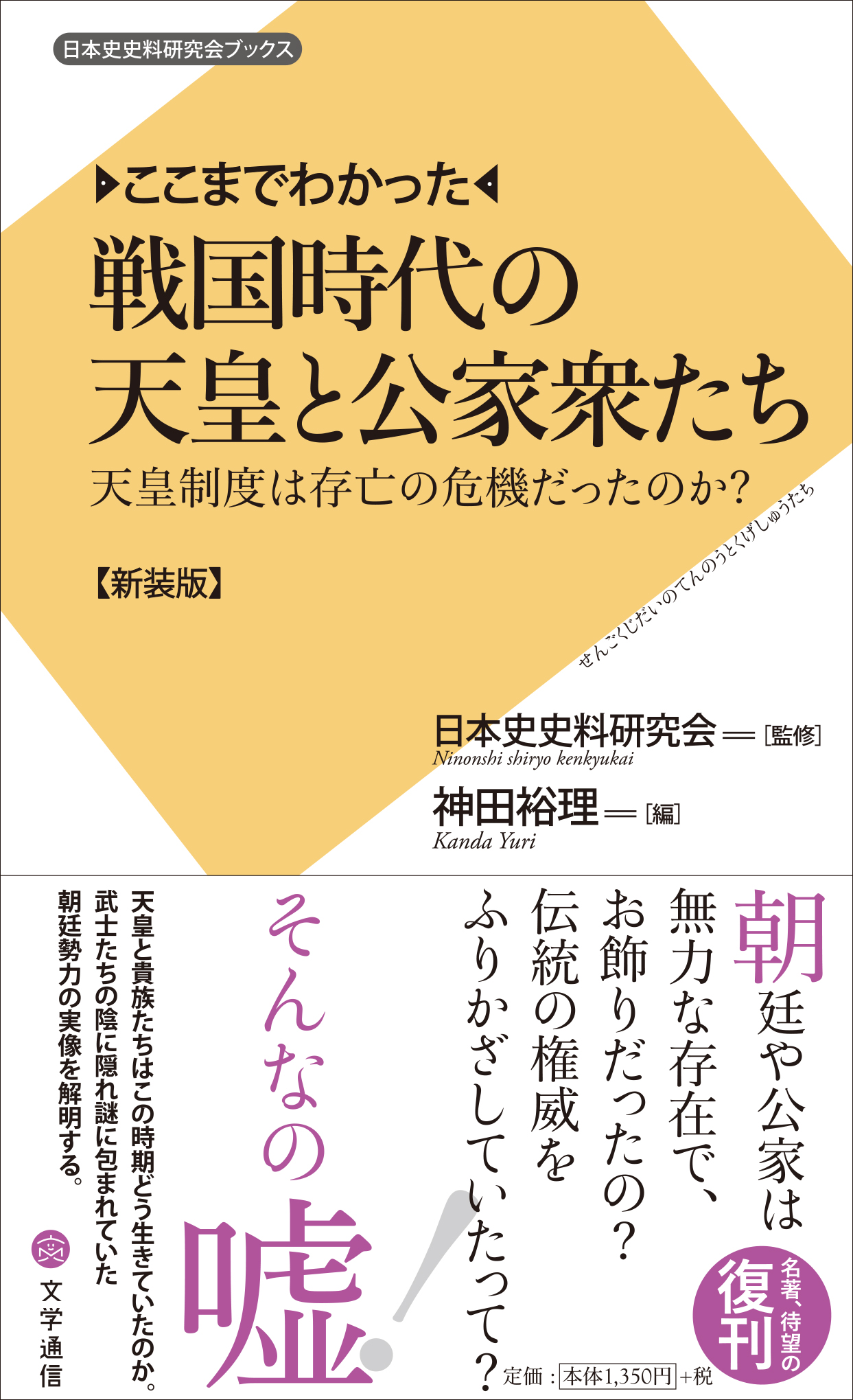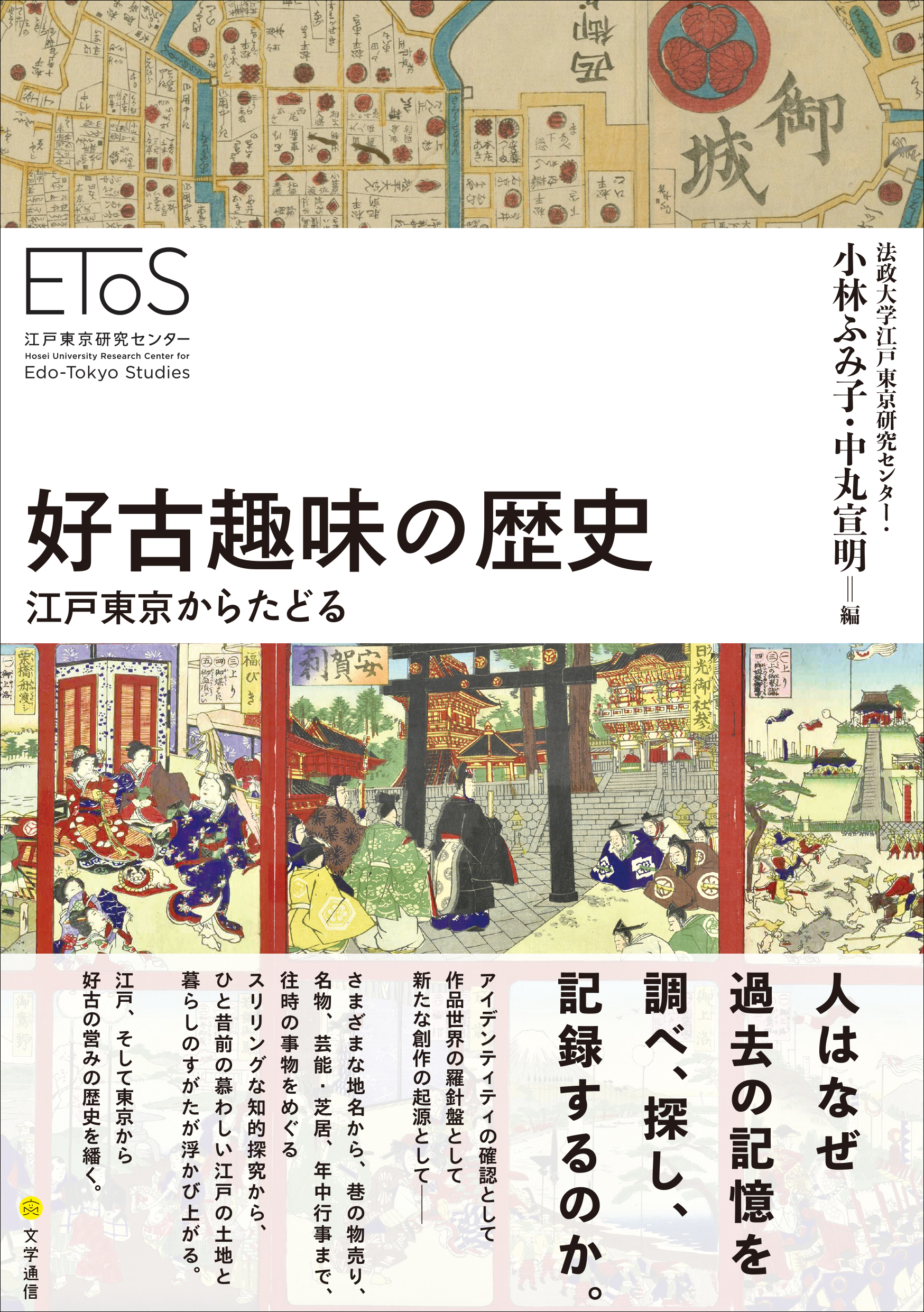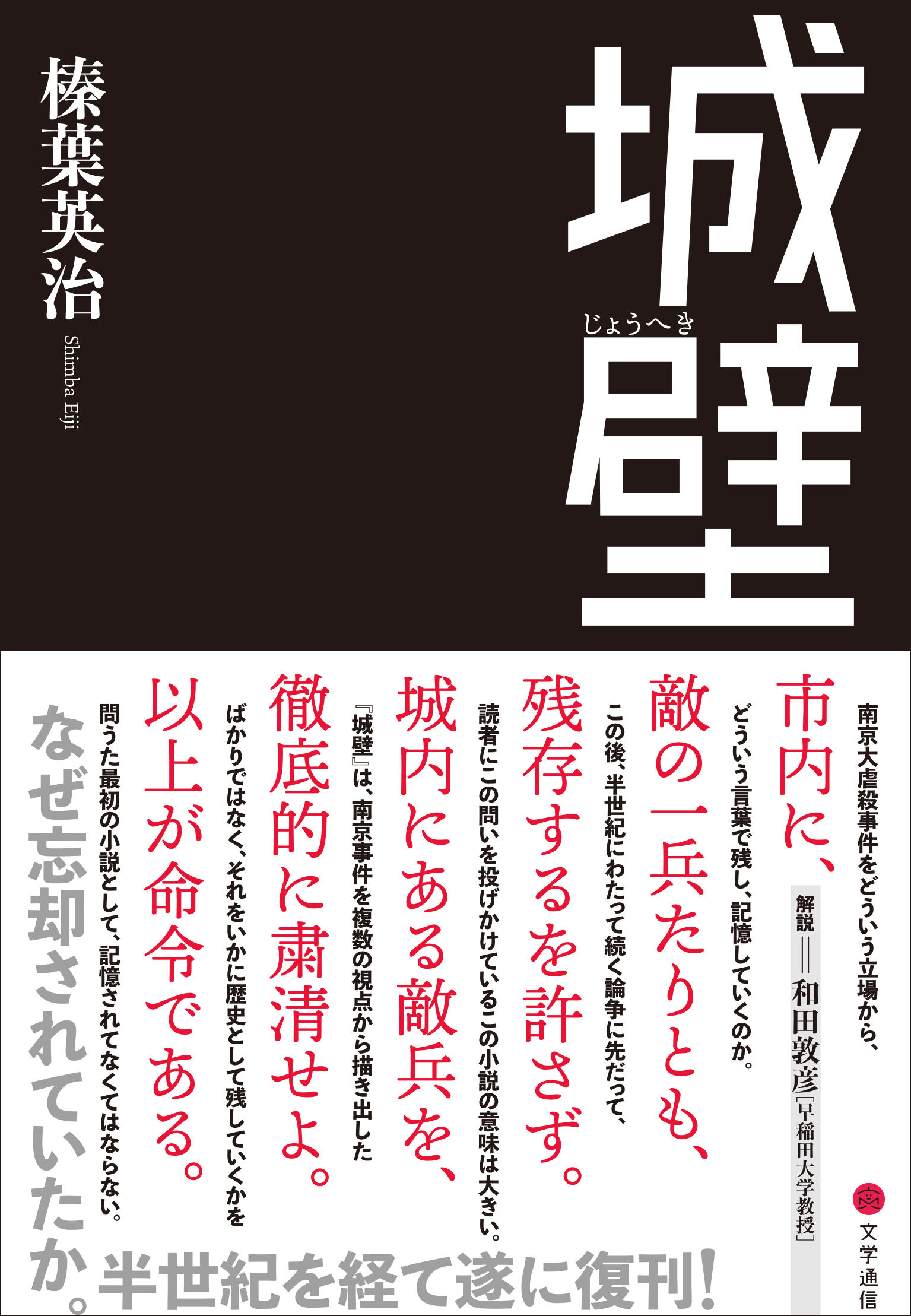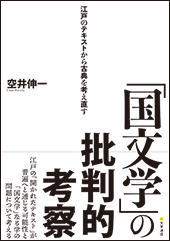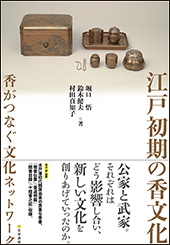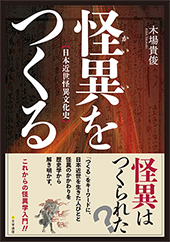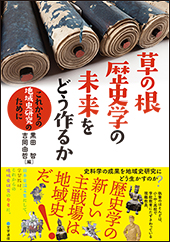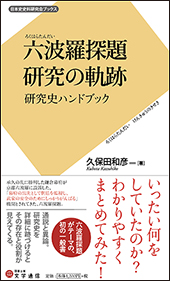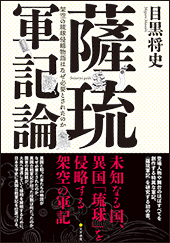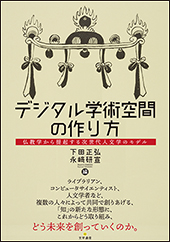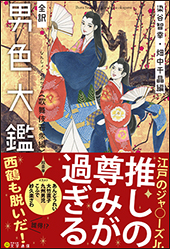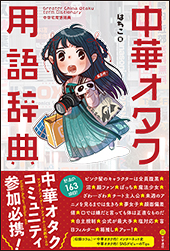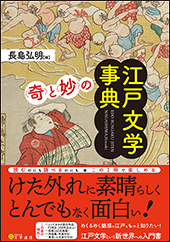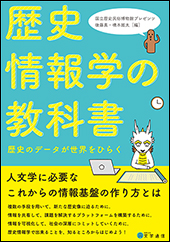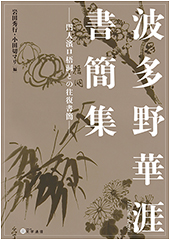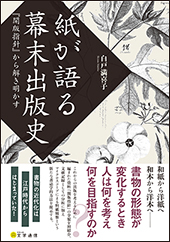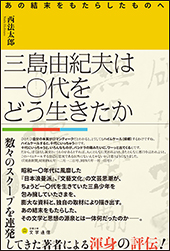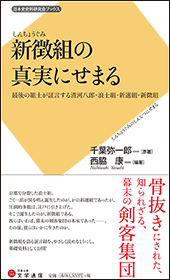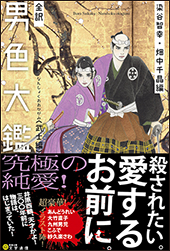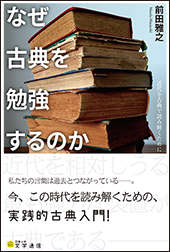Chapter 6 Rescuing "Works of Art" / OHBAYASHI Kentaro (Kyoto University of the Arts)
Download PDF
Chapter 6
Rescuing "Works of Art"
OHBAYASHI Kentaro (Kyoto University of the Arts)
Introduction
We use the term "Works of art" to refer to items such as paintings, calligraphic works, carvings, and handicrafts that have obtained artistic appraisal. The term is also employed to indicate items that have a certain commercial value, however this definition is regarded as imprecise. Certainly, items that have been officially recognized as cultural assets are easy to identify; however, this does not imply that such artworks are the only ones that should be saved. In some cases, cultural heritage items that have not been officially designated as such are still given appraisal for their historical or artistic value, as these are handed down for generations and have an emotional value for the owner's. Certain reproducible items, such as woodblock prints and photographs, that are also highly praised as works of art. When a disaster strikes and artworks get damaged or lost, it is difficult in pragmatic sense to use these as criteria for classification (triage). As such, we will vaguely bundle them all together under the definition of "Works of Art" (include works that have not currently received artistic acclaim and works that can be reproduced).
Furthermore, this chapter will focus on Oriental paintings and calligraphy with mounting. Regarding sculptures, crafts, and Western paintings such as oil paintings, the materials and structures are very different, so I hope that a report will be written by an expert on each in the future.
1. The Materials and Structure of Japanese Paintings and Calligraphic Works
1.1. Paintings and Calligraphic Works with Mounting
Mounted works of art is a term that is not limited to any specific designation and, in principle, it refers to paintings and calligraphic works that have mounting. In other words, the work itself is the painting or calligraphy written or drawn on silk or paper (which is regarded as the main body of the work). The silk or paper is reinforced by pasting a backing paper on the back, and is mounted (=assembled) into forms such as sliding doors, folding screens, scrolls, bookletsthe (we usually use the term "binding" when assembling a booklet, but in this chapter, we use "mounting" instead), hanging scrolls, and picture albums, depending on the purpose for partitioning or reading or appreciation. The most distinctive feature of these forms is that the main paper is pasted and integrated with the mounting (lining and other parts). In other words, serious repairs for this type of works involve remove the paper lining from the main body, repairing the main body, giving it backing support, and shaping each part of the mounting. In the case of paintings and calligraphic works that have been handed down over a long period of time, multiple repairs should be done up to the present day. However, in an overwhelmingly large number of cases, the mounting is remodeled during repair, meaning the original mounting is not handed down. Mounting can be thought of as a garment that enhances the main body and, as it gets old and dirty, it needs to be replaced. Therefore, making new mounting is considered common sense, as repairing and reusing the old mounting represents a process that is too complex. This is precisely what happens in the tradition of paintings and calligraphic works in Japan. Unmounted items are also sometimes included in the category of works of Art.
1.2. Repairing the Main Body
The base for the main body is made of silk or paper; the majority of these works are on paper, but the status of the works is higher for those on silk. On this base material, the calligraphy or painting is expressed with ink or paint colors, respectively. The base and coloring materials (ink or paint) are usually fixed with some kind of adhesive, as it is essential for it to keep its adhesive strength. The goal of main body repair is to improve the flatness of the base material, the adhesive strength of the coloring material and the base material, and remove foreign substances on the surface so that the color and quality of the ink or paint can be clearly seen. To improve the flatness of the base material it is necessary to compensate for any missing parts and return it to a single-sheet structure; if the shape cannot be improved with the base material alone, it will need reinforcement from its backing. To ensure the strength of adhesion of the paint, peeling needs to be prevented. Further, to make the colors clearer, it is essential to clean the surface to remove or reduce impurities or stains.
1.3. Preparing the Mounting
After repairing the main body, the process for assembling the backing and the mounting begins; specifically, for works on silk, the most important process in repairing is replacing the backing (removing the old backing paper and affixing the new one). Some schools of thought include the removal of the first backing paper that is directly adhered to the main body as part of main body repair. Afterward, each form is assembled; however, since these differ greatly depending on the form, the structure and process of hanging scrolls and folding screens is shown as a representative example [Fig.1: Hanging scroll structure and 2: Folding screen repair process].


These show the general process lined up in order. Depending on the work's materials or state of deterioration, the process may involve more steps or have the order changed. For example, the "Limited Moisture Method for the first lining removal" may be used, in which a front support is added to the surface of the work and the first backing paper is removed. Furthermore, depending on the state of the paint, peeling prevention may be carried out not only in the first half of repairs, but also after treatment using water. Here, the tasks of recording and taking photographs during and after repairs are omitted.
For any of these forms, it is clear that, unless one is an expert, it is extremely difficult to assemble the mounting, even when following a manual. This is to say nothing of the fact that, in main body repairs, it would be unthinkable to grasp the materials and structure, scrutinize the level of deterioration and damage, and carry out proper treatment without an abundant degree of experience. Furthermore, the only professionals who are able to achieve long-term preservation of works at the cultural asset level are mounting technicians who specialize in assembling mounting and who are capable of designing and executing repair specifications in line with the principles and general rules of cultural asset repair. However, only a limited number of such specialists exist. It would be ideal for such specialists to be involved in everything from rescue during disasters, to emergency procedures and serious repairs. However, in Japan, professionals with this kind of knowledge, experience, and skills mainly belong to private organizations such as companies; therefore, it is quite difficult to have them on site from the time a disaster strikes. Nevertheless, the longer these tasks are postponed, the more likely it is for the work to have zero chances of being handed down with an official valuation as a work of art. This chapter will examine what can and should be done on site during disasters to avoid this consequence.
2. Works of Art as Victims of Disaster
From the standpoint of a repair technician, what is important is the state of the main body and the type and degree of deterioration, regardless of the type of disaster the artwork has suffered. This chapter will start by listing the nature of deterioration and damage that characterizes each type of disaster.
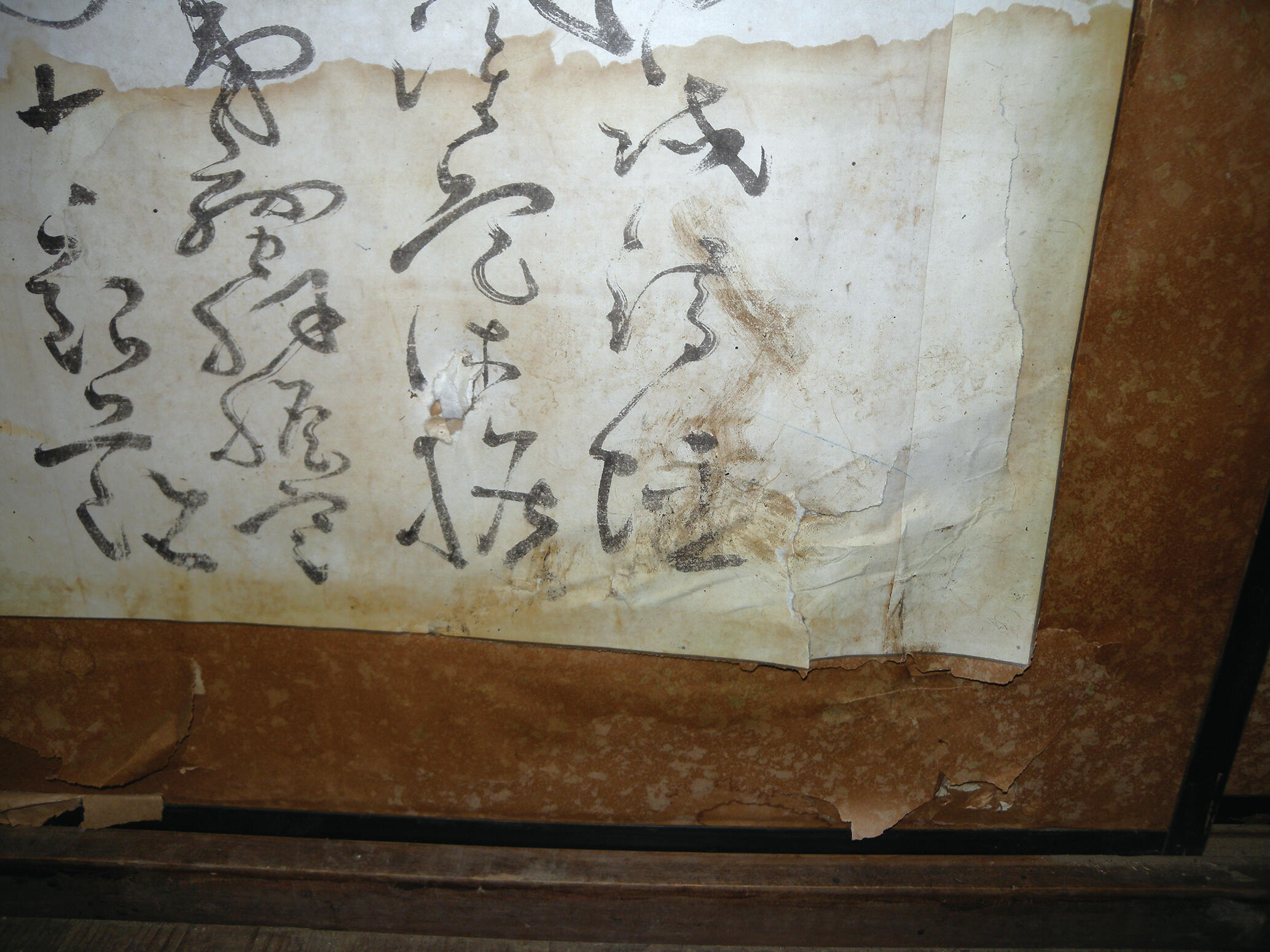
Photo. 1
2.1. Earthquakes
When an area containing artworks is hit by an earthquake, physical deterioration caused by items falling from high places is assumed, as well as the artwork being crushed under collapsing structures. The main types of damage to main bodies are Damage caused by thrusting, snapping, missing parts, scratches, as well as damage to the mounting (hanging scroll, folding screens, sliding screens) [Photo. 1: Perforation, scratches (sliding screen owned by C Family in Ofunato City)]. However, earthquake damage is not limited to what happens during the initial disaster. It often happens that infrastructures are lost in the disaster, or that humidity and temperature can no longer be controlled, leading to biological damage from mold. Further, if buildings are destroyed, water damage to artworks can occur due to rain and water tank leaks.
2.2. Flooding, Tsunami (High Water), and Landslides
The deterioration caused by flooding, tsunamis, and landslides is classified under water damage. They differ from water leaks because works of Art themselves may go missing or be lost due to entire buildings being swept away, or the materials being dragged outdoors. Furthermore, Japanese painting and calligraphic works use paper and silk as base materials. This means that most of them use water-soluble adhesives as color fixing agents and many of the components of the mounting (including the lining) are assembled by being adhered with water-soluble wheat starch. Given this, being immersed in water is greatly damaging to these artworks. This damage is further compounded if it happens over a long period of time. The paint layer may suffer advanced peeling and, if the base material is paper, the hydrogen bonds could break, weakening it. If a hanging scroll is exposed to water damage while rolled up, the surface of the painting and the backing paper may cling to each other, with part of the paint layer possibly adhering to the lining [Photo. 2: Pasting part of paint layer to full lining (Nagano City, Chomei Temple).
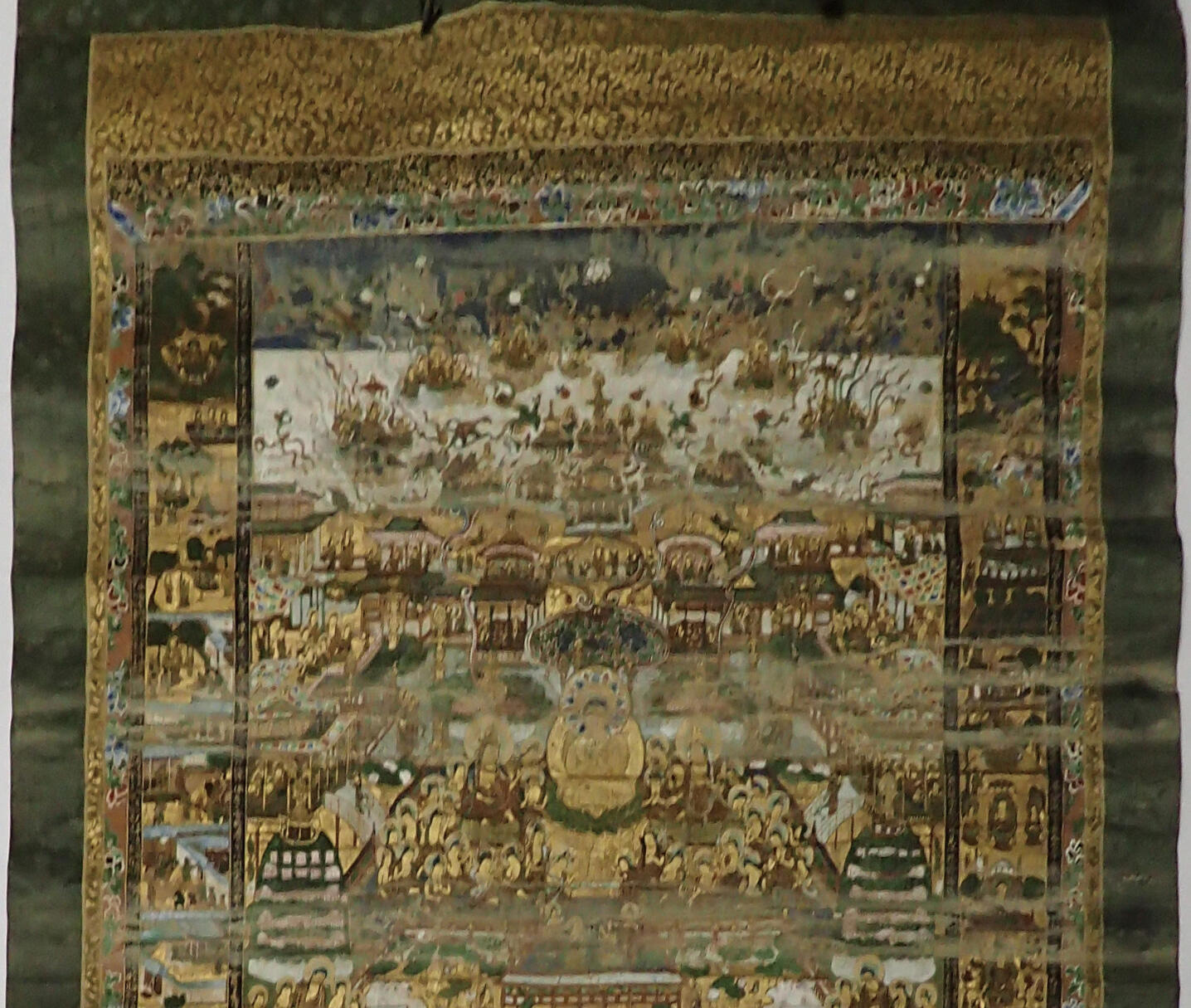

Photo. 2
Paint is stuck to the back side (full backing paper). Of course, the paint remaining on the surface side had lost adhesive power and was at risk of peeling off.]. Not only the paint layer, but the paper of the main body itself may adhere to the lining, meaning the surface of the painting will be lost [Photo. 3 Front/Back: Pasting part of the main body paper to the full backing (Nagano City, Chomei Temple). main body paper is pasted to the back side (full backing paper) of the hanging scroll]. If folding screens are exposed to water damage while in a closed position, the surfaces of the paintings may stick together.
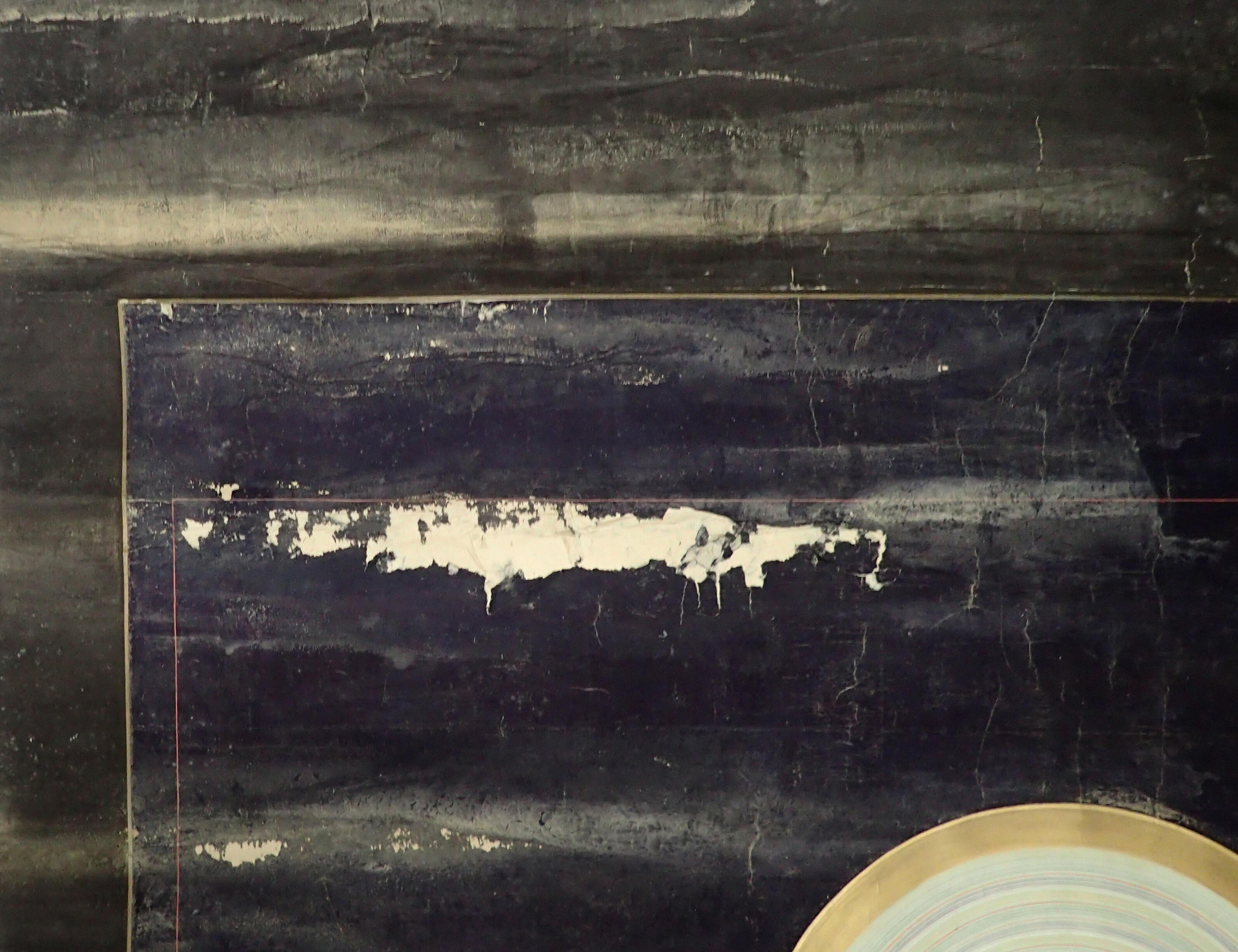
Front

Back
Photo. 3
Despite being called water damage, it is rarely just water. In fact, even rain leakage on its path from the roof to the damaged materials becomes dirty water, containing various foreign substances. Moreover, it goes without saying that the water in floods, tsunamis, and landslides is dirty water, containing various dissolved and undissolved materials from the surrounding environment. Even if the water that reached the damaged materials was initially pure water, it would become dirty because of the dust and other foreign substances on the surface and interior of the work itself, resulting in deterioration. In fact, such dirty water can cause impurities to adhere to the surface of the painting [Photo. 4-1 Before repairs/After cleaning: Stains (mud) adhering to scroll (unmounted hanging scroll owned by S Family in Ofunato City) and Photo. 4-2 After cleaning: Breaks, missing pieces (unmounted hanging scroll owned by S Family, Ofunato City). The scroll was in a rolled up position when the tsunami hit and spent a long time with mud adhered to it. The paper of that section had decayed and broken, some parts were missing and even after cleaning not all of the stains could be removed.], cause stains, and leave boundary lines from drying, if it dries unevenly [Photo. 5 Before repairs/After repairs: Stains (with edges) (sliding screen owned by C Family in Ofunato City). The scroll absorbed seawater, leaving it with dark-colored ring stain (with edges) due to dirt sticking at the borders of where the water dried.].

Photo. 4-1

Photo. 4-2
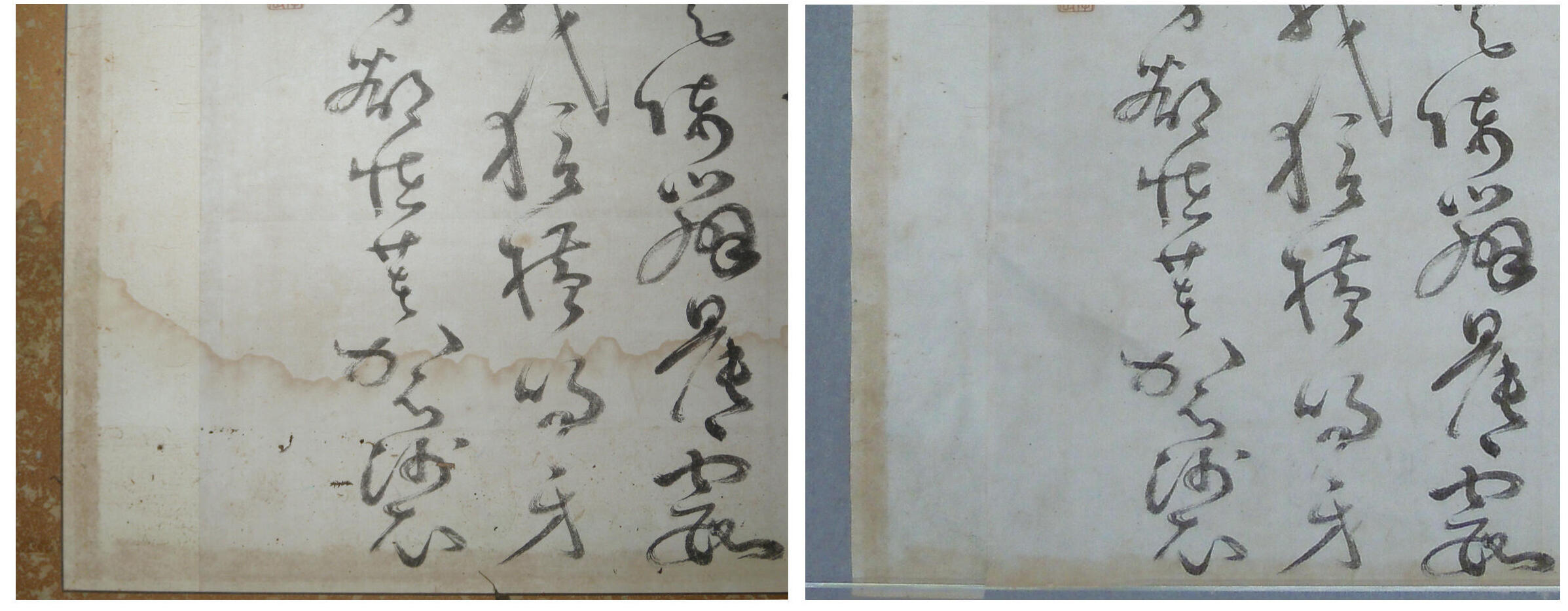
Photo. 5
Stains to works of Art are not only caused by dirty water from outside. If the works of Art themselves were made with coloring that is vulnerable to water, the color can move to places outside the original expression as it gets wet and elements that were originally part of the main body can cause visual damage. This can happen if dye-based paints were used [Photo. 6: Running of dye-based paint (ukiyo-e woodblock print owned by S Family in Ofunato City). Many of the carmine and composite dyes used in Meiji period woodblock prints are vulnerable to water and, since they were stacked in storage, the staining caused by water transferred and spread.], if water-based ink was used to write characters, or if the dyes used to color the mounting fabrics for hanging scrolls were not fixed [Photo. 7 Front/Back: Transfer of dye from mounting fabric (Nagano City, Chomei Temple). The scroll was stored rolled up, but the mounting fabric (middle layer) purple dye was exposed to water in a flood and transferred from the middle of the second inner layer to the main body, staining it.]; these can all cause visual damage in other parts of the main body.

Photo. 6

Photo. 7
Further, in most cases, after the disaster, water damage produces biological damage, with the most ubiquitous being damage from mold. This is not a merely cosmetic problem: fungal mycelium growth can destroy the color layer or the base materials themselves and, in the growth process, other darker colored substances are produced [Photo. 8: Coloring due to chromogenic mold production (Hand scroll Owned by S Family in Ofunato City)], causing visual damage. Furthermore, if the material is immersed for a long time, sclerotia will form when the fungal myceliums cluster together, potentially destroying the base material itself and germinating [Photo. 9].

Photo. 8
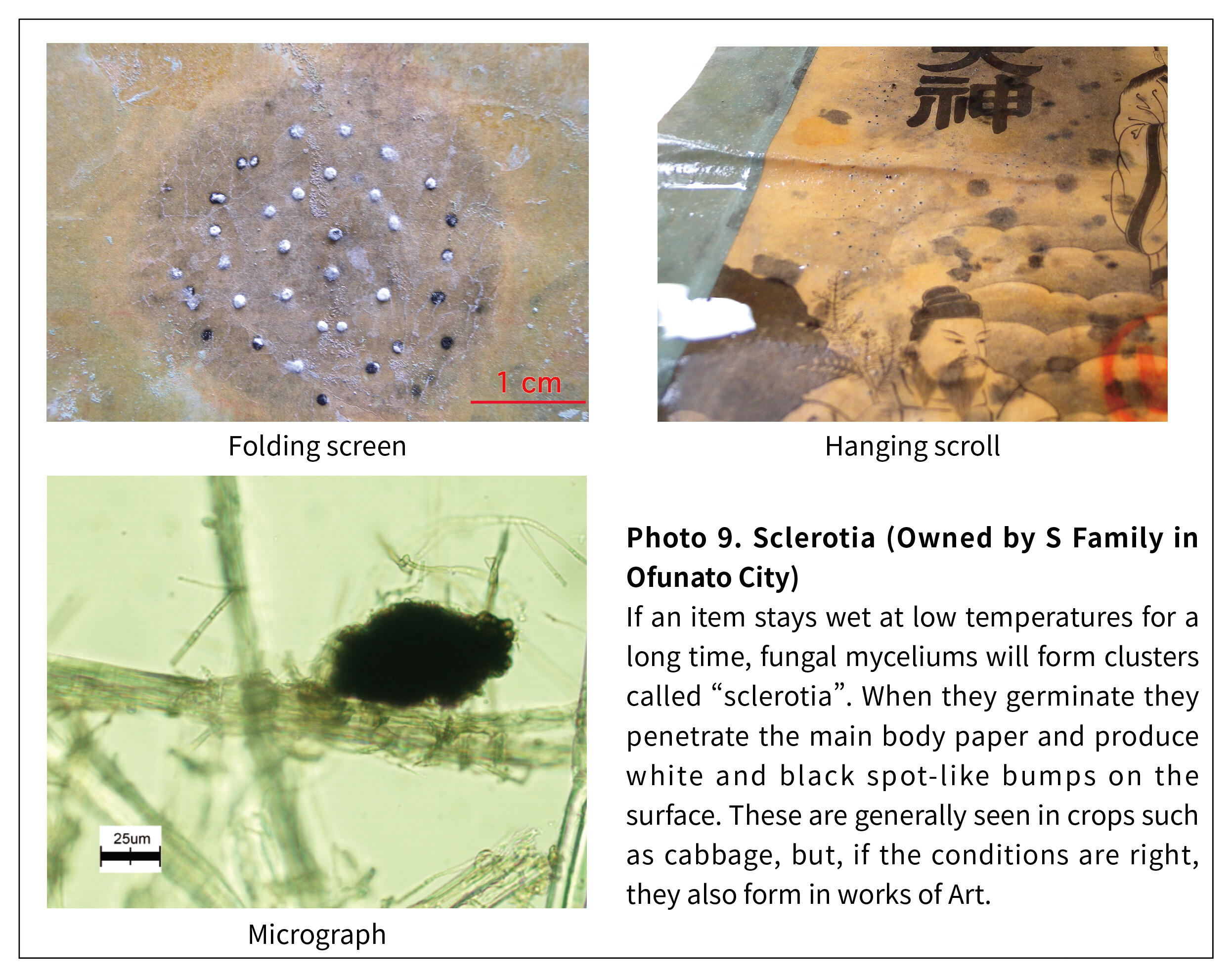
Immersion in seawater causes other forms of deterioration: when the surrounding environment drops below a certain humidity level, the moisture in salt water evaporates and dries, leaving the salt content inside the base material. Since salt content deliquesces (the phenomenon of a substance absorbing water vapor and spontaneously becoming an aqueous solution) when the environmental humidity level goes above a certain point, even if it is dry, it will approach a state of wetness when rainfall or other weather causes the humidity to rise, even if the material is not directly touched by water. If this is repeated, the material will remain wet for a longer period of time, which may aggravate deterioration. In some cases, as the salt content repeatedly deliquesces and dries, it can form concentrated crystalline clumps [Photo. 10]. In that sense, it is essential to remove the salt content.
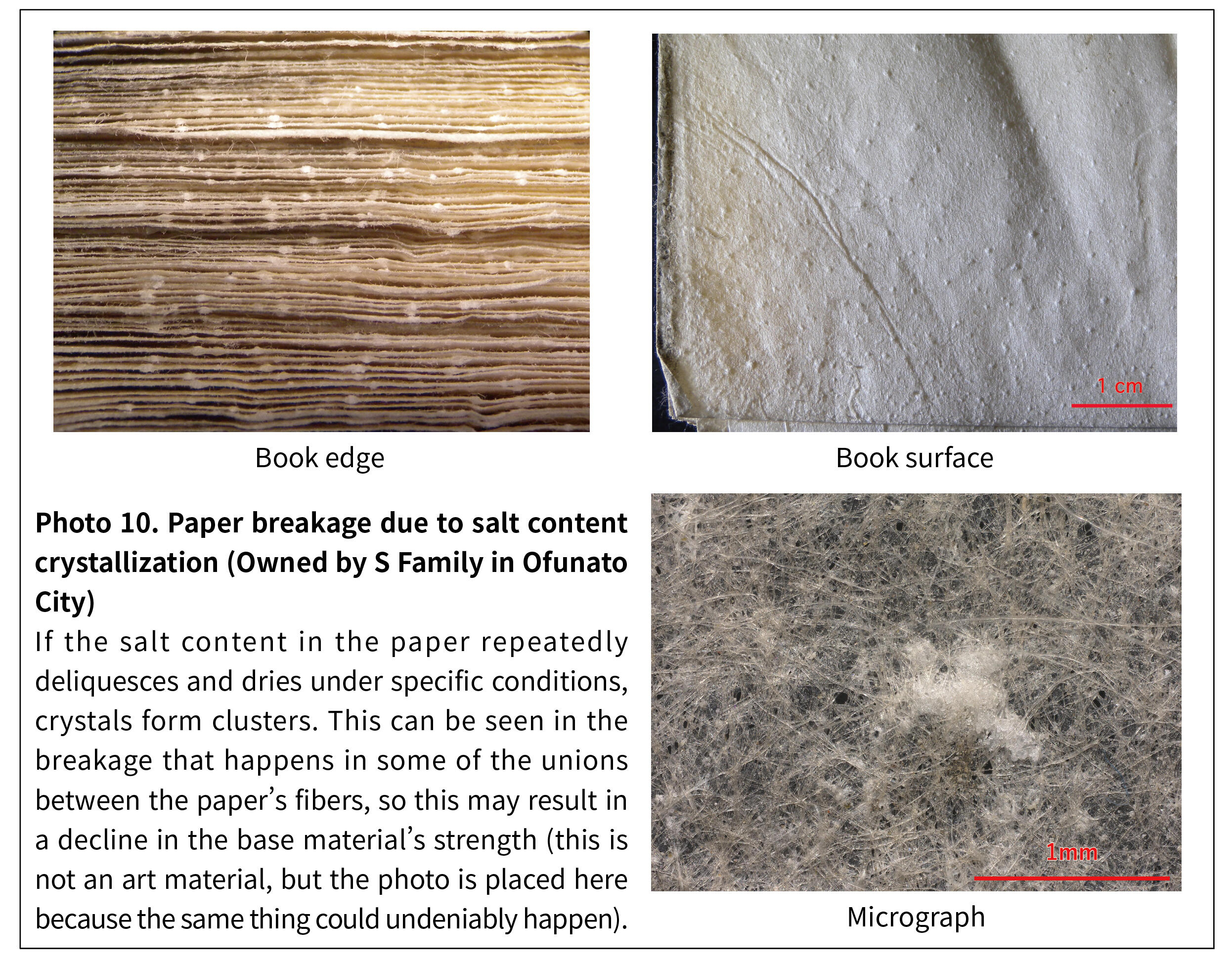
2.3. Fire
In fire disasters, most materials get lost, but, luckily, some materials survive. This is because, although artworks featuring paper as base material carbonize in intense heat [Photo. 11: Burned sutra (Senpuku Temple sutra). When paper is charred and carbonizes it becomes brittle and could break or peel simply by being bent, so it will need a surface coating to cure the surface of the piece or some reinforcement from backing.], other artworks made of silver that has blackened over time may be deoxidized and return to the work's original white color. However, in disasters caused by fires, the water employed in firefighting may affect an item; this means that even when such artwork is not affected by high temperatures, it will still suffer water damage. Furthermore, in recent years, various firefighting substances are being used. However, research is still lacking on the effects of chemical firefighting substances on works of Art.
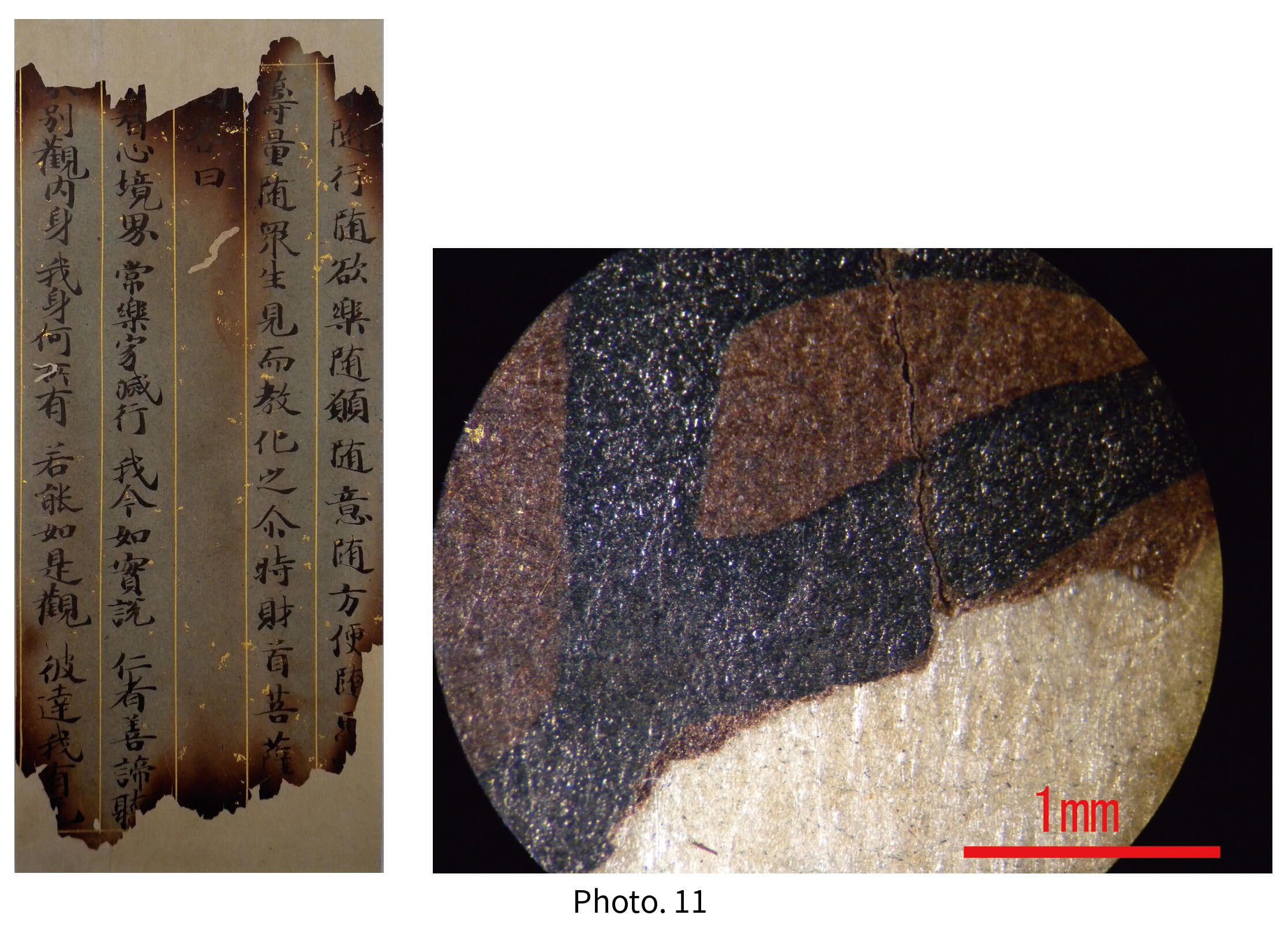
3. Stabilization Measures during Disasters
As mentioned above, when paintings and calligraphic works with mountings suffer a disaster, a suitable restoration period is needed to finish assembling the mounting, restoring their original shape and allowing for them to be handed down. This is not the kind of thing that can be done in a short period immediately following a disaster. Furthermore, disassembling works of Art must be done with an understanding of the main body's material structure and condition, as well as the structure of its mounting. This would be rather difficult without the help of a specialist. In that sense, the biggest issue is whether a specialist can be involved from the beginning of the restoration work. If it is possible to involve one, it would be preferable for that person to think of the entire journey up to the completion of repairs and decide on the spot which measures will be taken. If it is not possible to involve a specialist from the beginning, those involved should think of their objective while keeping the works of Art in a stable condition until a specialist can carry out the repairs. This is no easy task, considering the infinite variety of art material types, material structures, types and degrees of disasters, and conditions. Therefore, although it is not always possible, seeking the advice of a specialist at the very beginning is directly linked to the post-repairs outcome and will even influence the retaining of the artwork's value when being passed down.
Stabilization measures start from the rescue at the disaster site.
3.1. Grasping the Situation (Decisions at the Disaster Site)
The first decision to be made at a disaster site is selecting which items to rescue. This means deciding whether or not something should be kept as a work of art and therefore rescued and moved (if possible, after confirming with the owner). Further, at this time, the question of whether stabilization measures are needed is determined and, if necessary, the items in question are rescued with the assumption of moving them to a place where repairment measures can be taken. Sometimes the decision about essential timing for stabilization measures (namely defined as "urgent", or "can be handled later") will influence the decision about the destination the artworks will be moved to. Another important decision is whether the materials are in a condition that allows them to be moved as they are. Those involved will need to consider these aspects while conducting the rescue operation, give instructions on storage methods at the temporary storage space, give directions to workers on items that need immediate handling, or consult with a specialist, and so on.
3.2. Confirming a Policy for Storage Measures (Examination and Treatment for Temporary Storage Spaces and Work Spaces for [Stabilization] Measures)
After rescued items have been transported to a temporary storage space, it will be necessary to further assess and confirm how they will be stored and what kinds of measures need to be taken and when. To this end, the presence of a specialist who views the items directly would be useful; however, if that is not possible, those involved must gather information for consulting with a specialist at a later time. The following is an organized list of examples of minimum required information about the artwork.
-Condition of materials that have suffered the disaster
First, the overall state of the artwork must be grasped, meaning not only the main body, but also the mounting. Is there any physical damage, and has the material been damaged by submersion in water? If so, is it still wet, or has it already dried? Will its current condition allow it to be picked up and moved? Additionally, check whether the works of Art are in a storage box or wrapped in packaging, whether that packaging is protecting it, or if, instead, the packaging is causing damage to the main body. Then, proceed with checking the following key points.
-Damage from mold [Photo. 8]
The growth of colonies or production of pigmentation can be observed with the naked eye. With works of Art, the base material itself and the adhesives contain nutrients necessary for the growth of mold. As such, mold will invariably grow if the humidity level rises at a certain temperature. The likelihood of mold growth is especially high if an item has been submerged and then dried, whether in fresh or seawater. Mold damage is not only visual: it causes the base materials and adhesives to physically deteriorate, so disinfection measures are needed to keep mold from propagating any further. However, bacteria exist everywhere and there is a high likelihood of outbreak even after treatment is done. Therefore, once the treatment is complete, it is essential to consider the post-intervention storage environment at the same time.
-Adhesion and impregnation of substances that (may) accelerate deterioration
During disasters, foreign substances may adhere to the surface of the main body (base materials and paint layer) or impregnate and settle inside it. As previously mentioned, impregnation caused by submersion is especially likely to leave various organic and inorganic matter inside the main body, which eventually accelerates deterioration. It is not an exaggeration to say that cleansing work is the most important stabilization measure. Removing salt content is essential for metal materials and paper, which has also been seen to be worsened by salt, depending on conditions. Therefore, rinsing with water is essential for substances removal [Photo. 11].
-Paint layer deterioration damage
Due to the structure of pigment, fixing agent as animal glue or other materials is used to affix it to the base material (paper, silk, wood, etc.). If the material is stuck to the other side of a scroll mounting (hanging scroll or reel) or folding screen, it can be confirmed relatively easily by observing it with the naked eye. However, in some cases it may be difficult to detect a simple decrease in adhesive strength. Particularly in cases of water damages, if the material is submerged for a long time, the cement will lose adhesive strength and, even if it appears the same after drying, it has a greater likelihood of peeling off, especially with the artwork being subjected to even the slightest amount of physical force. In these cases, the artwork needs to be examined by touch, a task that is incredibly difficult to carry out without experience. Moreover, the choice of which stabilization measure to take is deeply related to the repairs that will take place later, so it is preferable to follow specialists' instructions. Dye-based colors (including ink) are highly likely to blur if submerged, moving not only laterally, but also transferring to the paper back side or to other materials, which can be confirmed with the naked eye [Photo. 6].
-Base material deterioration damage
If the material has been physically damaged due to the disaster, visual detection becomes simple; on the other hand, strength decrease due to deterioration is hard to detect with the naked eye. In certain cases, examination by touch can be helpful, although, it depends on experience.
-Mounting deterioration damage
If the mounting is broken, the immediate assumption is that it will be replaced. However, at this stage, what needs to be kept in mind are cases in which the mounting may damage the main body. It may not be much of a problem if the item is being placed in a storage case without any work being carried out on it, but the mounting may become a nuisance if other stabilization measures, such as rinsing, are being taken. For example, if the dyes used in the mounting fabric dissolve in water, the fabric will need to be removed first [Photo. 7]. Further, when removing foreign substances or dealing with mold, it may be complex and time consuming to completely remove the backing paper, if there is any. In those cases, it is best to consider the overall strength of the main body and remove the backing paper if necessary.
Other types of deterioration may occur depending on the type of works of Art and the type of disaster, meaning it will be necessary to ascertain and deal with each one separately.
3.3. Approaches to Stabilization Measures
Works of Art will eventually need to be brought into a specialized laboratory to have repairs done, or they will no longer be able to be handed down as works of Art. The stabilization measures mentioned here are carried out with the aim of preserving the materials' current condition, namely stopping or delaying the further deterioration until the item can be treated. They could also serve as measures for cases in which taking immediate steps would be more efficient than waiting for treatment if the date for serious repairs has not been set. Of course, there will be differences depending on the material structure of each main body, the state of the mounting, the degree of deterioration or damage, and the amount of time that has passed since the disaster. However, when it comes to works of Art such as paintings and calligraphic works, it is essential to think not only about what should be done to keep the deterioration from worsening, but also find a way to preserve the expression of the work.
In case of physical damage only, it is sometimes possible to package the item as is and setting it aside, if the storage environment meets the necessary conditions.
Moreover, in the case of submersion, drying is a necessary measure for curbing deterioration and preventing the growth of mold. However, works of Art often have paint adhered to the base material with resin and mountings whose structures are pasted together with starch glue. In these cases, drying them is not sufficient. The items will need to be dried in a way that does not alter their shape or structure: an extremely difficult task.
Furthermore, in the event of water damage from flooding, tsunamis, or other types of natural disasters, the water often contains both water-soluble and non-water-soluble foreign substances; if they remain in and on the main body, deterioration is likely to accelerate. Unless cold storage is used, mold damage will be inevitable. Therefore, removing these substances as much as possible is prerequisite while waiting for repairs. One thing that makes this task particularly difficult is when the mounting, which is the structure that supports the main body, is in contact with the main body while it has foreign substances on it that could aggravate deterioration. Therefore, because the backing paper is united with the main body, the task of rinsing and drying involves the backing paper too, meaning that it will require more water and more time, placing the main body under even more stress. In that sense, removing the mounting and only working on the main body is an effective part of stabilization measures.
Once the materials are rinsed, one method for drying submerged materials, such as books, is vacuum freeze-drying. Rinsing and then freezing the materials when they are still wet, and drying them in a vacuum, can prevent the pages from sticking together through hydrogen bonds. On the other hand, since this will release starch glue and other types of bonding, this method can only be applied to works of Art with specific conditions. In particular, it is limited to items that do not include paint. However, when disasters occur, there can be cases in which something must be necessarily done to keep mold damage in check.
Subsequently, to preserve the expression of the item as an art material, the structure of the base material and the paint layer must be preserved. However, even experts can have a difficult time determining whether materials can withstand methods such as rinsing, or whether they will weaken after undergoing such treatment. Nonetheless, neglecting to make such decisions may mean that the item will no longer be regarded to as an artwork. Taking measures to increase the paint's adhesive power and keep it from peeling is also a task that is safer in the hands of a specialist; when securing a specialist proves be too difficult, in some cases the item can be treated by pasting a covering paper to it. In any case, it is preferable to carry out these repairs under the guidance of a specialist.
Beyond stabilization measures, it is preferable to have definitive repairs done as early as possible. Since massive quantities of works of Art emerge during disasters, it is not realistically possible to repair all artworks at once. In such cases, once some time has passed since the disaster and those involved can think calmly, it is advisable to weigh the changes in artistic value caused by the disaster, as well as the meaning of the item when it was passed down. Once that has been done and the budget has been considered, those involved need to decide on the order and priority of repairs.
4. Examples of Stabilization Measures (Sliding Screen owned by C Family in Ofunato City)
4.1. Initial Examination
The site survey was conducted on May 6th, two months after the disaster. We were surprised to find that the main body was wet when we checked the sliding screen's damage conditions on that day; we later established that this was due to the deliquescence phenomenon from the salt content remaining in the main body [Photo. 12: Site survey]. We knew that as long as the salt content was not removed, it would get wet every time it rained or humidity levels rose and would dry again every time the weather cleared up. Repeating this cycle would clearly mean further deterioration, so we determined that stabilization measures to remove the salt content would be necessary. We considered whether to do these stabilization measures on site and realized that it would have been difficult to arrange the materials needed (a worktable on which to treat the sliding screen, equipment such as a sprayer, and materials such as absorption paper); therefore, we decided to transport the sliding screen to a lab to work on it.
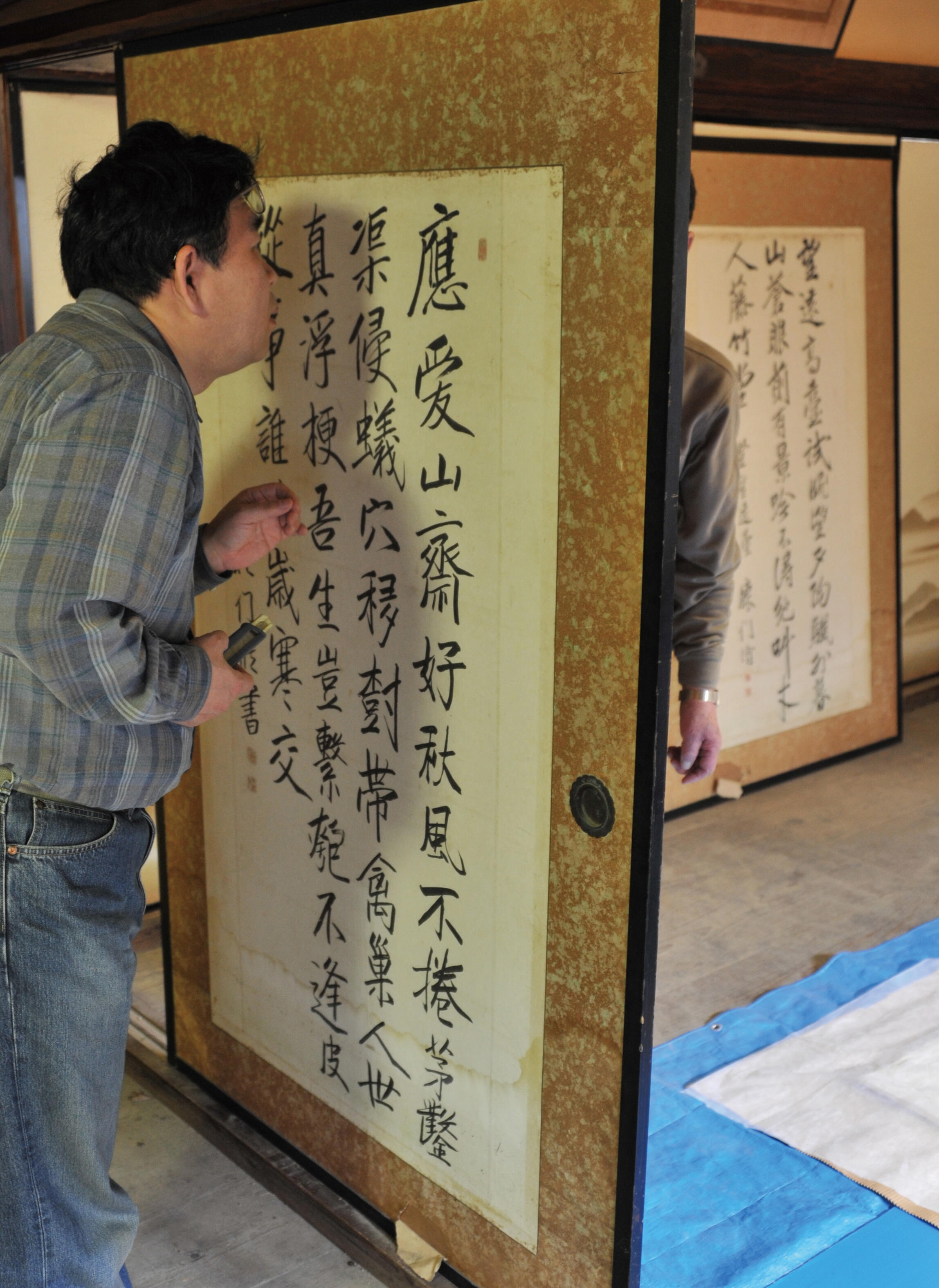
Photo. 12
4.2. Rescue
We tried to remove the sliding screen itself and transfer it, but the effects of the earthquake were such that the weight of the lintel above the screen made it impossible to remove it screen. Therefore, we hurried to remove the main body only and transfer it to a workable place. Plain paper was attached around the main paper to make all the works the same size, and then decorative paper with golden foil pieces scattered around it was placed around it. We decided to cut out the main body exactly where the decorative paper was and remove it with a bamboo spatula, together with the underlying floating layer [See Fig.2, Underlay structure diagram] [Photo. 13: Removing the main body].
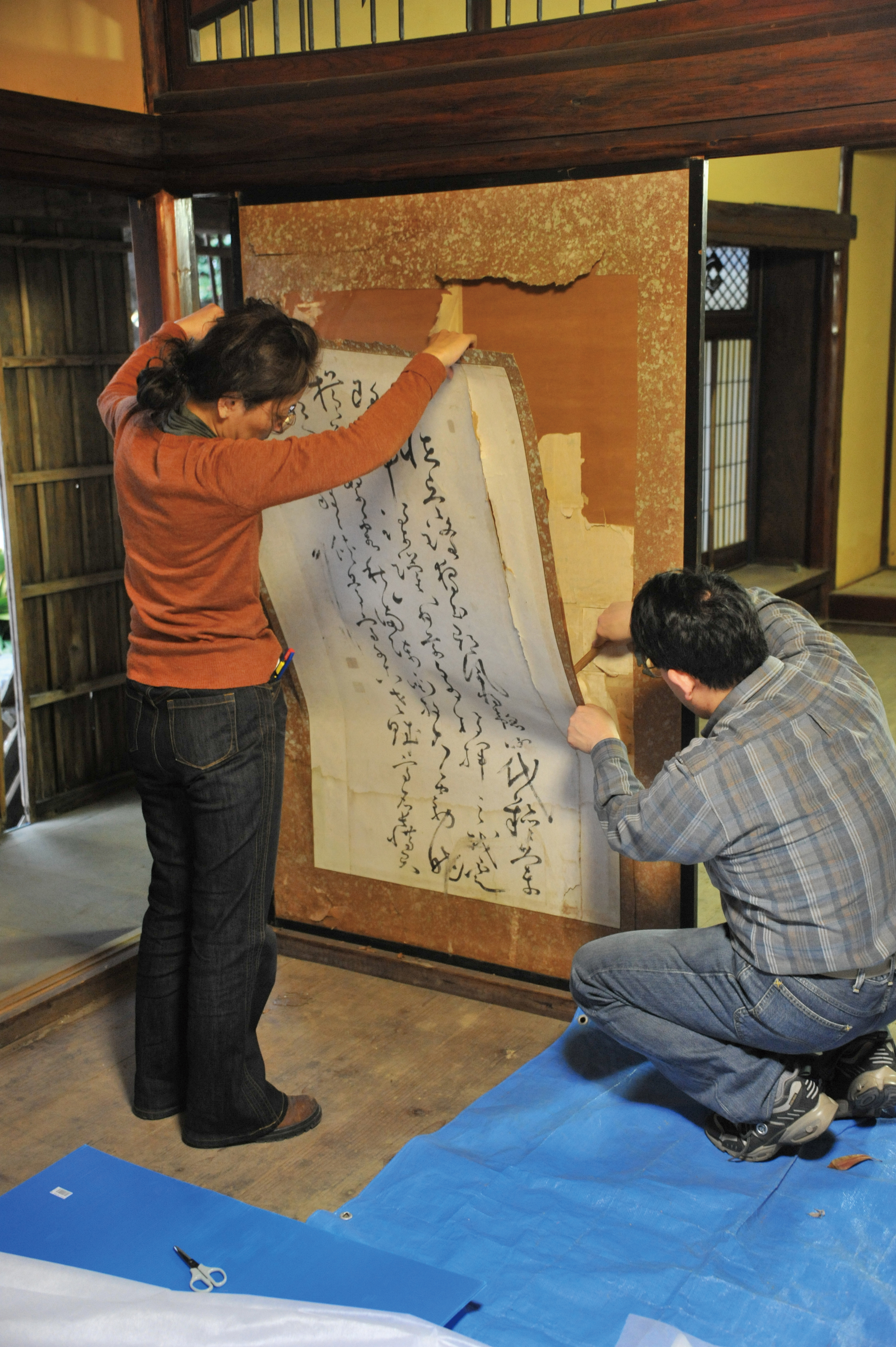
Photo. 13
4.3. Stabilization Measures
4.3.1. Survey
When the main body arrived in Kyoto, we examined it further to determine a policy for stabilization measures.
-Condition of the main body
During the tsunami damage, something that was flowing collided with it, and part of the main body was destroyed. Additionally, the lower third had been submerged in dirty water, thus, a dark brown mark was left around the edges that considerably hindered the appreciation of the piece. Upon closer inspection, a green discoloration was seen around the main body, where the decorative paper sprinkled with gold leaf pieces was joined. This indicates that the source of the inlaid gold leaf is not real gold leaf, but is actually brass leaf, which changes color when wet and takes on a greenish color.
The reason we transferred it to Kyoto was to remove the was salt content from the dirty water of the tsunami in the main body. The piece was in danger of suffering more physical deterioration and mold damage. The cause of this lied in the repeated phases of getting wet and dry, due to changes in environmental humidity levels. If this process was not stopped, it would not have been possible to keep it in a stable condition until official repairs. Thus, the most important measure to be carried out was that of rinsing with water and, essentially, the main body needed to be examined to determine whether it would withstand that treatment.
There were no significant traces of the ink used for coloring having bled or transferred, even if it did sustain damage. The paper was determined to be either bamboo paper or Xuan paper (Later identification revealed that it was bamboo fiber.), common in the calligraphy of Edo-period literary people (Confucian scholars). Constant exposure to outside air and light, which is the destiny of all sliding doors mountings, contributed to the surface of the paper already being deteriorated.
-Mountings
When the piece was transferred, the main body had been cut out and removed, but some decorative paper with brass pieces was still attached around the main body. It would not be possible to know how many layers of backing there were behind the main body without disassembling it, but it was clearly visible that missing parts had been mended in past repairs, and breaks (cracks) had been pieced together, showing that prior repairs had been done on the lining at least once. Furthermore, since it was removed with a bamboo spatula when it was dismantled on site, one floating layer from the underlayer was still attached to the main body side. In other words, it was clear that there were at least two layers of paper other than the main body.
-Previous repairs
Repair paper was attached to the missing part. However, there were some places where the direction of screen trace did not match the main body, and I felt that it looked strange.
4.3.2. Deciding a Policy for Measures
Based on the results of the examination, we set up a policy for stabilization measures.
The priority was to remove salt content and rinse with water. This was the same water rinsing method used for general repairs of mounted cultural asset works, which is to place the main body on top of ten layers of blotting paper, spray it with purified water (filtered water with metal ions and foreign substances removed) from the painting surface side, and use gravity and the capillary action of the paper to make the blotting paper absorb the water. This dissolved the foreign substances on and in the main body (for water-soluble substances) or moved them (for non-water-soluble substances small enough to pass through the gaps in the fibers of the paper), allowing to remove them from the main body. We considered what was needed to minimize the burden on the main body and maximize the effect of doing this treatment.
-Examining whether to remove things other than the main body
As mentioned in the previous section, since there was a possibility during rinsing that the brass leaf mounting paper would transfer substances that would give greenish discoloration caused by rust to the main body, this needed to be removed in advance. Moreover, the other two layers of non-main-body paper (floating paper) and backing paper that were attached needed to have their salt content removed. Doing so would have required greater volumes of rinsing water, making the treatment process longer and risking putting too much stress on the main body. Therefore, we decided it would be best to remove these as well. Initially, I had planned to replace the additional paper to make the different sizes of the main body uniform and use new paper, but since there was no major damage to the original paper, I decided to use it without removing it.
-Examining whether the main body can withstand rinsing
The expression of the main body was written in India ink and the included a red signature and seal. These are known to have a certain resistance to water, however, we still carried out a patch test (a test to determine whether there was any transfer after placing a small piece of wet blotting paper) and verified that there was no transfer.
4.4. Stabilization measures
4.4.1. Mounting paper removal method
We added a small amount of water to the seams of the mounting paper that remained around the main body to loosen and remove the adhesive glue.
4.4.2. Removal Methods for Old Underlayer Paper (Floating Paper) and Old Backing Paper
For old upper floating layer we placed the piece backside-up on the worktable, sprayed it with purified water and removed it [Photo. 14: Removing backing paper]. We removed the old backing paper in the same manner. When we started to remove it, we found that two layers of backing paper were present. The main body is made of short fiber paper and has deteriorated considerably (its strength has decreased), but the cracks have been connected with the old backing paper, and the missing parts have been filled in with another repair paper. In order to remove this first backing paper, it is necessary to remove the old supplementary paper in the missing area on the spot, fill it with new supplementary paper, and apply (paste) the new first backing paper, in other words, perform a full-scale repair. Therefore, we decided to leave this first layer of backing paper and wash it with water. Thus, we decided to leave this one layer of surface backing paper and proceed with the water rinsing treatment.
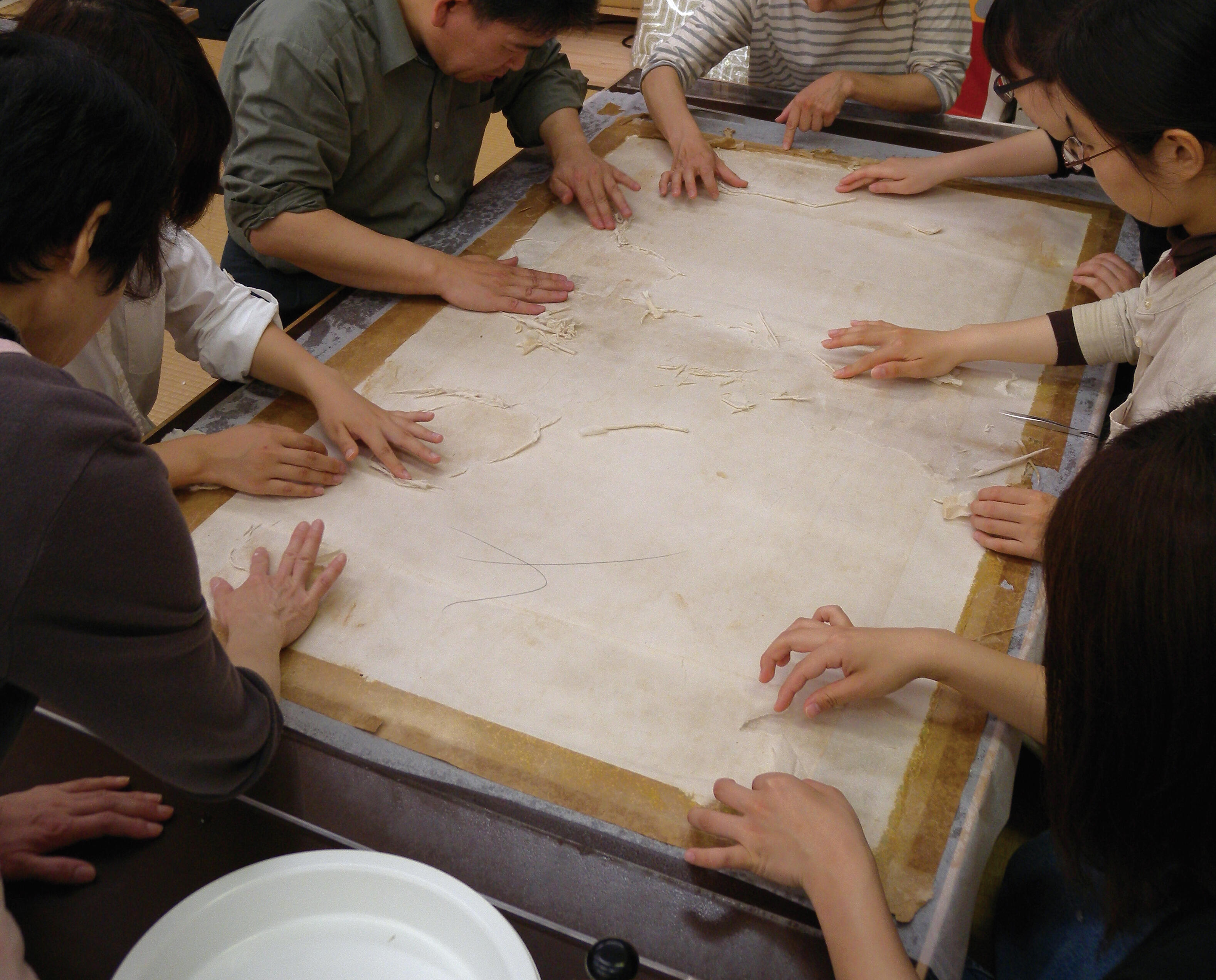
Photo. 14
4.4.3. Water Rinsing Treatment
We conducted the water rinsing treatment, placing the main body with only the first backing paper remaining on top of the layered blotting papers and spraying it with purified water [Photo. 15: Water rinsing. To place less stress on the main body, we spray it and impregnated it with water; the excess was removed by being absorbed by blotting paper placed underneath.]. The water took a significant amount of time to penetrate the areas that contained salt from the tsunami. We repeated the spraying several times, measured the concentration of salt in the water in the blotting paper directly beneath the main body, and finished the rinsing when the paper's salt content was approximately zero [Photo. 16: Measuring salt concentration. We determined whether the salt content had been removed by measuring the salt concentration in the top layer of blotting paper.].
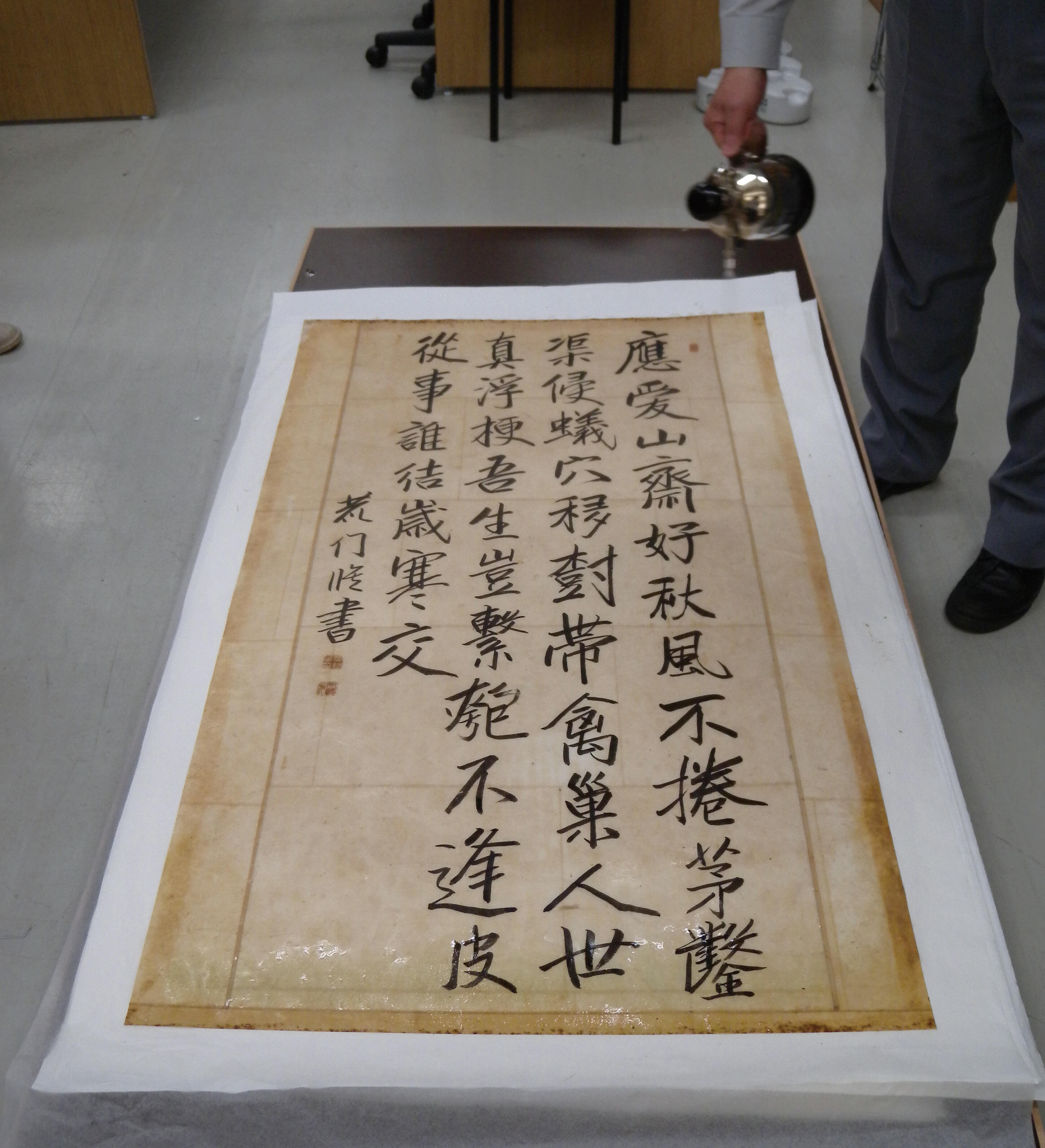
Photo. 15
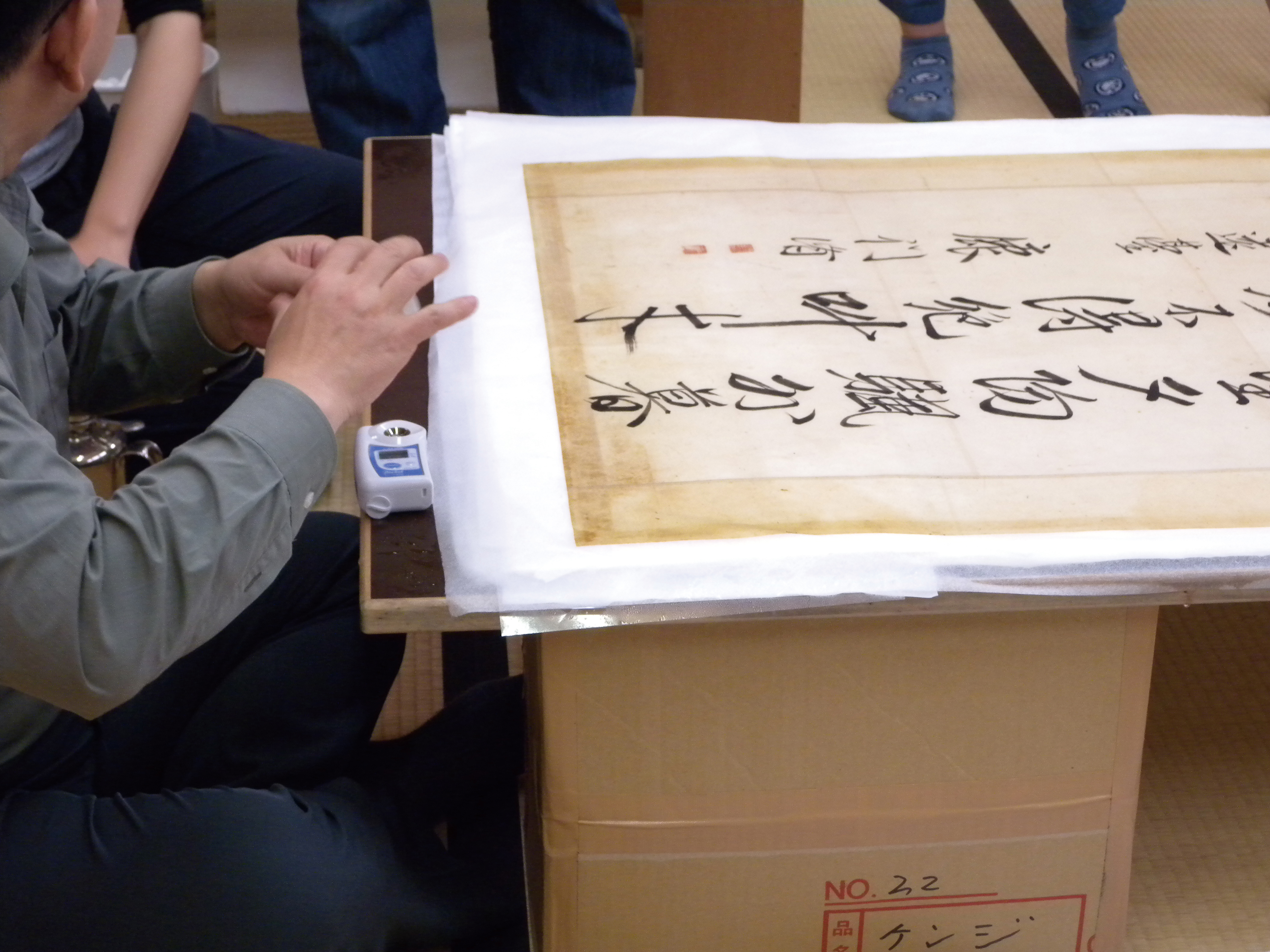
Photo. 16
This rinsing also alleviated the brown edge line that had resulted from the borderline of where the sliding screen had been submerged, becoming nearly imperceptible.
4.4.4. Drying
After the rinsing was complete, we placed the main body on a blanket and let it dry naturally. It still had old backing paper and was secure, so there was almost no roughness after drying [Photo. 17: Drying. Abrupt drying causes ring stains, so we let it dry slowly and completely on a blanket.].

Photo. 17
4.4.5. Storage
After drying, since there were no concerns about color peeling, we layered the main body and rolled it up for storage.
Above was the course of events and details of measures taken in 2011 to stabilize works of Art following the disaster. I think these measures could have been possible on site if the conditions had been met; on the other hand, it did feel remarkably more secure to treat this piece in a well-equipped, familiar environment, while checking the conditions of the artwork. This case example involved writings in India ink; however, if it had been an art material whose expression had been done with paint (color), I wonder what would have happened if we had had to treat it on site.
(Regarding this art material, we were able to ultimately complete the repairs in 2014, with special research funding from the Kyoto University of the Arts and aid from the Tohoku University International Research Institute of Disaster Science and the Japan Conservation Project. See Column below.)
Conclusion
First, I would like to focus on the challenges of the status quo. In the present day, a very small number of people are capable of repairing and treating works of Art, aside from the specialists in workshops and other places. I feel that we need to create a system that allows these private sector specialists to be involved in the event of a disaster and that trains talent who have the knowledge and experience to consult with specialists, also handling emergency measures if needed. Even if they cannot do full repairs, in any event of a disaster, human resources are needed in handling emergency stabilization measures. Nonetheless, as this does not seem an immediately reachable goal, for now, people will have to rely on points of contact that can introduce them to specialists. Such consultations can now be made at the Cultural Heritage Disaster Risk Management Center of Japan National Institutes for Cultural Heritage, which deals with cultural assets. In the private sector, this is handled by the Siryo-net; however, for works of Art, specialists respond more directly through the NPO Japan Conservation Project, which also provides recommendations on affiliated specialists. Moreover, the Japan Society for the Conservation of Cultural Property can introduce their member specialist.
Finally, as the author, I would like to close with remarks about what I experienced during my involvement in the repair and treatment of several works of Art affected by disasters. When repairing works of Art which suffered a disaster, I feel that often measures for dealing with deterioration and damage from neglect and aging over many years have greater relative importance than the measures for damage from the disaster itself. In other words, I am encountering an ironic reality in which items that had reached the stage of needing repair were neglected only to then be repaired when disaster struck. Of course, it is reasonable to think about and prepare for measures and repairs when disaster strikes, but in the case of works of Art such as these (non-designated works of art), it is important to preserve their artistic value independently from the occurrence of a disaster. This highlights the question of what to do to protect these materials in the day-to-day, while conducting maintenance.
References
Tsunami ni yori hisai shita bunkazai no hozon shufuku gijutsu no kochiku to senmon kikan no renkei ni kan suru purojekuto jikko iinkai [Executive Committee of the Project to Establish and Conserve Restoration Techniques for Cultural Assets Damaged by Tsunami and Collaborate with Specialized Institutions] ed. Hideo Akanuma and Mahoro Suzuki Antei-ka shori ~ dai tsunami hisai bunkazai hozon shufuku gijutsu renkei purojekuto [Stabilization Treatments: Collaborative Project for the Storage and Restoration of Cultural Assets Affected by the Tsunami Disaster] (Executive Committee of the Project to Establish and Conserve Restoration Techniques for Cultural Assets Damaged by Tsunami and Collaborate with Specialized Institutions, Japan Museum Association, ICOM Japan Committee, 2018 (expanded edition)).
Dosan bunkazai kyushutsu manyuaru henshu iinkai [Editorial Committee for the Manual of Rescue of Personal Property and Cultural Assets] Dosan bunkazai kyushutsu manyuaru omoideno-hin kara bijutsu kogei-hin made [Manual of Rescue of Personal Property and Cultural Assets: From Keepsakes to Works of Art] (Kuba Pro, 2012).
Otsunami hisai shiryo renkei purojekuto anteika shochi [Stabilization Measures of the Collaborative Project on Tsunami Disaster Materials] (video)
https://www.j-muse.or.jp/06others/stabilization.php (last accessed January 23, 2024).
COLUMN Full Repairs
Three years after the stabilizing measures, our budget grew, and we were able to conduct a full repair. During the stabilizing measures we realized that it would be difficult to remove the old first backing paper without this overly stressing the main body; we have now reconfirmed that decision. It was confirmed again that it is difficult to remove the old first backing paper without putting a burden on the main body(paper). The old first backing paper was left as part of the main body, and the old repair paper was oriented diagonally, causing an odd feeling, so I removed it all and replaced it with a new repair paper that looked similar to the main body. A second backing paper was applied. The base frame was solid and didn't warp, so I added 6 types of 8 layers of underlay to create a panel, and pasted the main body on top of it. Brass foil had been used the decorative paper, which had stained the main body with a greenish copper rust color due to the water damage. Thus, we made a new mounting paper with real gold foil. We used the original handle and assembled it with a newly made black-lacquered wood. We fit it to the slope of the threshold, lintel, and pillars on site; then, we adjusted it and put it in place.



